BLOG
TITLE
xx.xx.xx

xxx
HAPPY NEW YEAR!
1.29.25
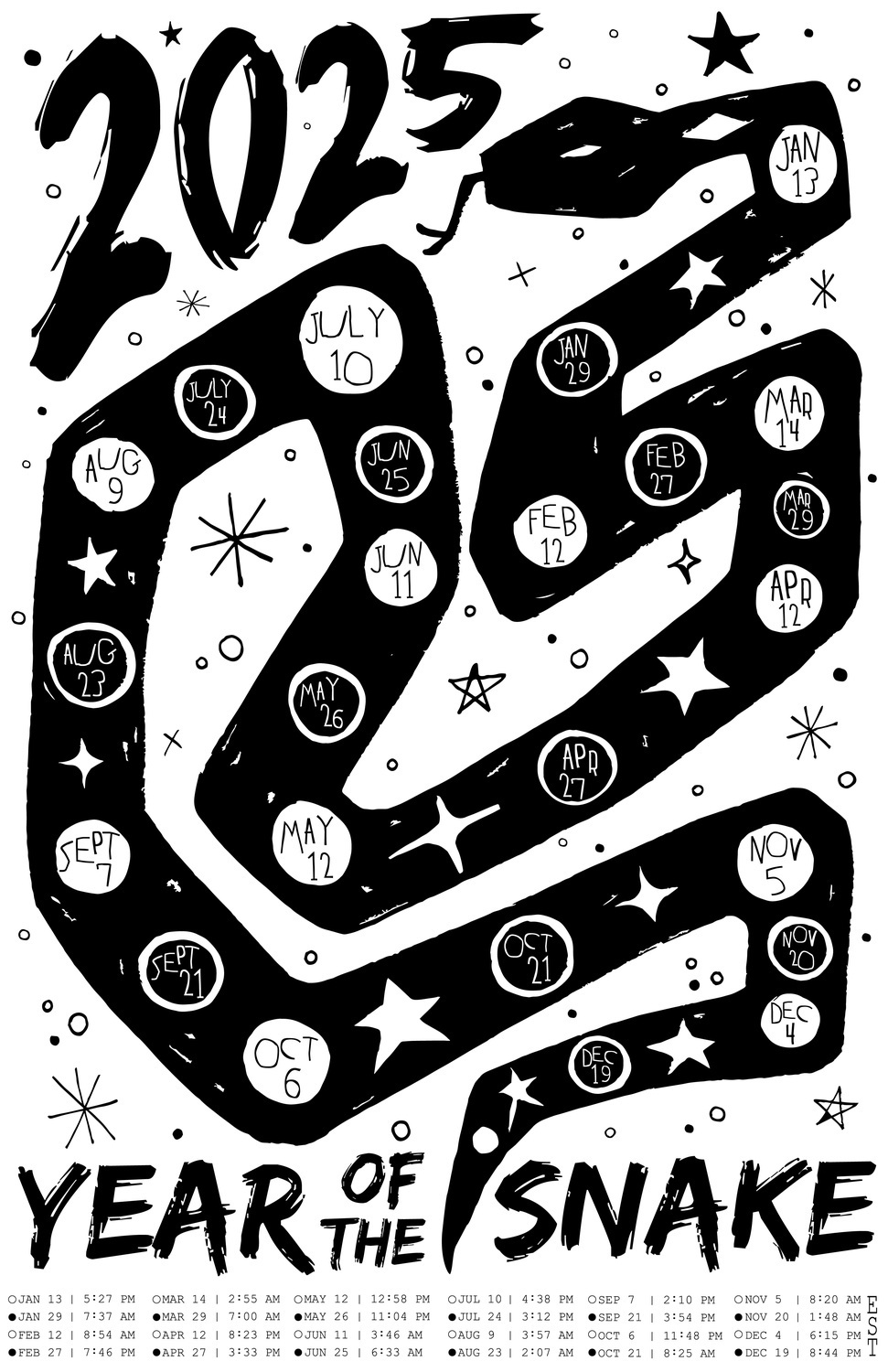
Art by Oona Goodman
This is the 42nd year in the current cycle of 60 yrs., which is also the first of 3 , 60 yr. cycles in the current 180 year cycle, which began in 1984. Snake years occur every 12 years, but the wood-snake only occurs once in every 60 years. So last time was 1965 and next one will be 2085. Odd numbered years are considered yang natured and even numbers are yin. 5 Element/Phase years occur 12x (one yin, one yang), and once for each of the 12 animals.
Last year was the yang-wood Dragon - interestingly, snakes are sometimes referred to as small dragons.
The five elements/phases, being a cycle as well could be started anywhere, but most frequently starts with wood, which seasonally represents Spring, which represents new beginnings in many cultures. The other most common starting point is the Winter solstice and shortest day - end of the old and start for the new — days getting longer — the yang half of the year (days getting shorter & nights longer equals the yin half).
The association with and order of the animals is more mysterious, and almost certainly a later addition, although still quite ancient. At least some traditions posit that the rat was the first animal to “visit" the Buddha while he was sitting under the bodhi tree, with the others following in this order. Who was watching and counting and why only twelve came by, I do not know. It certainly makes it easier to memorize than the obscure and abstract ganzhi system of 10 Celestial Stems and 12 Terrestrial Branches that form the basis for the original calculations, so 5 elements combined with 12 animals, yielding a sixty year cycle.
5 Phase-Elements follow the sequence Wood-Fire-Earth/Soil-Metal-Water
12 Animals: Rat/Rodent—Ox—Tiger—Rabbit/Hare—Dragon—Snake—Horse—Goat/Sheep—Monkey—Rooster/Chicken—Dog—Pig/Boar
An easy way to think about this interaction is to visualize two gear wheels: one with 10 teeth and one with 12 teeth.
As they rotate the 10 tooth gear will rotate 6x, while the 12 tooth gear rotates 5x, before arriving back at the starting point.
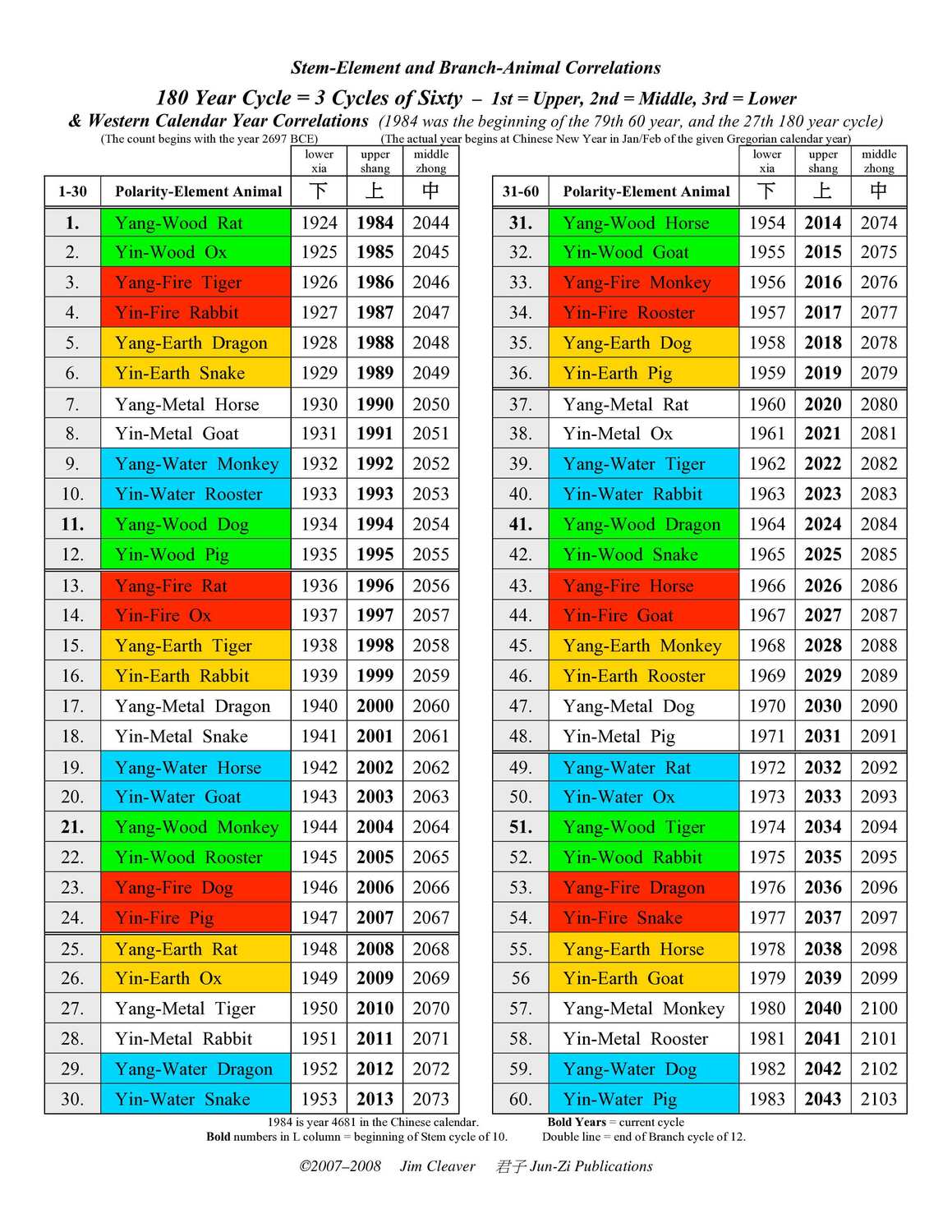
Oona is my niece and I think a talented artist. (BTW my father was an art teacher, so I think my opinion is worth at least a little.) She is also the architect of this website and without whom this would not exist. Should you want to say thanks to her directly, or utilize her services you may contact her via her website.
BACK TO SCHOOL
9.22

My general philosophy holds that life is all about learning. It is constant and ongoing and does not end until we do. We are constantly learning and really can't help it. It is hard wired.
Of course we are also always forgetting things too, but that's another story.
We don't need schools to learn, but one should certainly recognize "schools" to be an amazing invention. Consider too the project of creating curricula. Deciding what is most important and necessary for a society, as well as for any given subject/skill. Along with how to best sequence the learning process.
Side-note 1: In Chinese the word for knowing/knowledge/knowledgible (all forms verb/noun/adj./adv.), it also means to be aware of, recognize something or someone, but is perhaps best understood as "know- how". It entails a sense of internalization and integration and ability to do something with it. Moreover, a nearly constant feature of learning & knowing involves memorization, repetition and practice, which has decidedly fallen out of fashion recently in the West, yet remains essential in many regards. So don't waste your time avoiding it. Embrace it!
Side-note 2: One might consider that all education is "history" – the experience & knowledge we have on a subject up to the present – we are always and constantly using and building upon past learning/knowledge, but curiously sometimes the past gets buried and even lost.
I used to find it hard to imagine how a "tradition" could get lost, but now it seems rather the opposite and that we have to work hard not to lose things, skills, and traditions. Interesting!
Side-bar 3: there is another phenomenon curiously entwined with knowledge, which is its transformation into wisdom. This remains a mysterious process, but nonetheless a consistent feature of the Asian perspective on "knowing something ", maybe especially ourselves, as well as the nature of transcendence.
Side-bar 4: In Chinese the word for wisdom is a related character, same syllable but pronounced with a different tone.
(zhī 知 = to know, realize // zhì 智 = wisdom), notice the addition of the sun on the bottom of the latter character - i.e. light, to illuminate, to enlighten. To "know something deeply/thoroughly" is a prerequisite
perhaps for wisdom and leads to the possibility for transcendence, which includes innovation, insight and thinking outside the box as well as all the way to the bottom.
Anyway, I recommend, as a basic life lesson, that we try to be more conscious about our learning and avail ourselves of every opportunity to do so. Learn, at least expose yourself to everything you can. Of course you can't be good at or an expert about everything. In other words, you can't be an expert on very many things and I am reminded here of Zhuang-zi's comments that we are finite and knowledge is infinite and for the finite to pursue the infinite is foolish. True enough, but I don't think he means not to learn, rather it is more about being realistic about human limitations and staying humble.
Back to learning, expose yourself to everything, but then follow your proclivities/heart and pursue those things that fascinate you as far as you can. Another point to make here is though you can indeed learn from everyone it only makes sense to try to find the experts in your chosen field of interest to teach you, and the avenue for both sides of that equation (students & teachers) are learning institutions, as imperfect as they may be, as we humans are, so will be our institutions. In the end though it probably comes down to one on one interactions student-teacher (apprenticeship), and I suppose for this discussion maybe the teacher is a book or a blog.
As long as I am being amazed, just consider the history, invention, development and implications of writing and then "scrolls & books" and then, of course printing. What a development all in only a couple thousand years. We are now looking at a transition to an “electronic/digital" world - but still readin' & writin' (and 'rithmetic) remain basic skills we must master.
Being a "book person" I often get asked about books or recommendations for books or versions that I think highly of or found/find most useful.
So here goes with some of the most common requests topically.
Aside 1: The old and the new(er)
Sometimes older books are still among the best, but can be easily overlooked given our biases toward the latest/newest thing/info. Of course the newer ones tend to build upon, or be built upon the older, and thus represent a continuum. So in that spirit I will offer a little bit of both.
Subject Matter – Books About Uniquely Chinese Subjects
The East has always been there, but while perhaps "foreign" to the West, seems perfectly natural to them. And their sense of their history goes back a long way.
Guess I have to begin with the best early translator of Chinese Classics into English, James Legge. Working in the latter half of the 19th c. I have to say these works is still quite serviceable, which also explains why they are still available and often copied and unattributed (b/c they are no longer copy- protected); i.e. now in public domain. Best to find versions that changes/updates the original missionary system of transliteration into Wade-Giles however. I will provide Pinyin & W-G transliteration spellings * I will indicate "classic versions" with an asterisk* and provide dates of publication throughout.
Daoism
Dao De Jing (Tao Te Ching) aka the Laozi/Lao Tzu
*Arthur Waley – The Way and Its Power (1934)
1. Gia-fu Feng (1972) this is still one of the most readable versions and the one I most recommend both to start with and use to read alongside some of the other more exacting and dare I say erudite versions that sometimes trip over their own precision and exactitude. The B&W photographs by Jane English are a fine compliment to the text, and for this reason I also suggest finding the larger format (8x11) version.
2. Gregory Richter (1998) The Gate of All Marvelous Things
provides characters and pinyin in a word for word presentation - wonderful, this is the way I do it too.
Zhuang Zi (Chuang Tzu/Tsu)
*Burton Watson – The Complete Works of Chuang Tzu (1968)
1. Gia-fu Feng (1974) Inner Chapters: again a great job of translating a very difficult text into very readable English. Again, look for an 8x11 version to best appreciate the photos.
2. Livia Kohn– Text and Context (2014) - this is not a translation, although it does translate passages - it is more of a discussion of terms and concepts - exploring ideas and delving into the cultural context and interpreting from a perspective of a very different age and culture.
Yi Jing (I Ching)
*R. Wilhelm/C. Baynes – The I Ching or Book of Changes (1950/67)
1. R.L. Wing either her Workbook (1979) or Illustrated (1982) versions - the text is basically the same, it is the presentation that is different - for an introduction to Chinese visual arts definitely go for the Illustrated version. I like the 'everything on one page' of the Workbook, but since I recommend keeping your own Yi Jing journal, writing into her book, as it was designed, is less irrelevant.
This an interpretive work and not a translation. It is the one I generally recommend for everyone, especially useful for using the Yi as a tool for living, i.e. asking questions and interpreting what it has to say. She does a great job of putting things into contemporary language, which is more generally useful for figuring out how to apply what the Yi is suggesting.
2. Alfred Huang – The Complete I Ching (1998/2010): this one comes closest to how I teach and use the Yi.
3. Margaret Pearson – The Original I Ching (2011) – simple and straightforward presentation, which by no means reduces its accuracy, and of all the so-called feminist versions, is the most on target.
Aside 2: Jing/Ching
BTW the "Jing/Ching" here are all the same and means a "classic"/highly revered text - a foundational text.
But it is the same Jing that we use in medicine that is usually mis-translated as a 'meridian' (imaginary line(s)). I usually translate as "channel(s)" but that does perhaps overly emphasize the structural aspect. So a 'current' or 'flow' might better describe them when concentrating on the action.
In a more cosmological context I sometimes liken them to "orbits", not structural at all.
In any case, the implication is again, something foundational (to the body). Like the landscape the structure determines the flow and they are interdependent. The flow indeed changes the landscape.
But, it is certainly the notion of flowing energies that is most important. I like channel from the standpoint of it being an open structural form i.e. a riverbed (derived from the Chinese character itself), the shape of which contains the flow, as preferable to the image of a tube that is often envisioned, like blood vessels which they decidedly are not analogous to and helps to explain why they have not been "discovered by western researchers hyper-focused on structure as reality.
Jing also refers to the "warp" threads of a loom (the vertical ones, all the channels flow up & down) and once woven are essentially invisible, persisting only as the tassel at the end, if not trimmed. Moreover, in Chinese another word "mai" is more properly translated as a "vessel" - in fact is used together with jing in the compound jing-mai = channels & vessels and seems to make clear there is a distinction between them. Also recall qi & blood are the two most fundamental substances circulating and in fact represent the archetypal yin & yang substances of the body and that the whole notion of qi is both matter and energy, for that matter, so is blood, it is just that relative to one another qi is more rarefied (yang) while blood is more material (yin).
For a deeper dive into Yi Jing history:
1. Kidder Smith et al – Sung Dynasty Uses of the I Ching (1990) 2. Richard Smith – I Ching A Biography (2012)
Tai Ji (Tai Chi)
1. Al Chung-liang Huang – Embrace Tiger, Return to Mountain (1973)
I still think this is one of the best books about the spirit and essence of Tai-Ji (remember you can't/don't learn TJ from a book), but to get inspired to learn TJ, this is one of the best.
2. Livia Kohn – Chinese Healing Exercises (DaoYin) (2008)
Aside 3: Dan Tian
Recently a former student asked me to clarify "dan tian" (tan tian):
Dan=cinnabar (mercury ore) figures prominently in Daoist elixir recipes and remains in the mainstream Ch. Medical herbal pharmacopeia, though rarely used these days, esp. in the West, due to concerns about safety.
Tian= is a field (not the sky or heavens which is a different character).
Together "Cinnabar Field(s)" refers to three regions of the body designated upper, middle, and lower dantian (shang, zhong, xia).
Qigong practices modeled on the Daoist elixir principles of refining “Qi” establish and order the development and sequence of the process.
That process begins with the lower dantian (area below the umbilicus), proceeds to the upper (the head- top/vertex), then down to the middle dantian (chest). The key points, centers of their respective dantians are CV-6 (Qihai) lower, GV-20 (Baihui) upper, and CV-17 (Shanzhong) middle.
In terms of vital substances being transformed, the process is jing (vital essence) into qi (vital energy) and then qi into shen (spirit). These may be understood as three aspects of Qi. aka the three treasures (san bao) jing-qi-shen.
It is understood that each stage takes years and there is no guarantee of success and it is somewhat unclear or open to some interpretation what the signs of accomplishment actually are.
But basic qigong practices like micro-cosmic orbit (xiao zhou-tian) breathing/concentrating circulate and develop all three (dantian & substances) and thus constitutes a basic practice which can be done throughout life and never really wears out its utility.
It is both the beginning and the end in a very real as well as metaphorical sense. A complete practice.
Chinese Medicine for the General Audience – Good Get Acquainted Books
1. Felix Mann - Acupuncture (1962/71)
2. Georges Beau - Chinese Medicine (1965)
3. Peter Fibrace - How It Works, How It Cures (1994)
4. Daniel Reid - The Complete Book of Health and Healing (Guarding The Three Treasures) (1994)
5. Ken Rose - Who Can Ride The Dragon (1995-99) / A Brief History of Qi (2001)
more for patients and clients (short books)
1. Angela Hicks [Thorsons] Principles of Chinese Medicine (1996)
2. Alex Holland Voices of Qi - An Introductory Guide (1997)
Chinese Medicine for CM Students & Practitioners - books a little off the beaten path, that should be read at some point. Thought provoking and informative.
1. Paul Unschuld Medicine in China - A History of Ideas (1985)
2. Volker Scheid CM in Contemporary China - Plurality and Synthesis (2002)
3. Claire Monod Cassidy (various contributors) Contemporary CM and Acupuncture (2002)
4. Jiao Shu-de Ten Lectures (2003) & Case Studies on Pattern Identification (2006)
5. The Psyche in CM - The Treatment of Emotional and Mental Disharmonies with Acupuncture and Chinese Herbs (2009)
6. The Spark in the Machine How the Science of Acupuncture Explains the Mysteries of Western Medicine (2014)
7. China Doctor of John Day [OR] Jeffrey Barlow & Christine Richardson (1979)
* There is also a PBS documentary video/DVD about this extraordinary man.
Hope this is useful and informative.
Jim
DATELINE PORTLAND
8.8.22

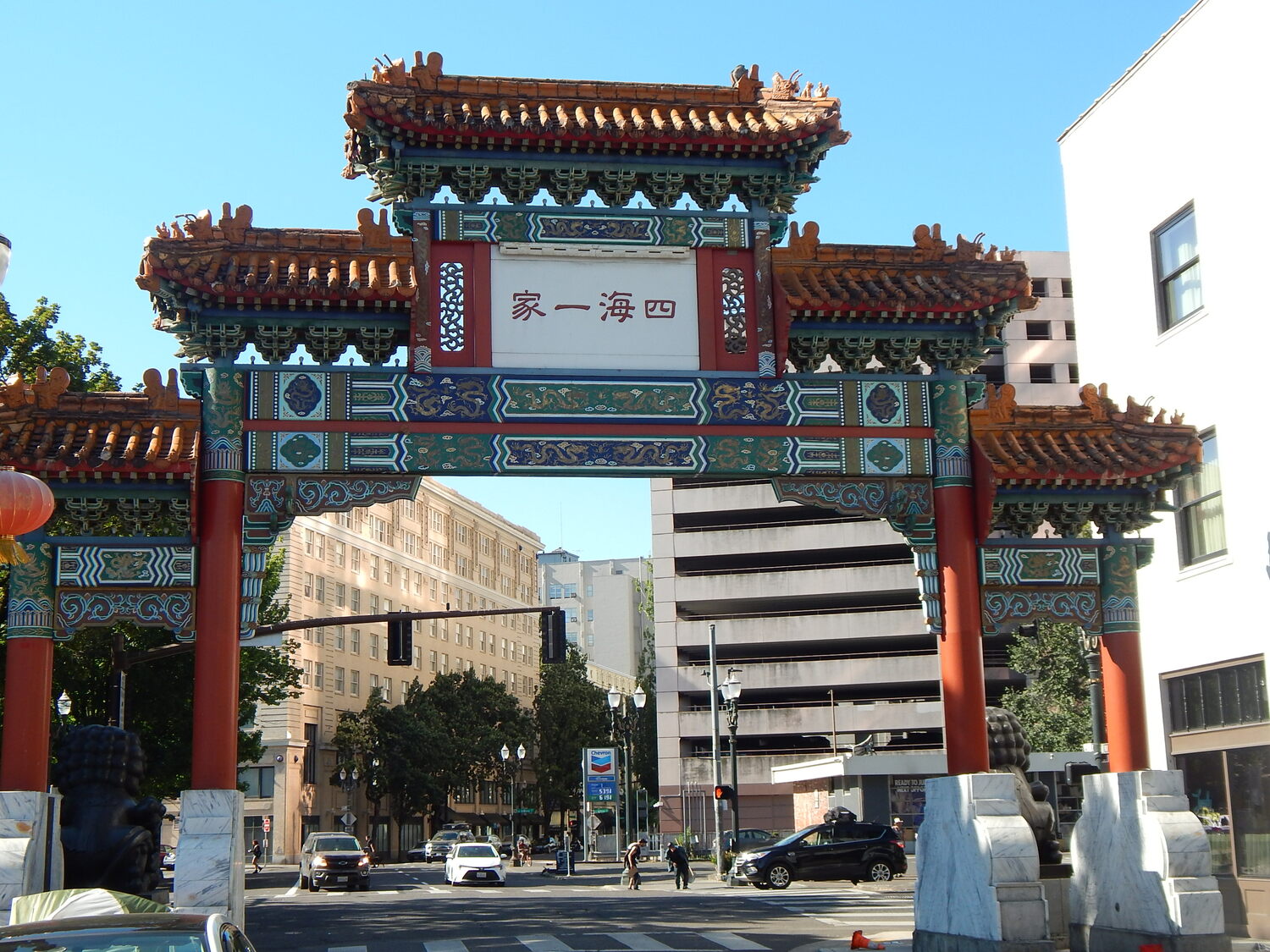
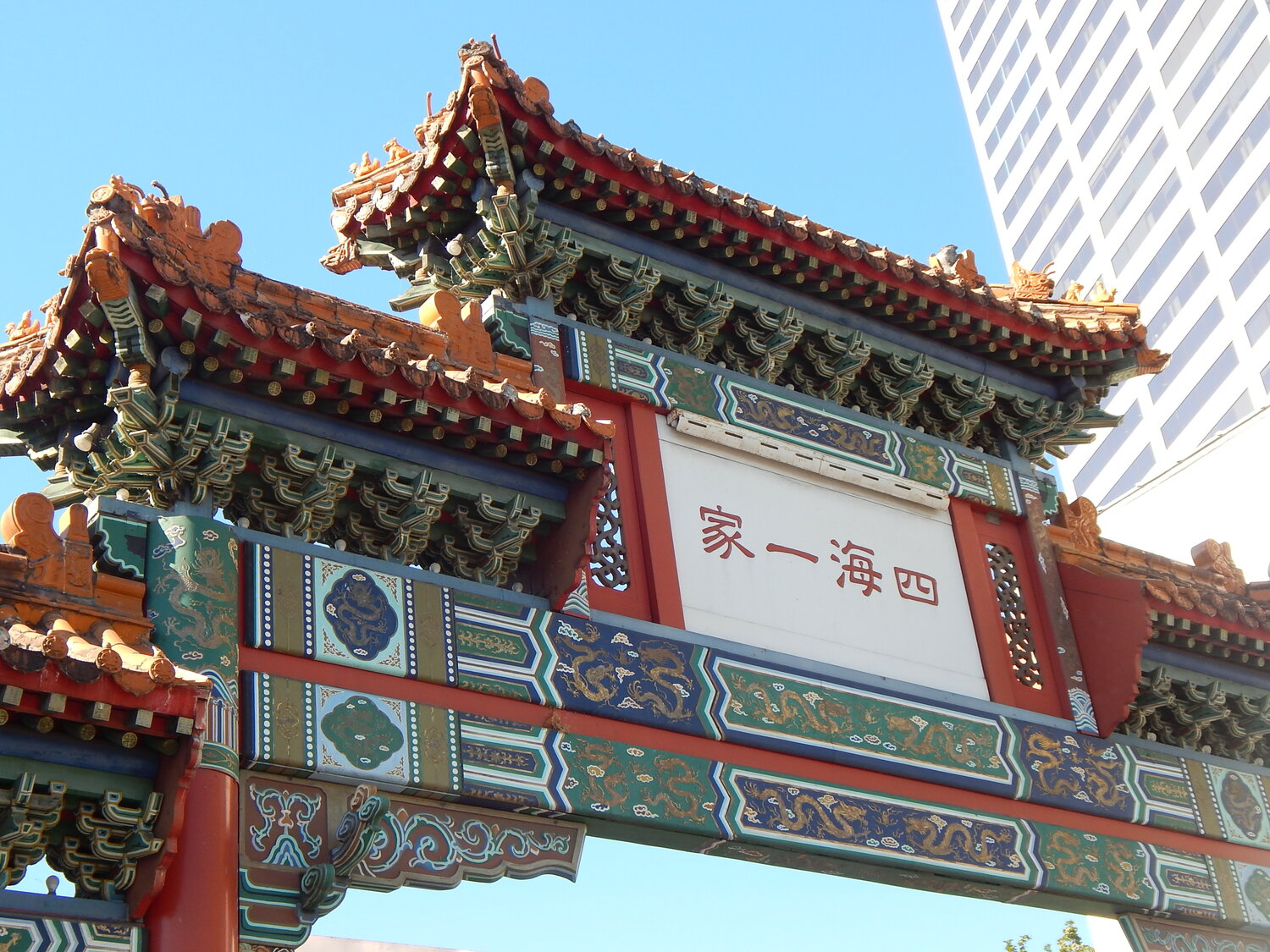


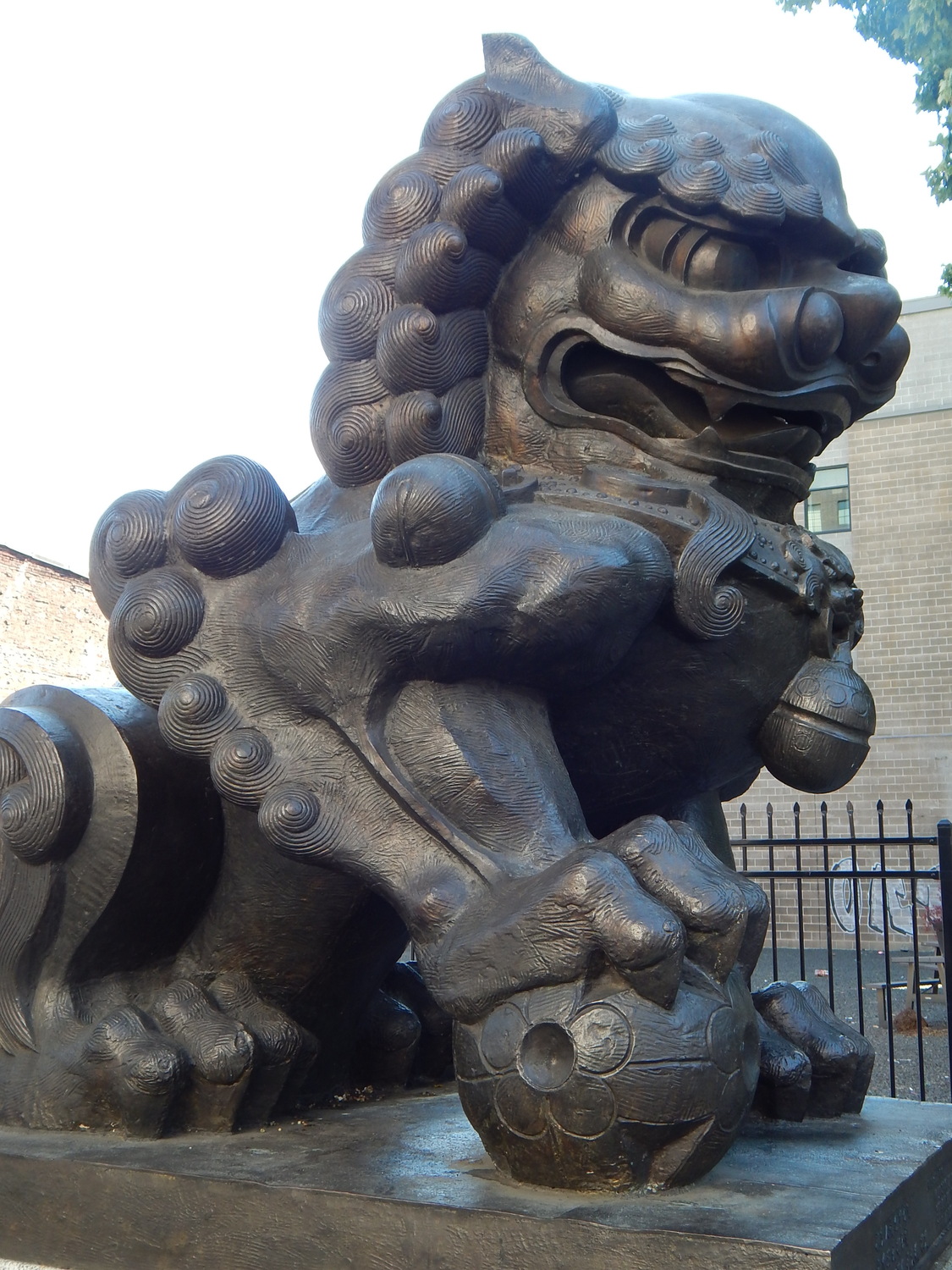

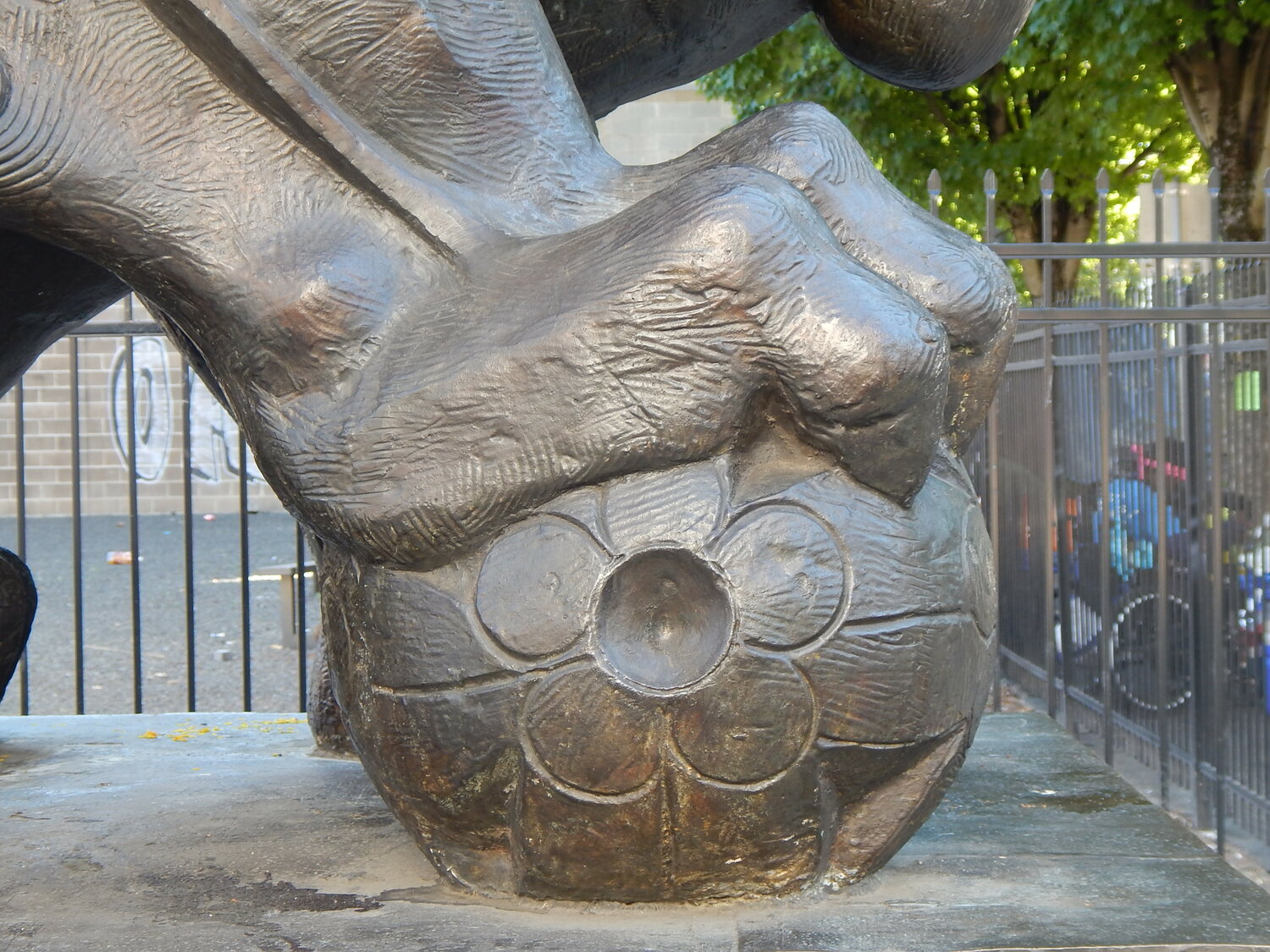
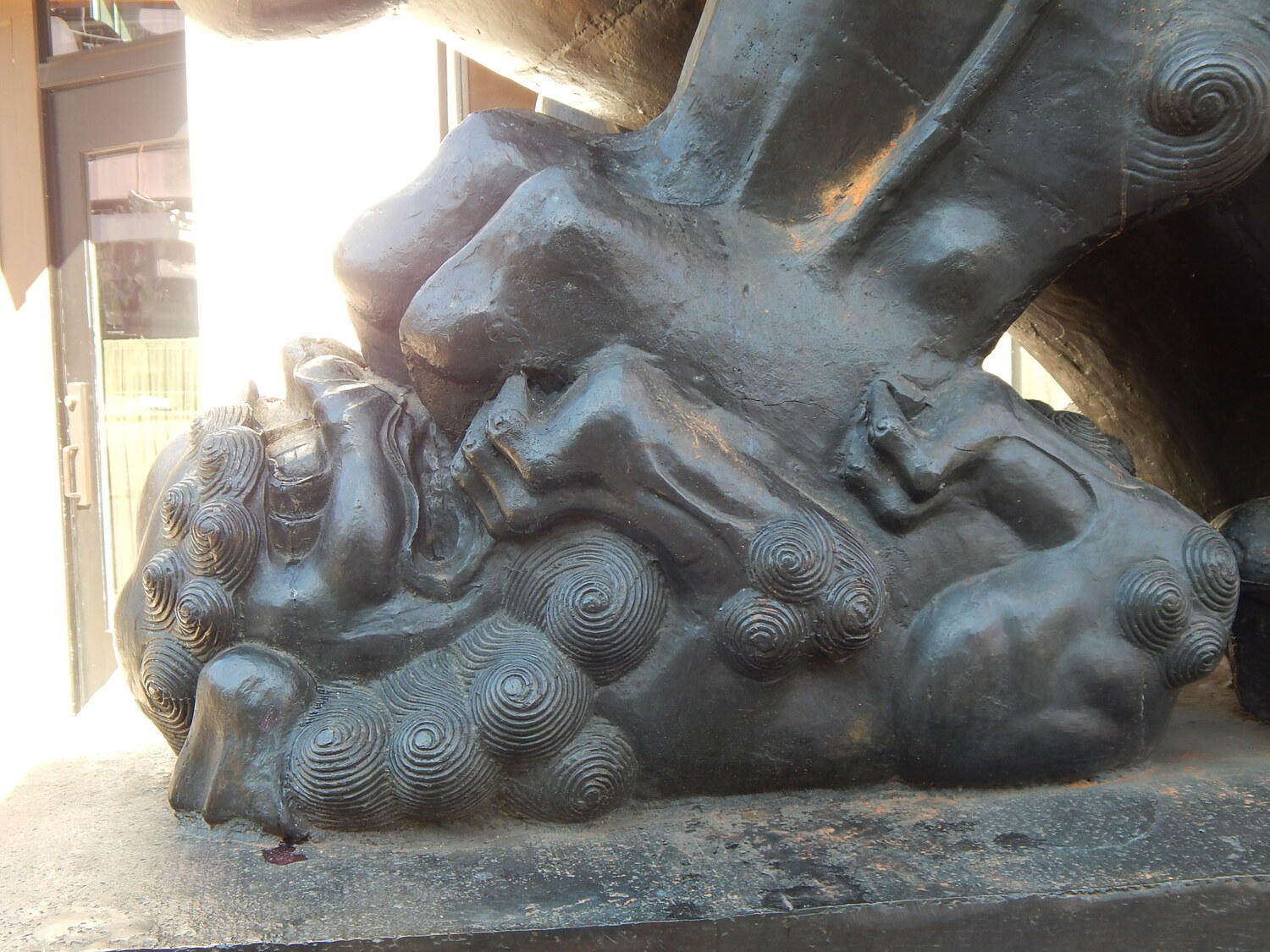
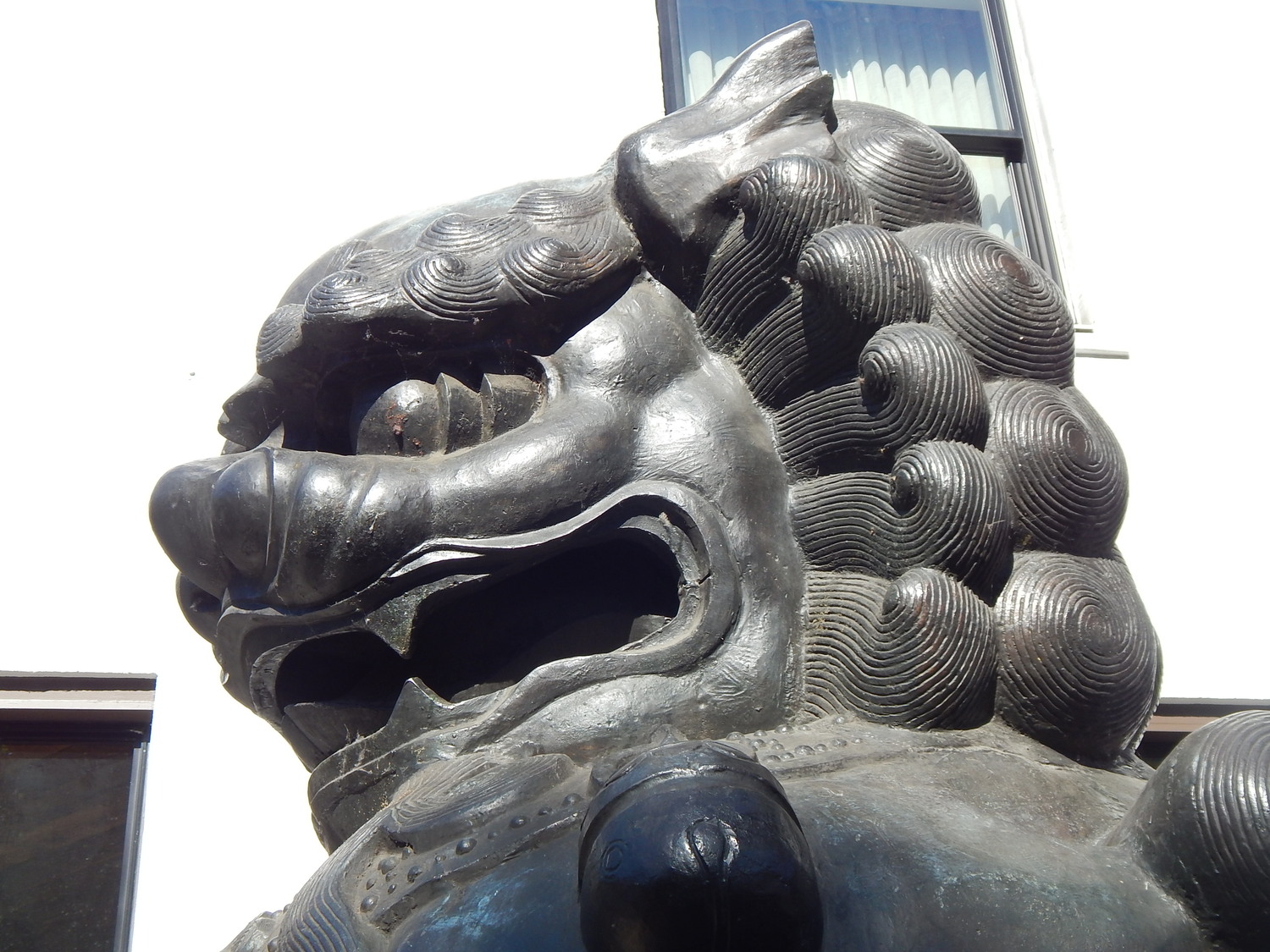
Continuing with the theme of Chinatowns, (see last month) we have one here in Portland too.
It is small and like many, is/was primarily a commercial district with most of the businesses being restaurants. Sadly, now it is mostly shuttered.
That said, it has a fine gate, replete with stone lions, and since its opening in 2000 a fine Chinese Garden.
I have not been in since Covid, but will attach a few pictures I have taken there over the years along with some current ones.
I will also note that one of our 3 schools of Chinese medicine in Portland is located nearby.

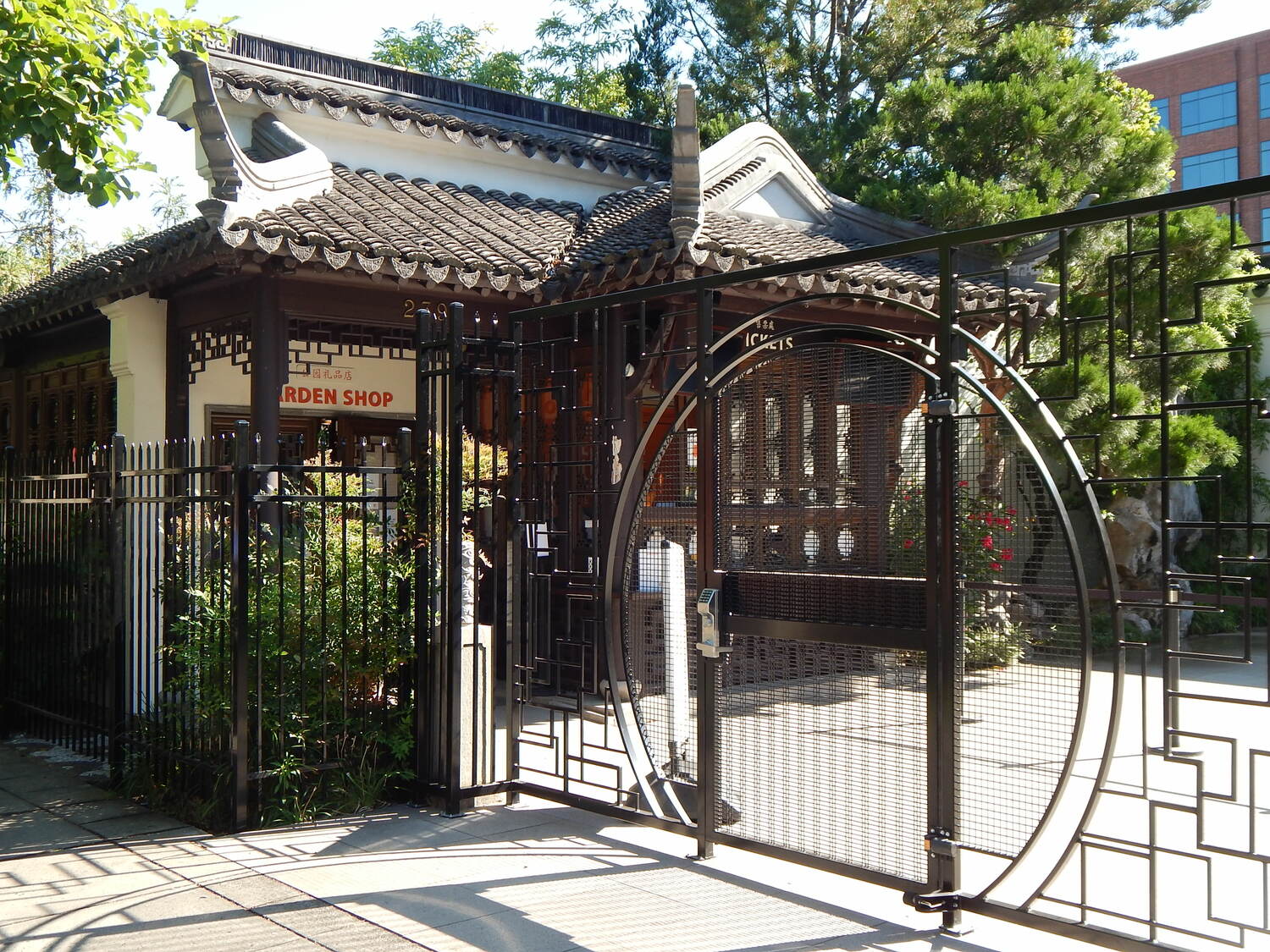
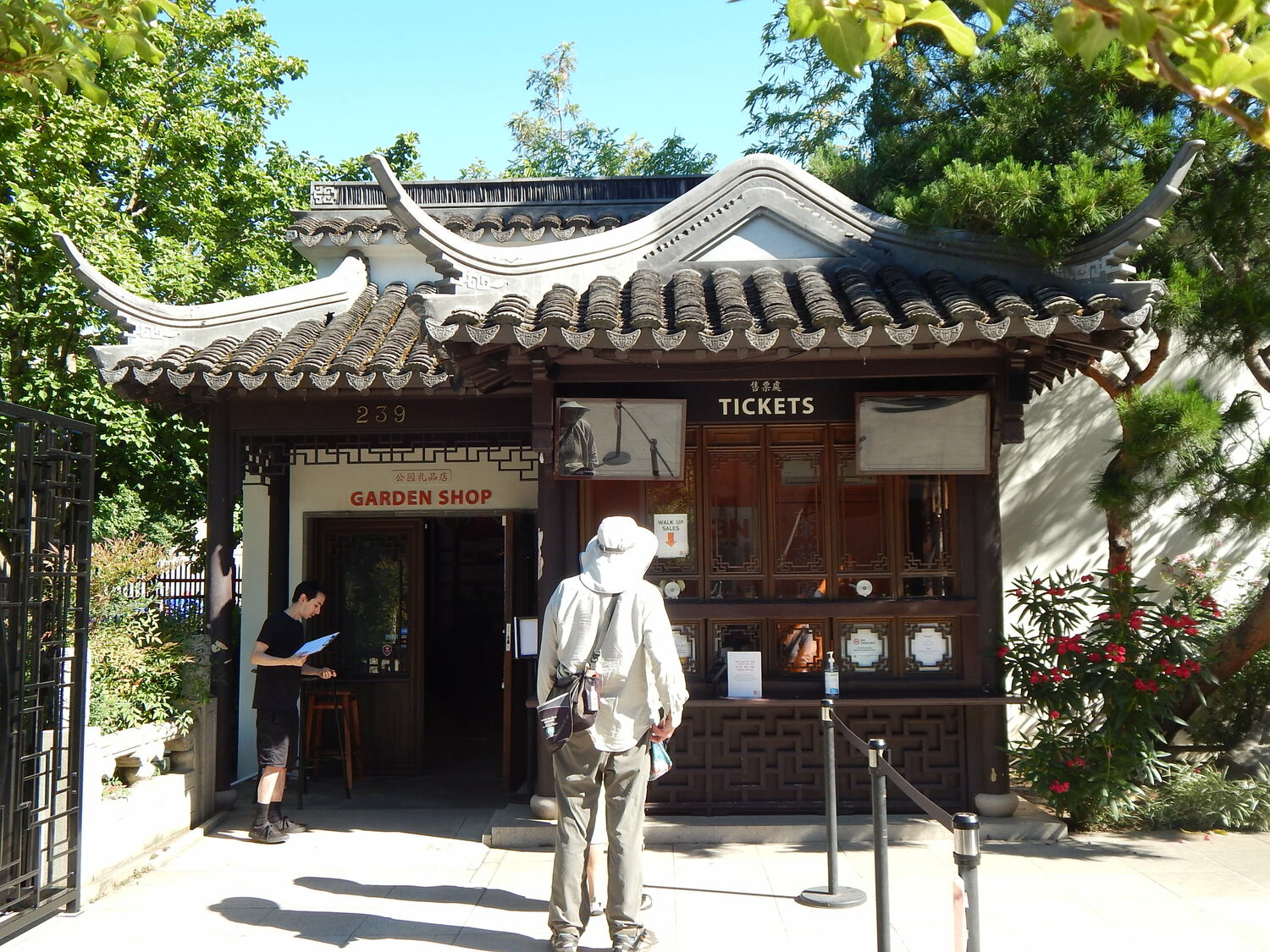
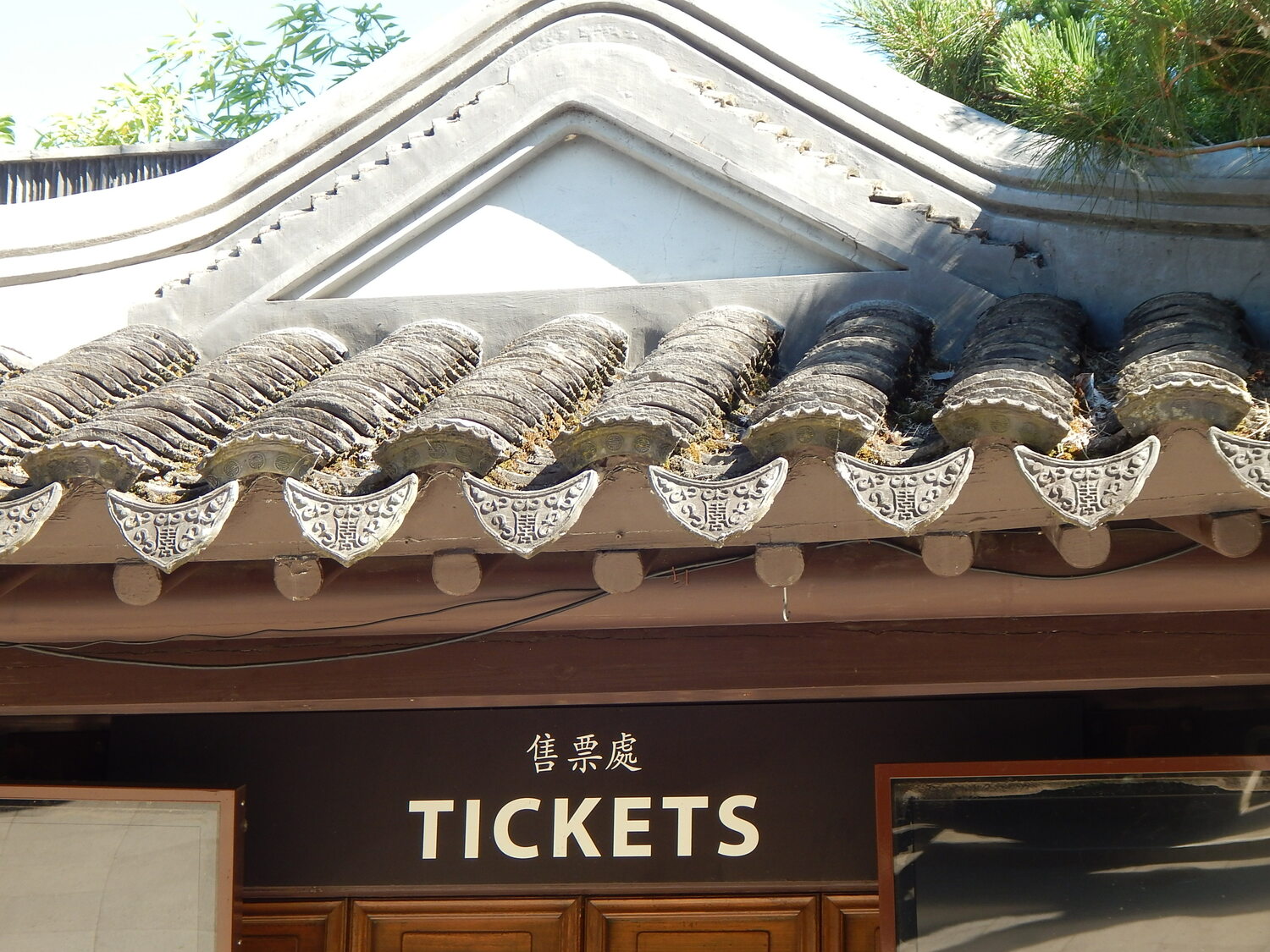

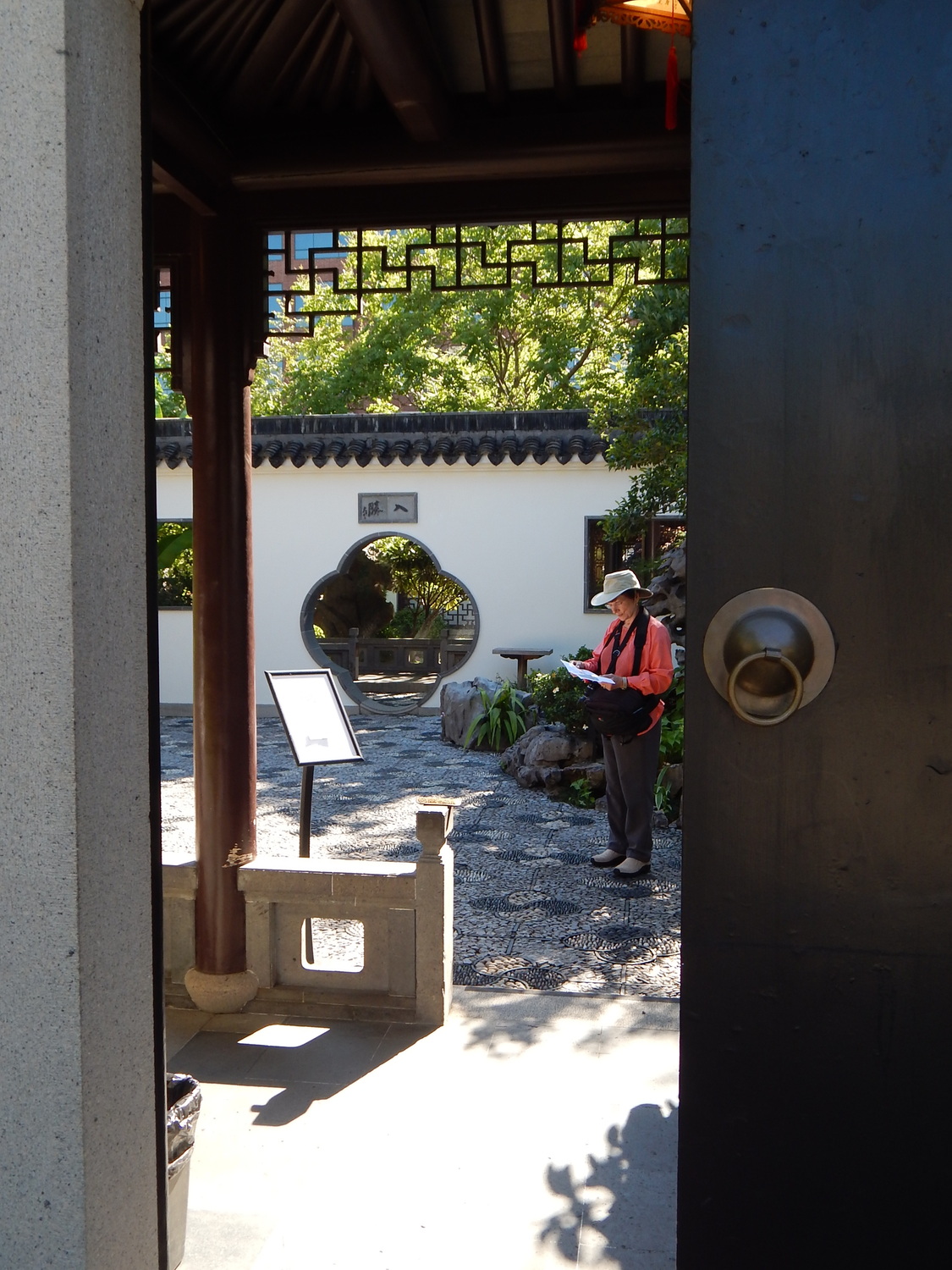
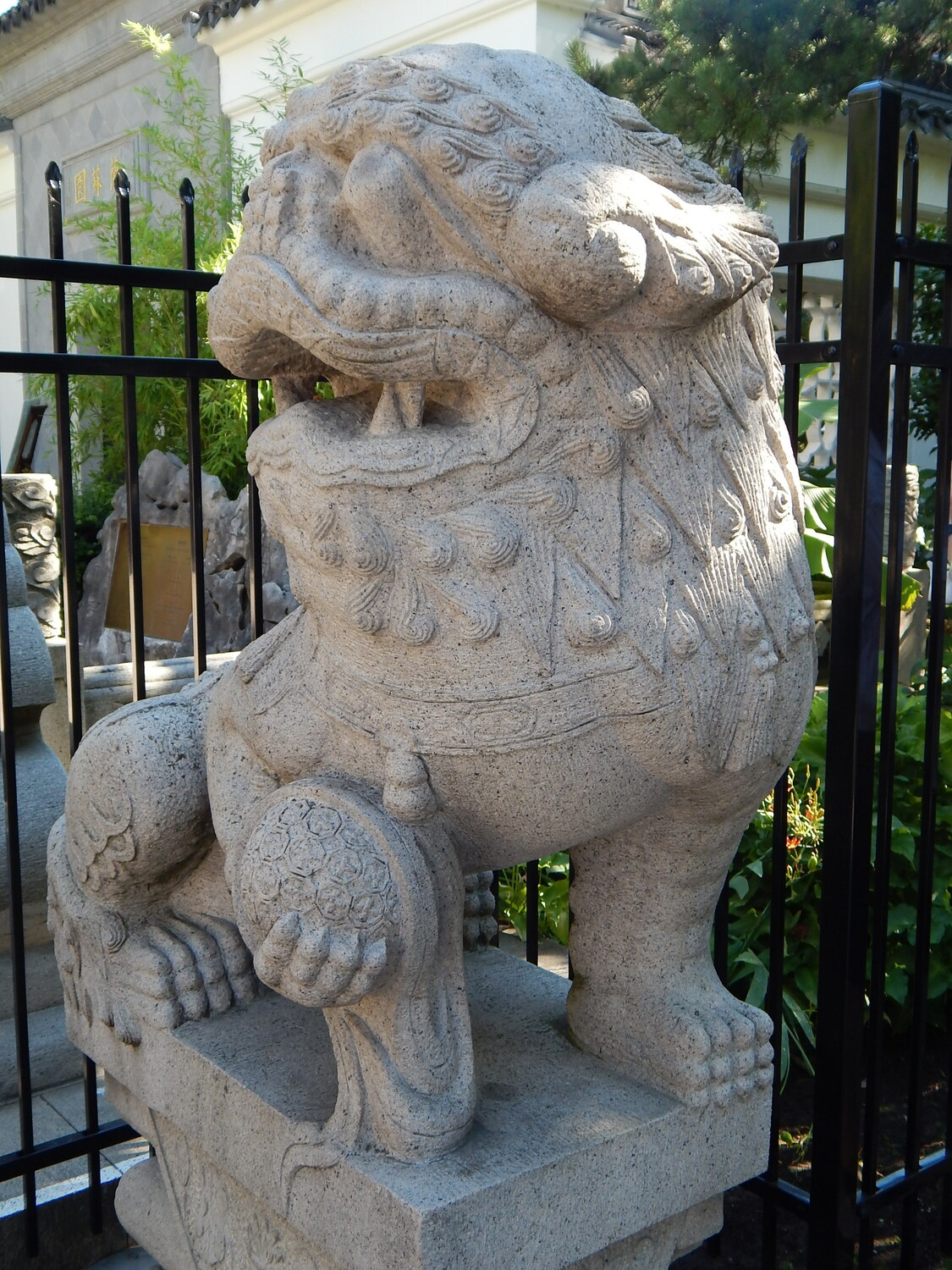
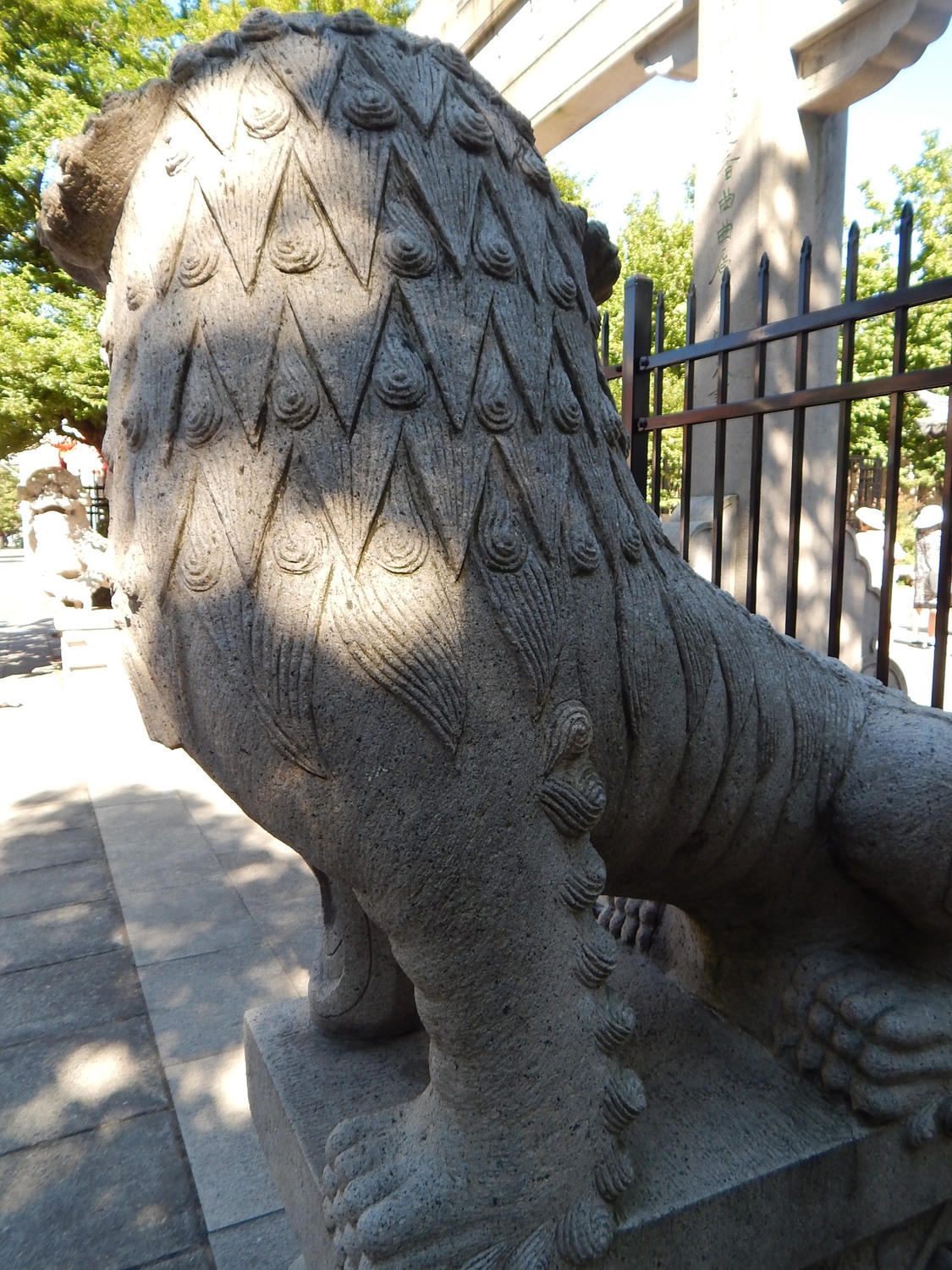
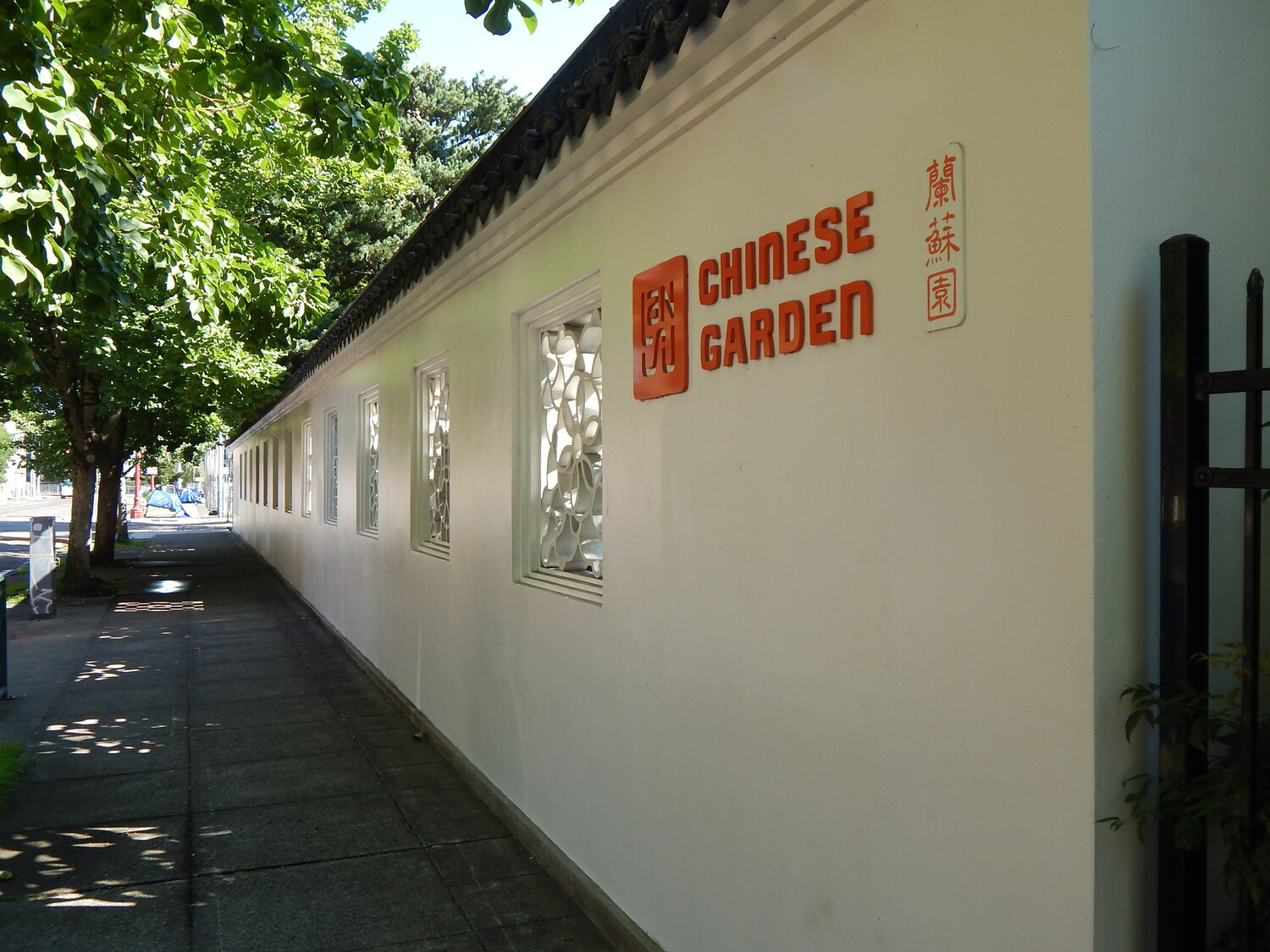
• Lan=Orchid; Su=arise/awaken - their brochure translates as "Garden of Awakening Orchids".
It is considered the most authentic Chinese garden outside of China.
• Most of the materials used to build the garden came from China, including over 500 tons of rock, esp. the stone from Lake Tai known for their unique shapes that symbolize mountains and like a landscape painting are to viewed as an imaginary climb to the top.
• 65 artisans from Suzhou, China spent 10 months assembling the garden, which is just one square block in size.
• There are over 300 plant species included in the collection.
• "Knowing the Fish Pavilion" is a direct reference to the Daoist philosopher Zhuangzi (4th c. BCE) and his discussion with master Hui about "knowing" whether or not the observed "fish are happy" from the Autumn Floods chapter (17).
Which reminds me to mention the Roger Ames & Takahiro Nakajima collection of essays about this story entitled Zhuangzi and the Happy Fish (2015).
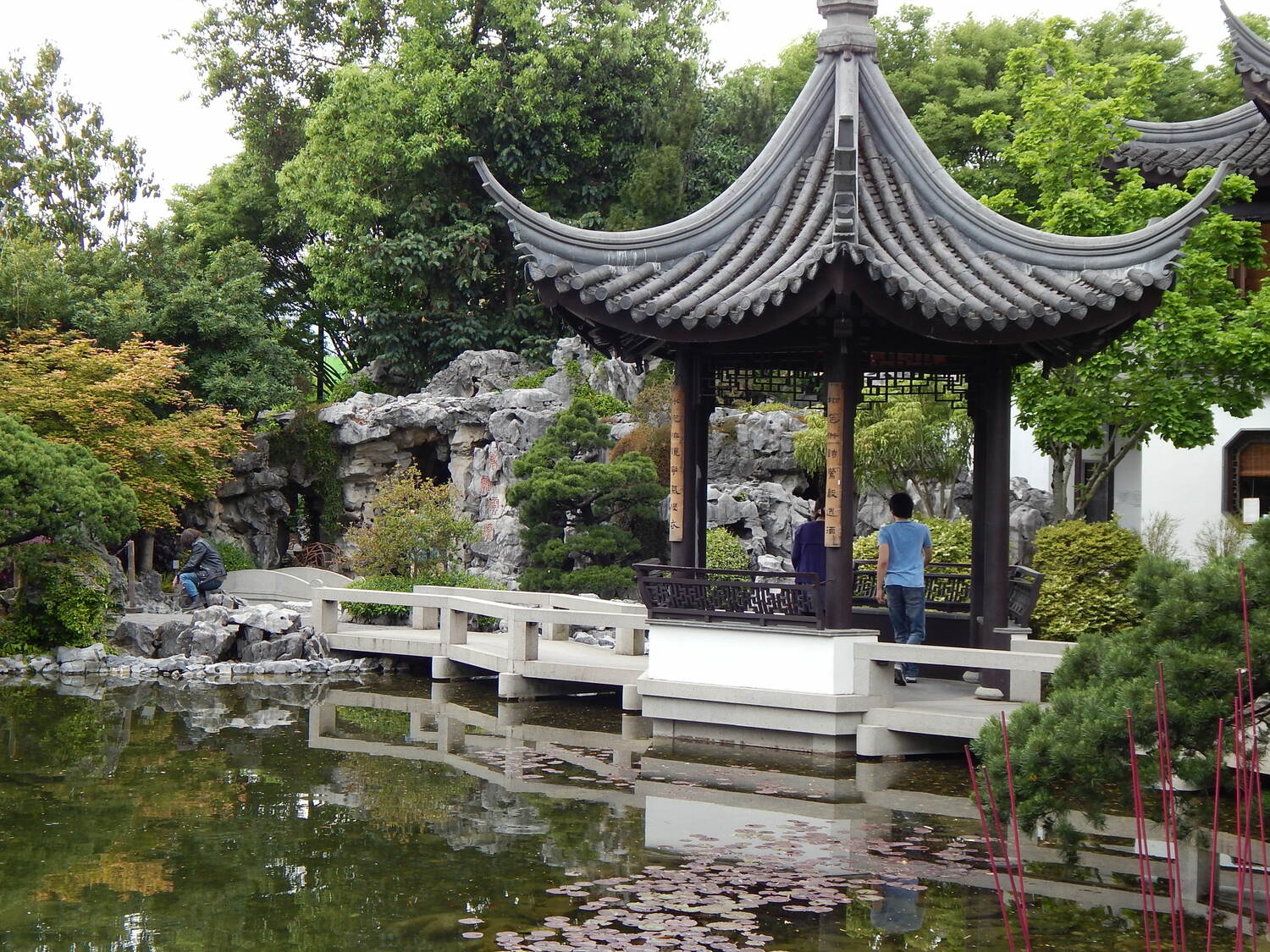
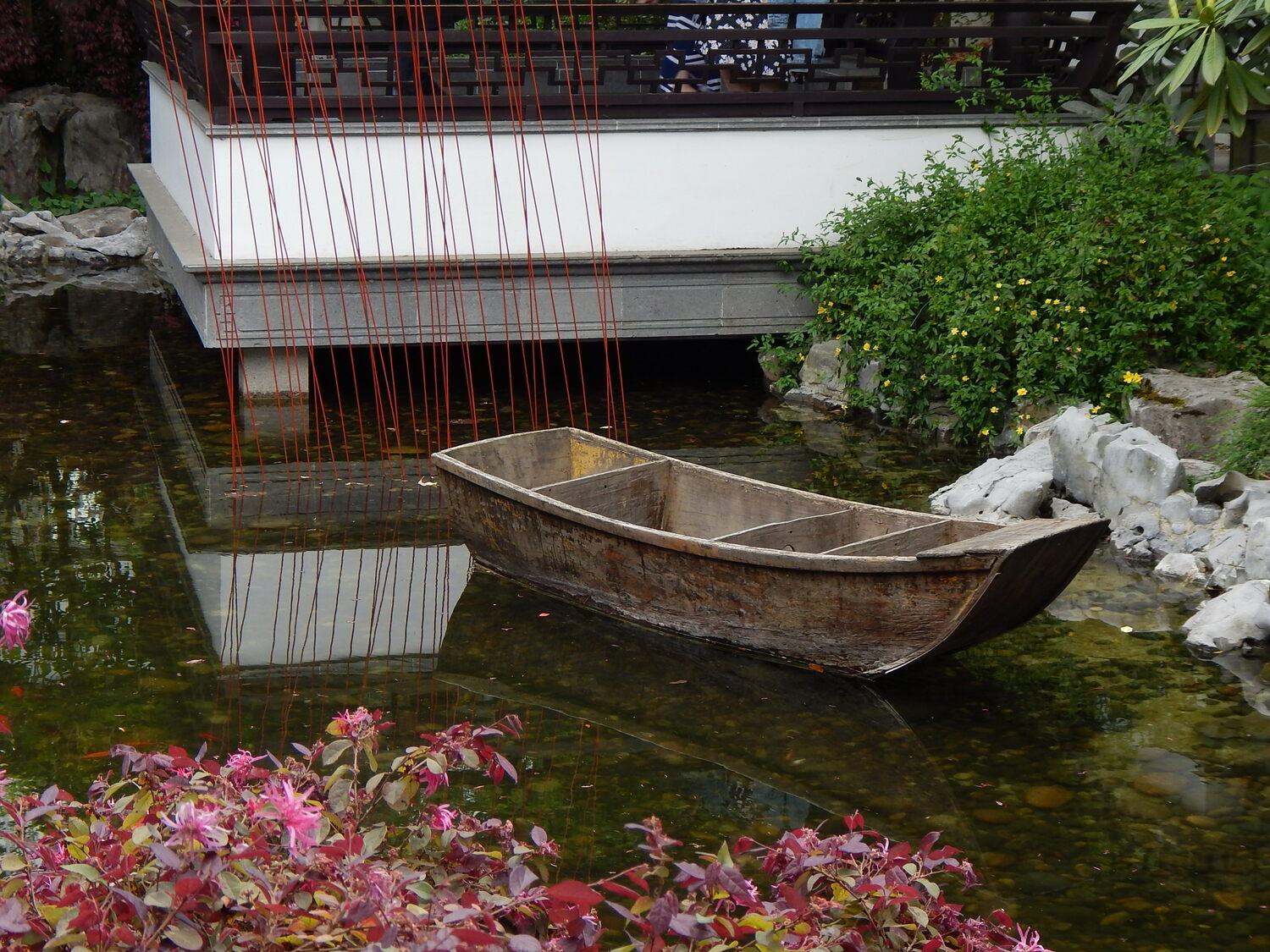
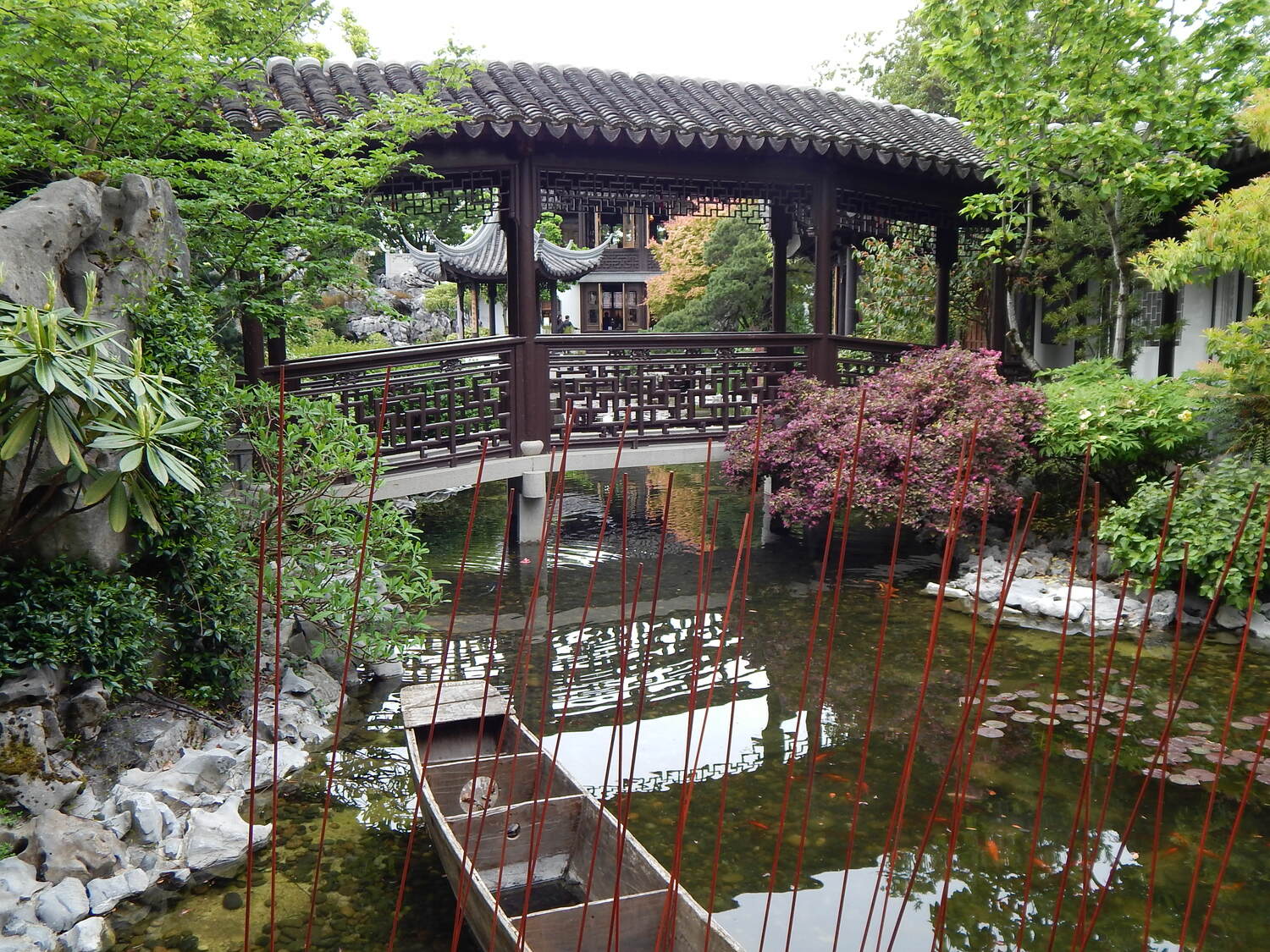
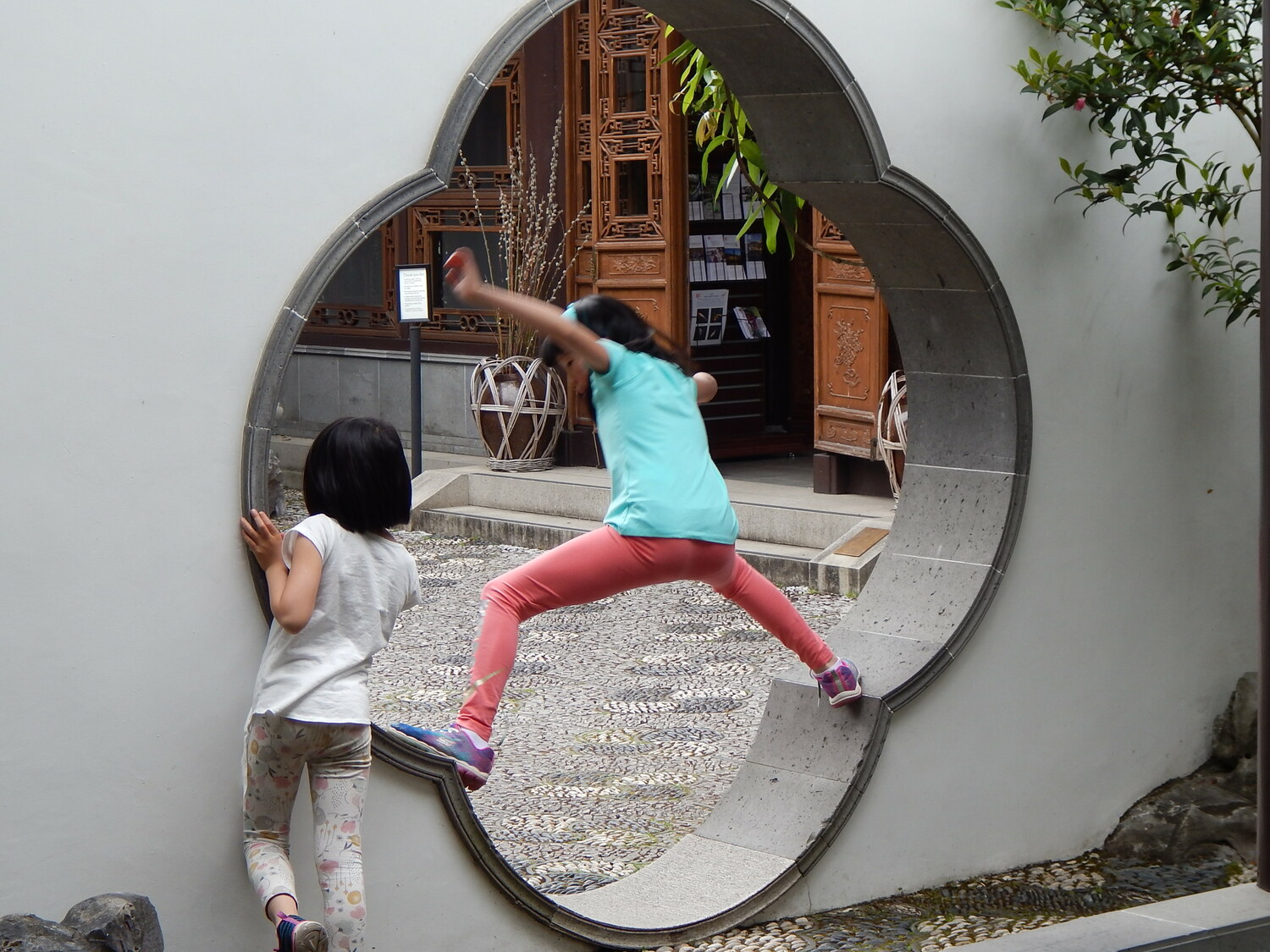
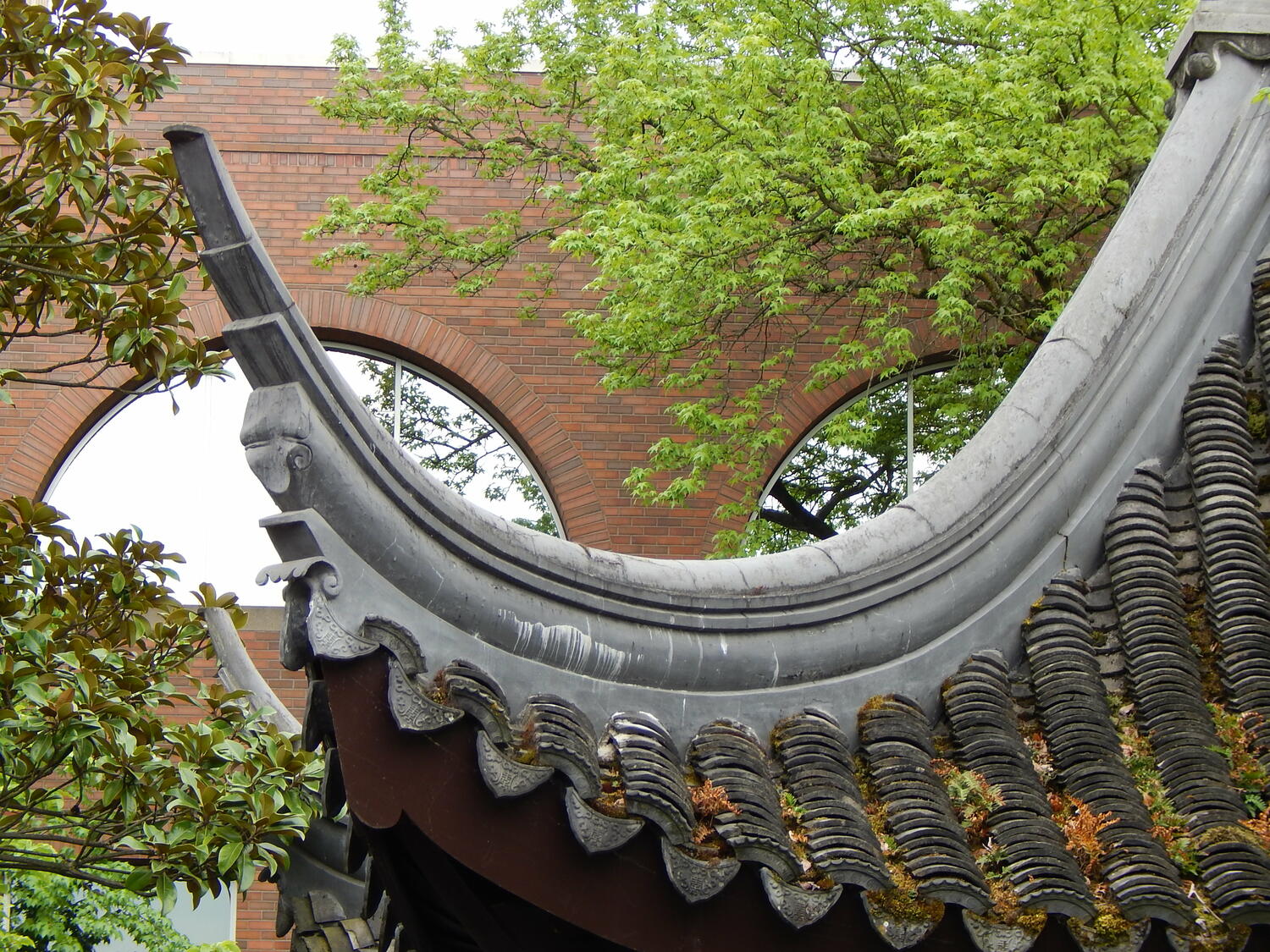
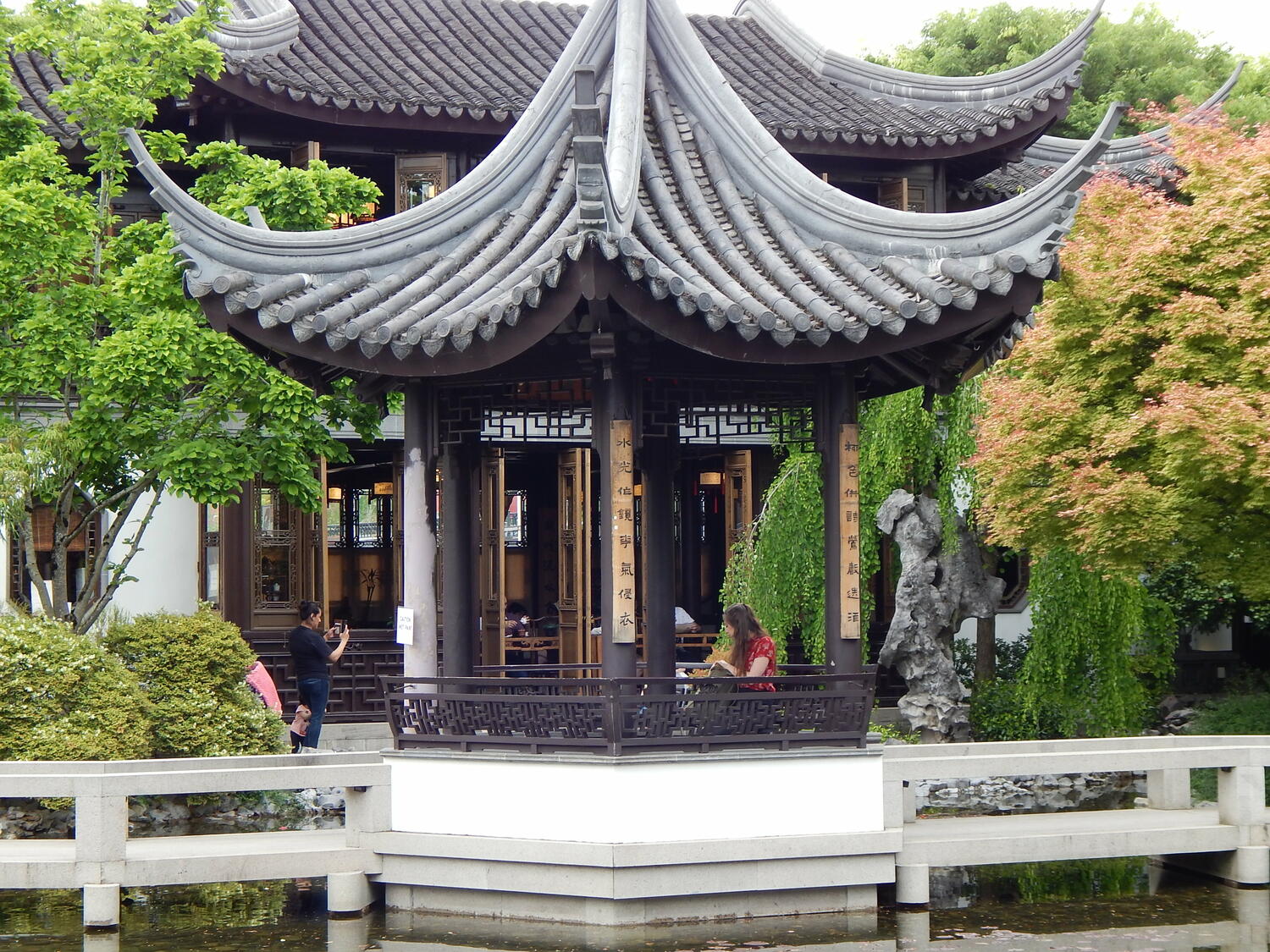

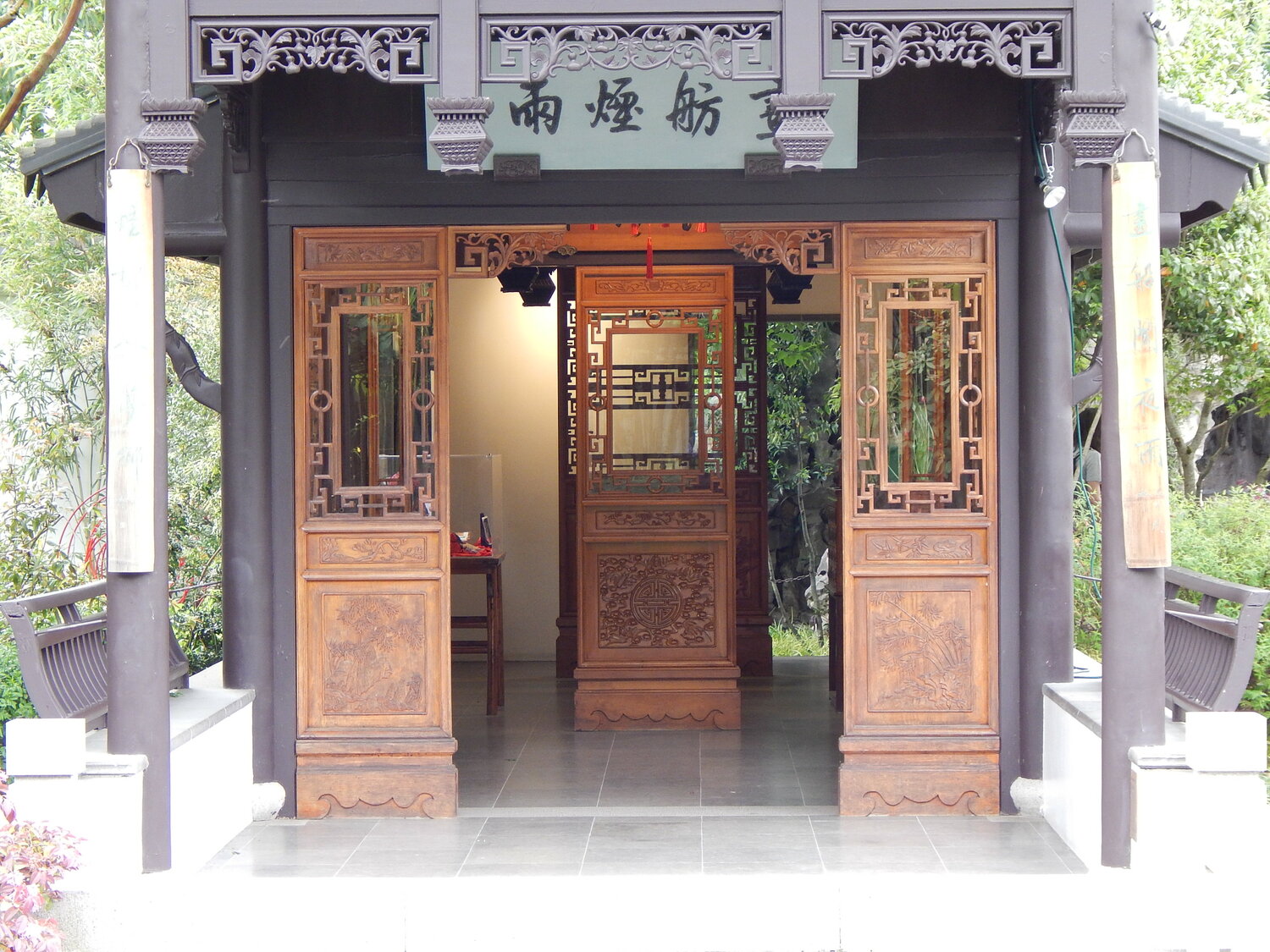
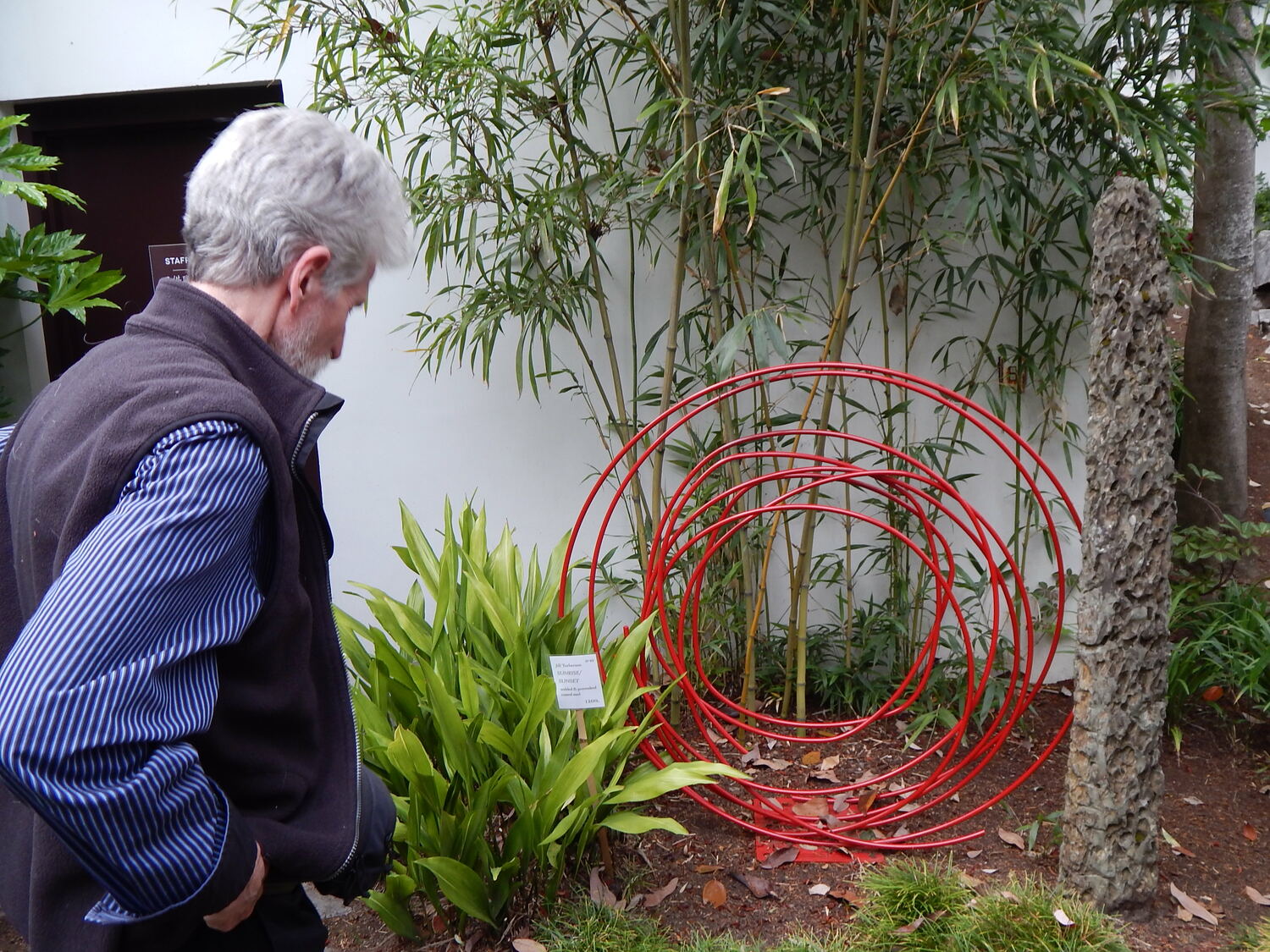
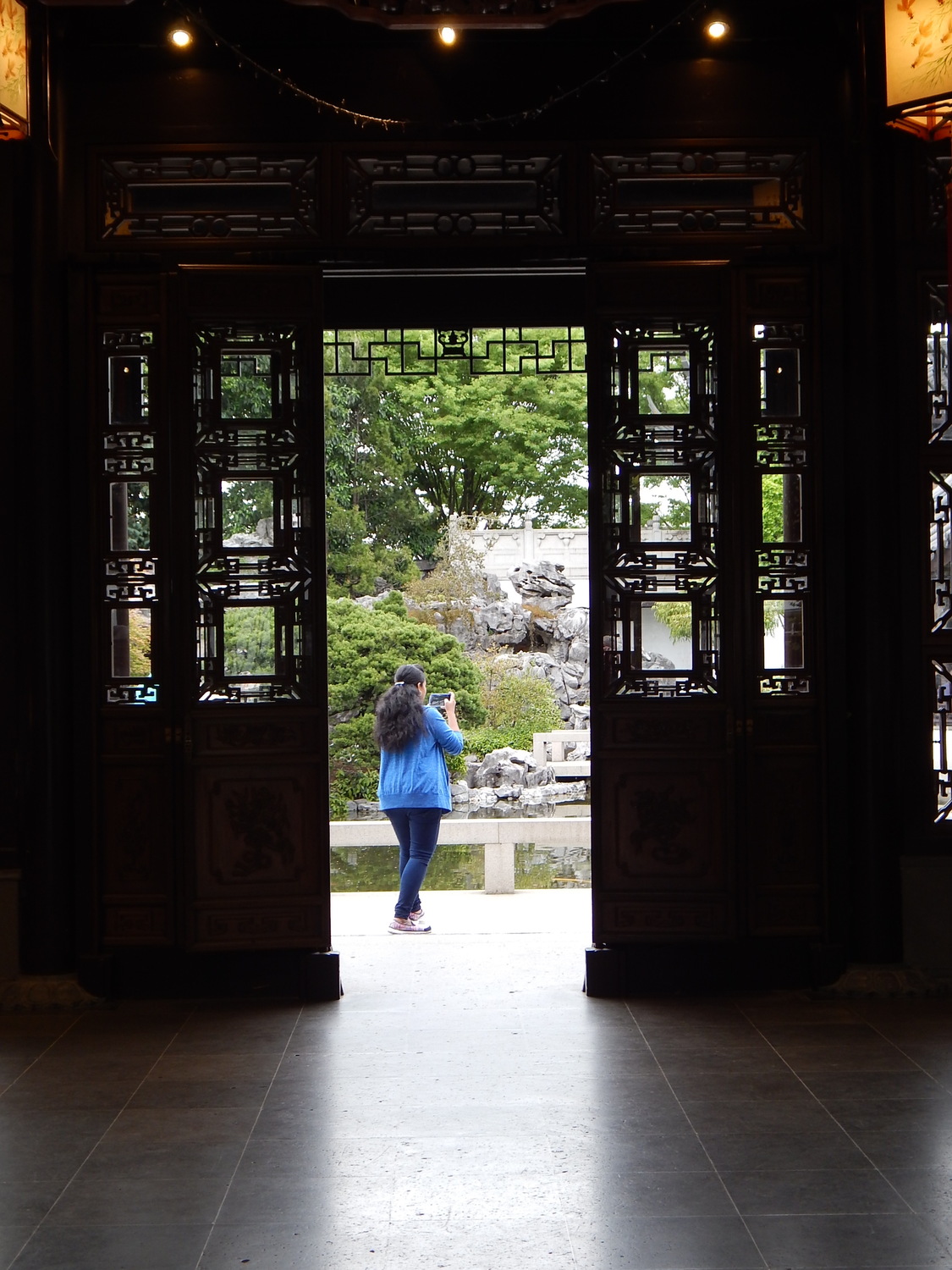
For many years I held an annual reunion with a group of students at the teahouse within the garden.
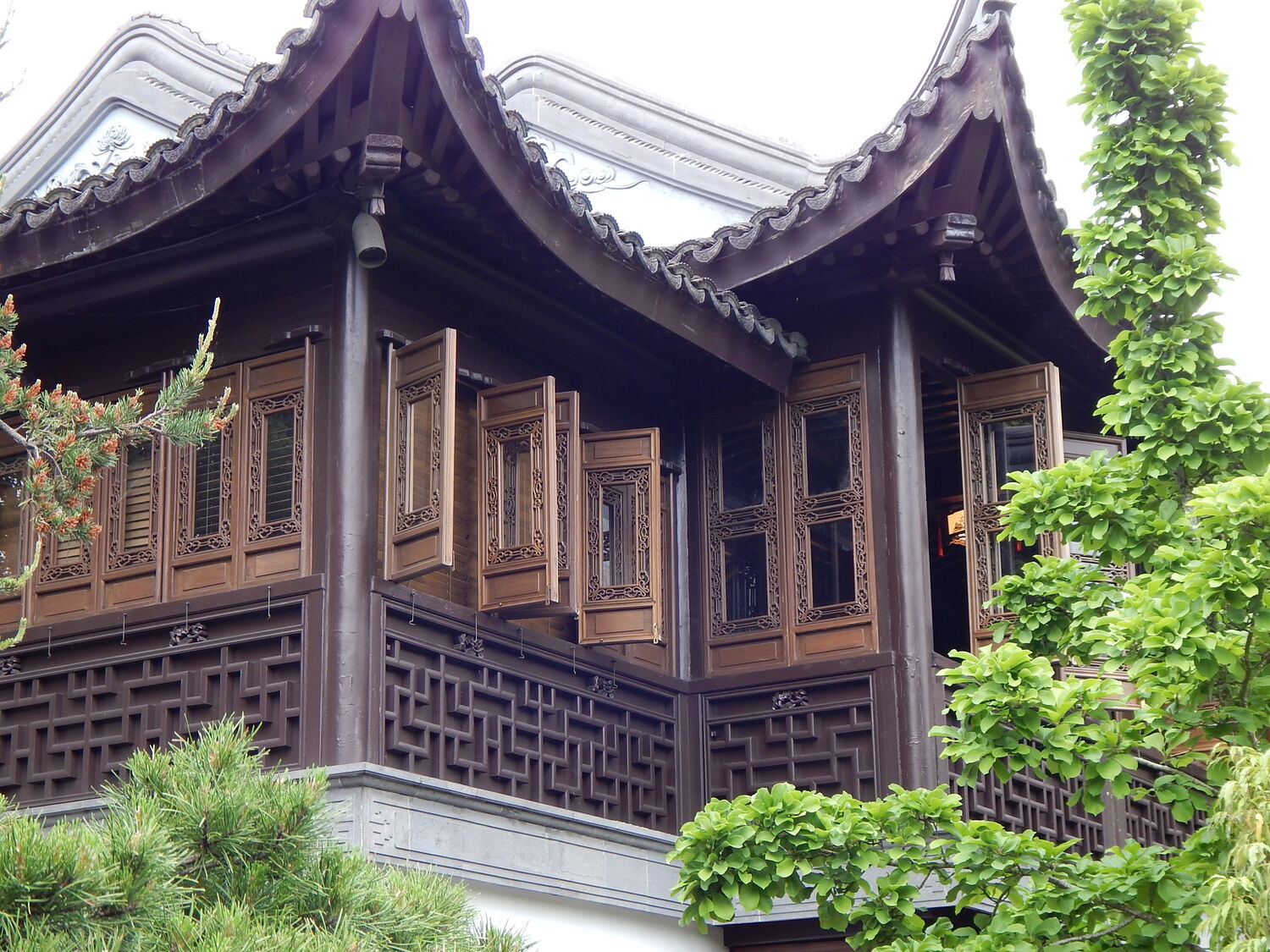
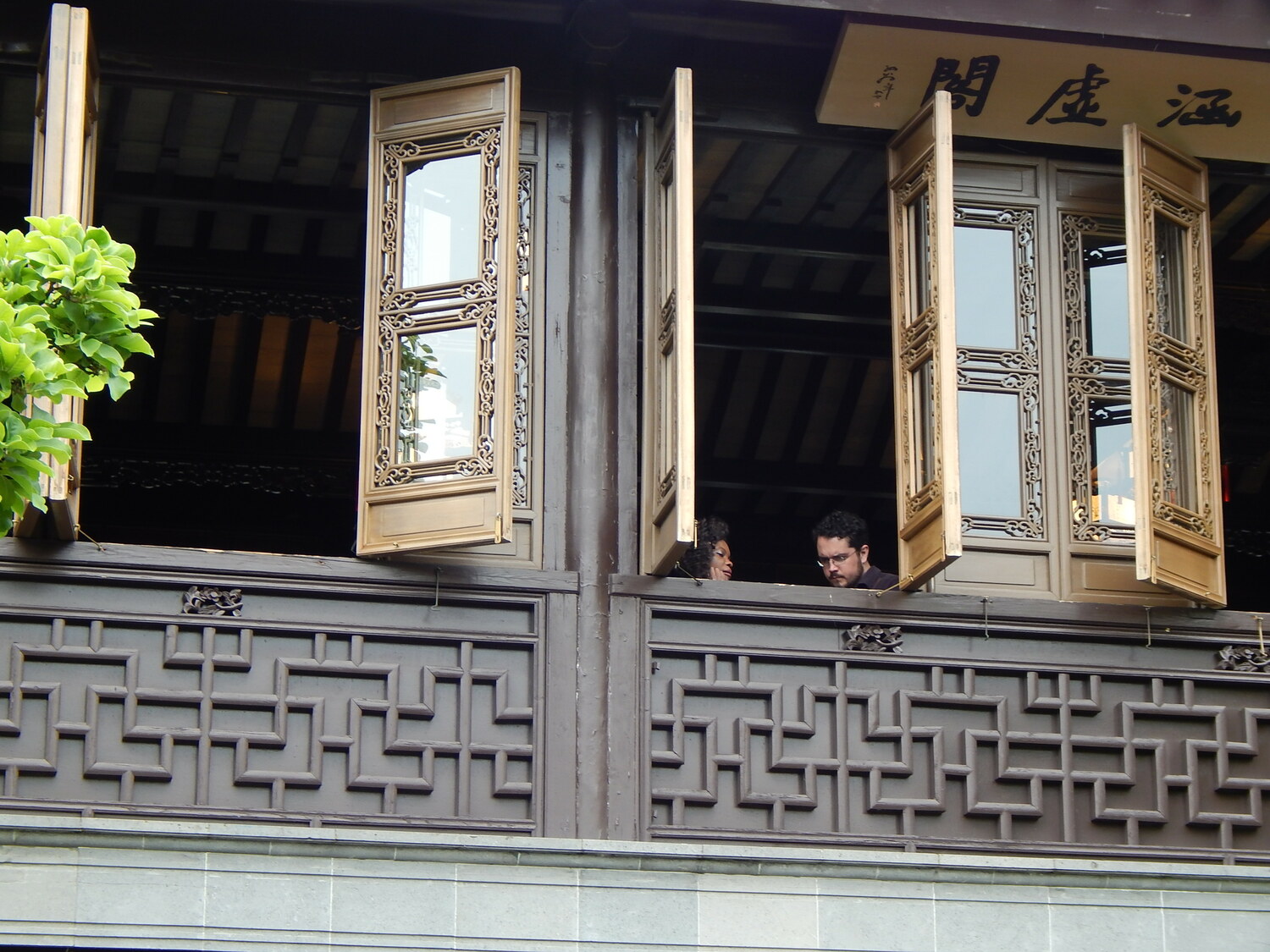
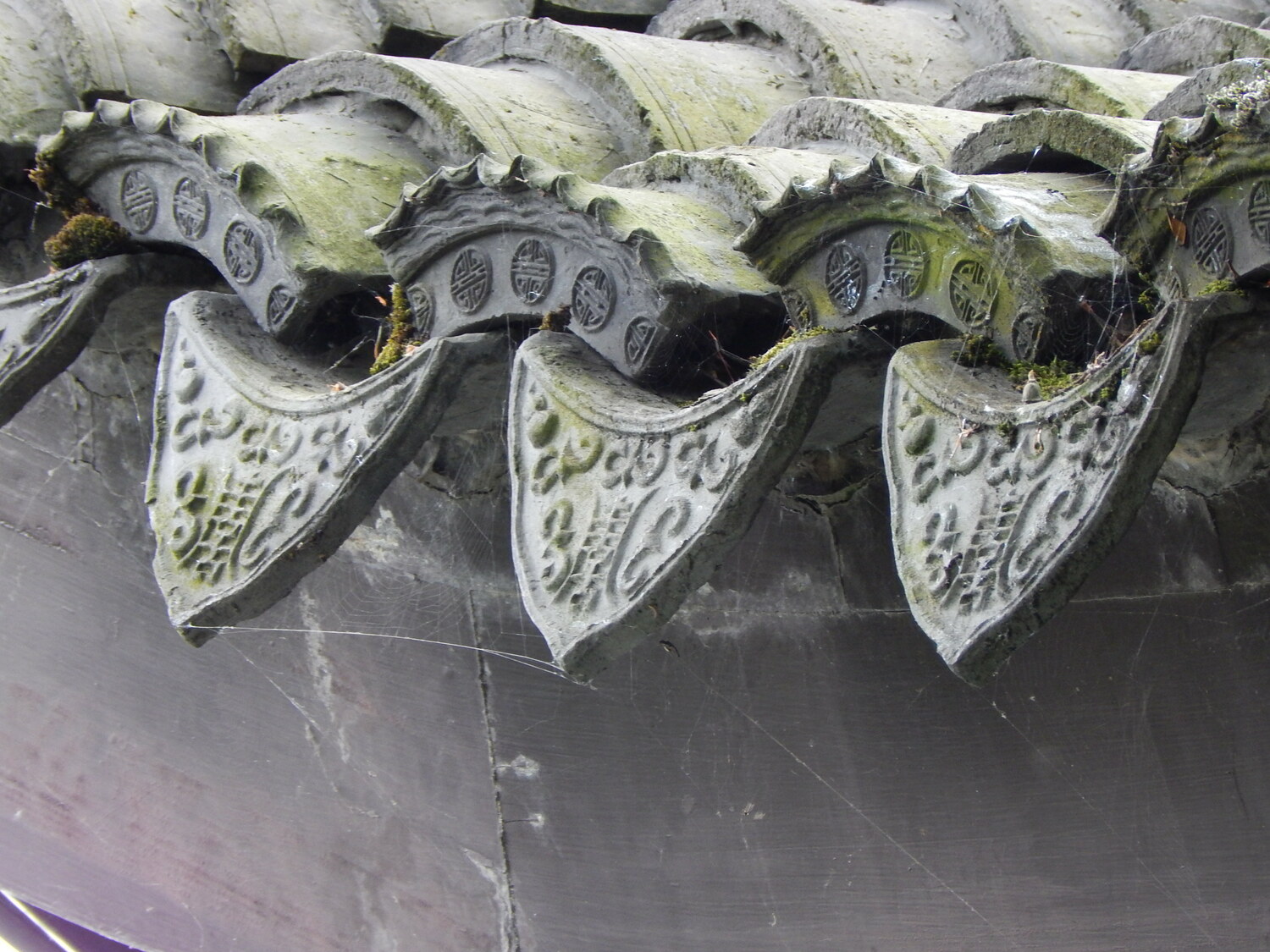
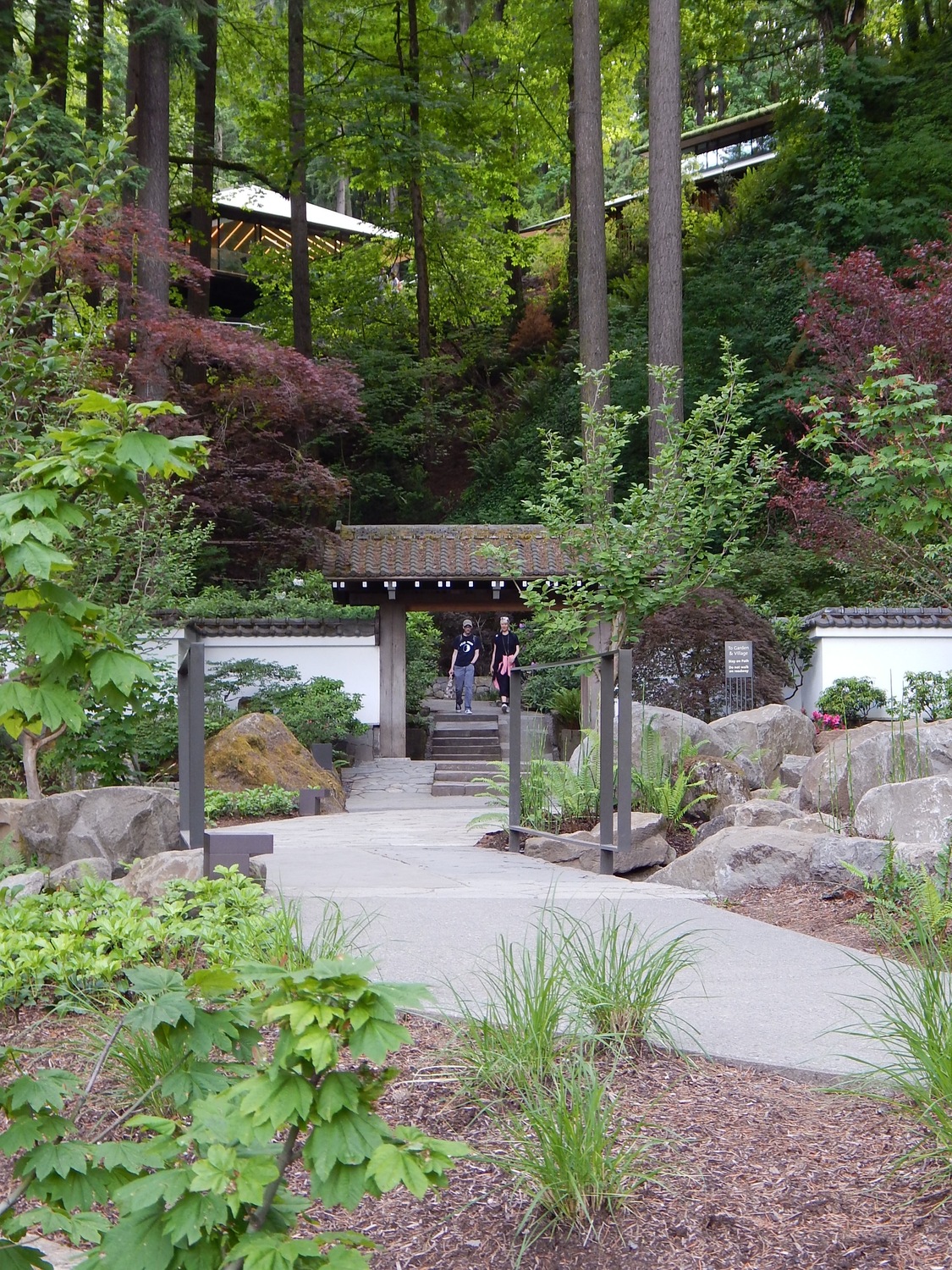

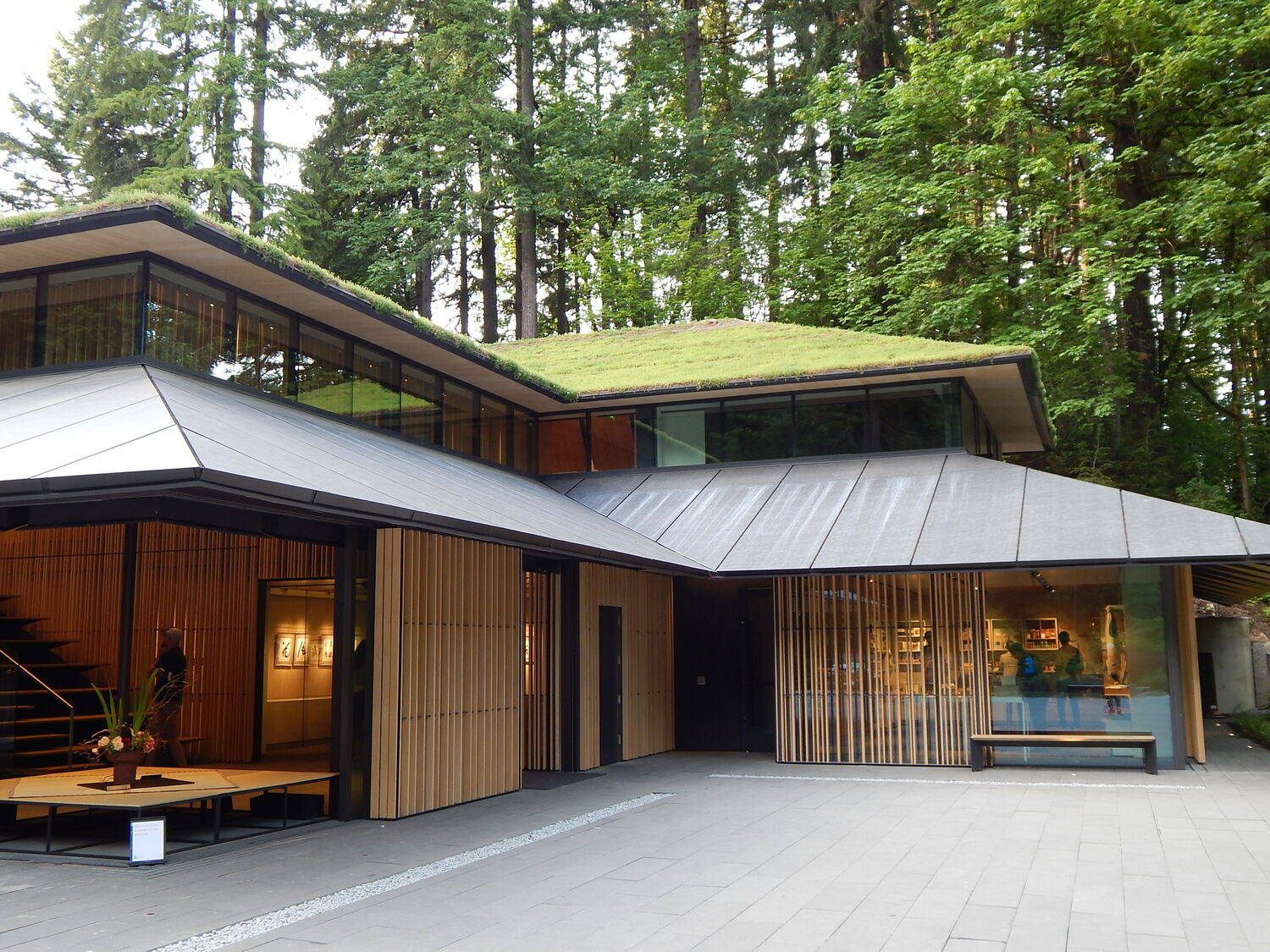
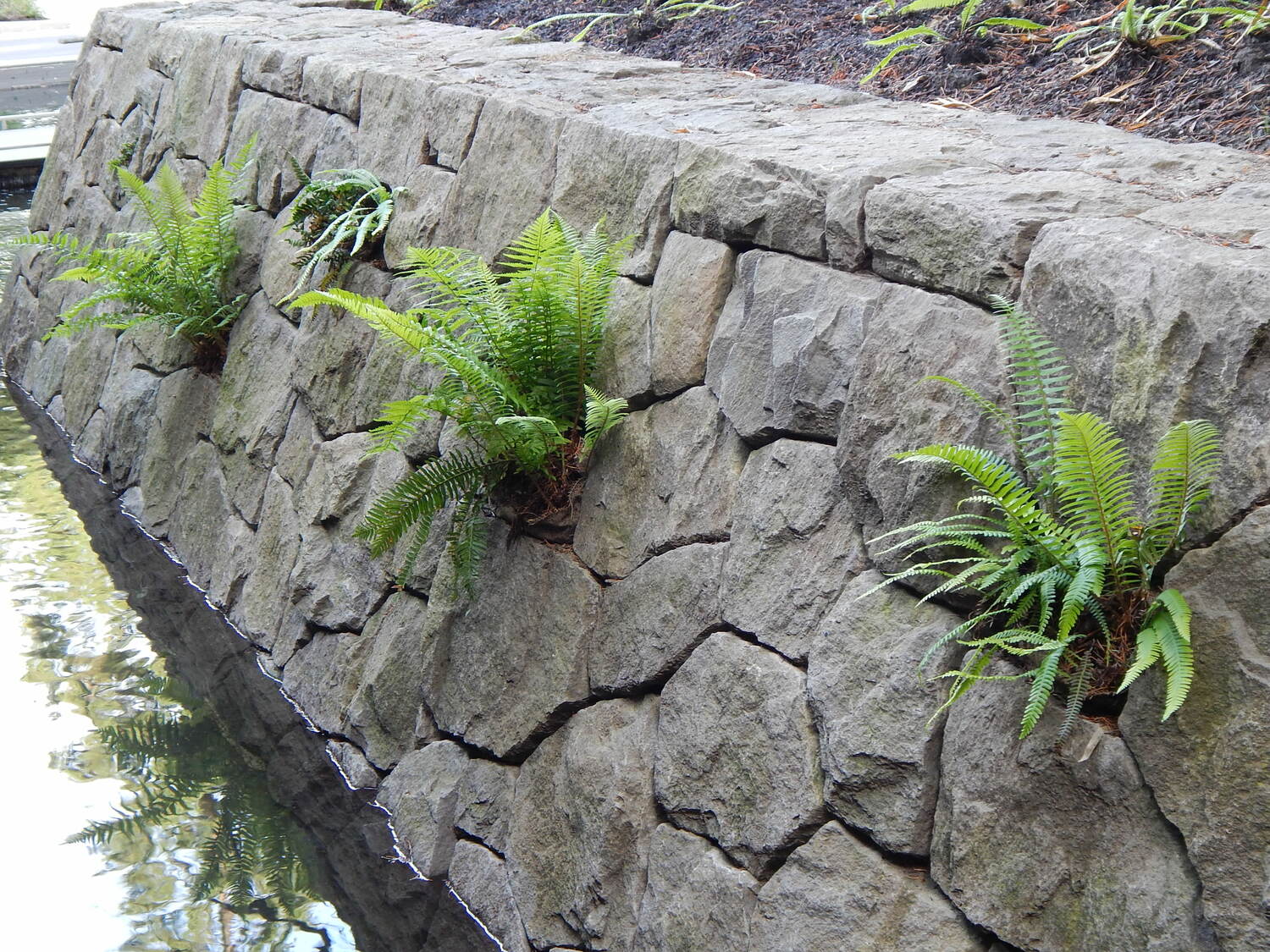
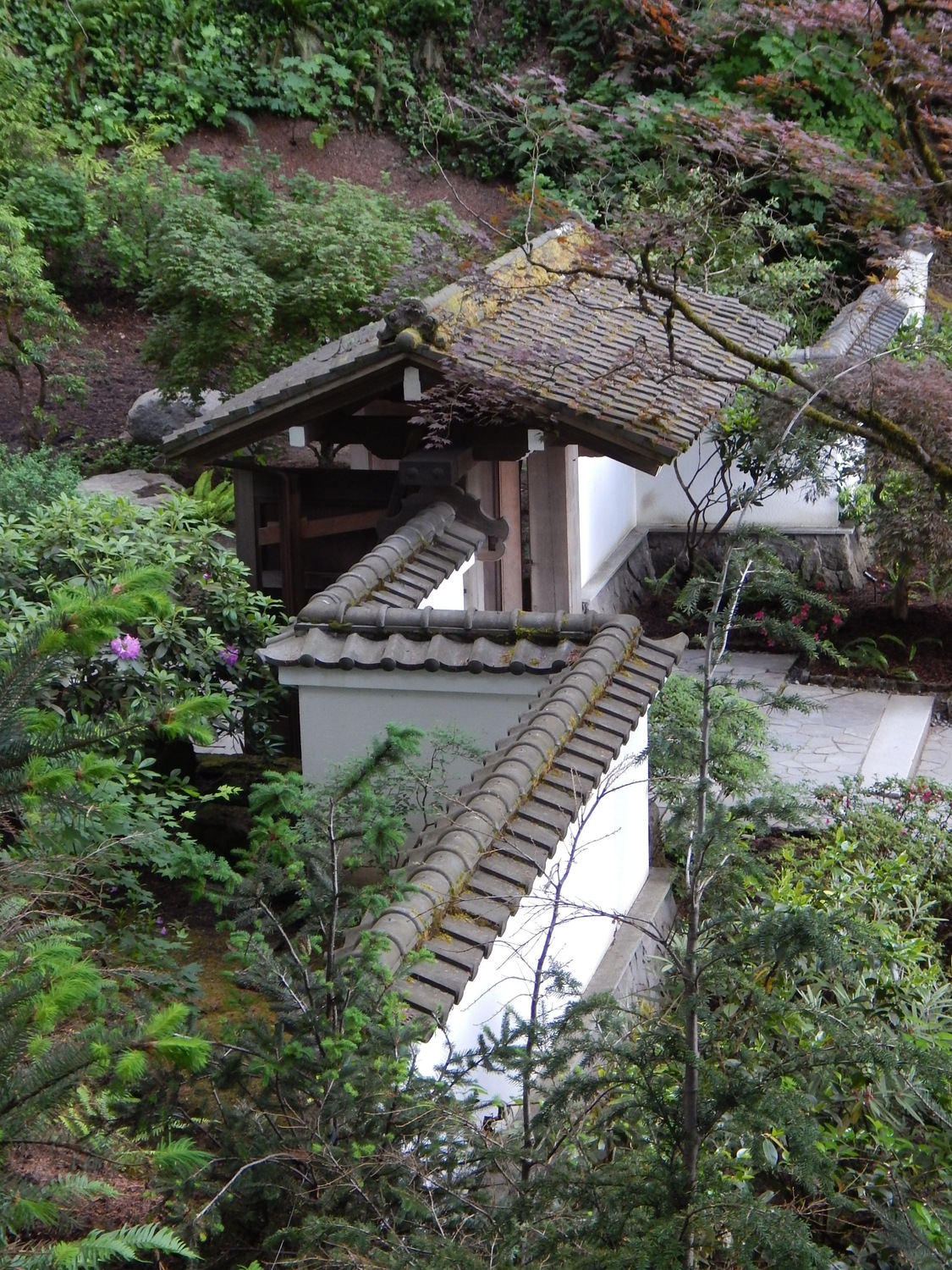
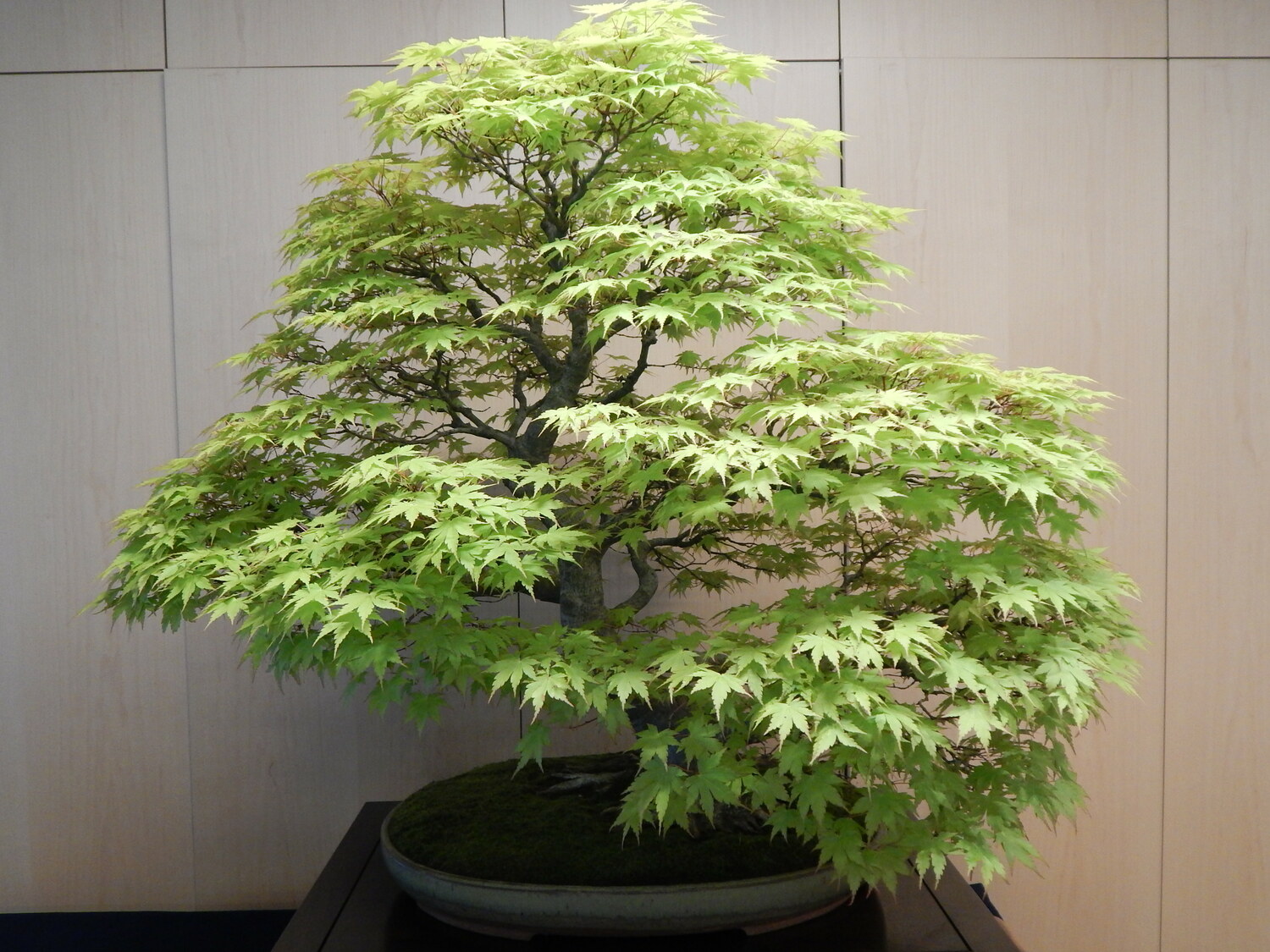
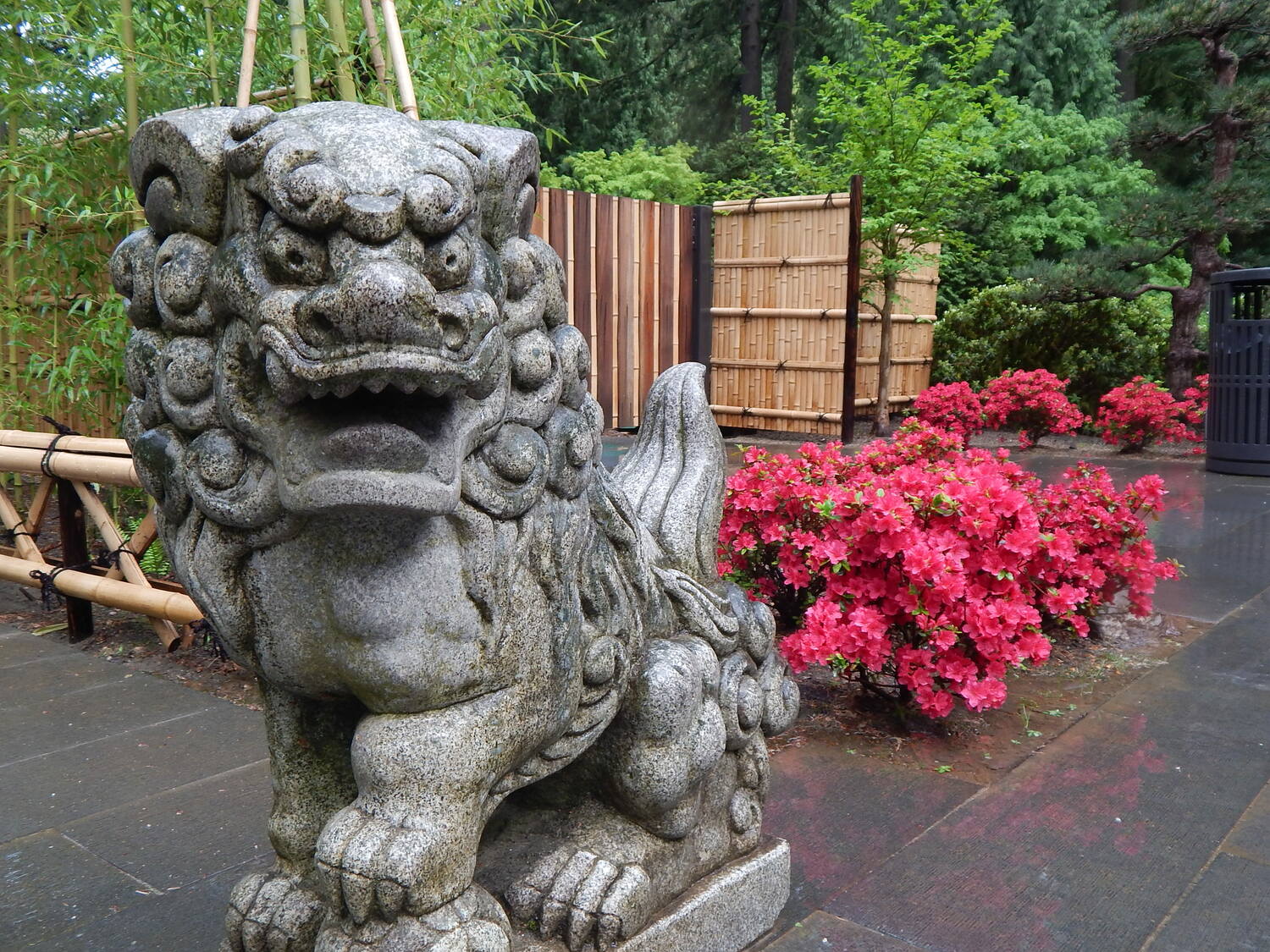
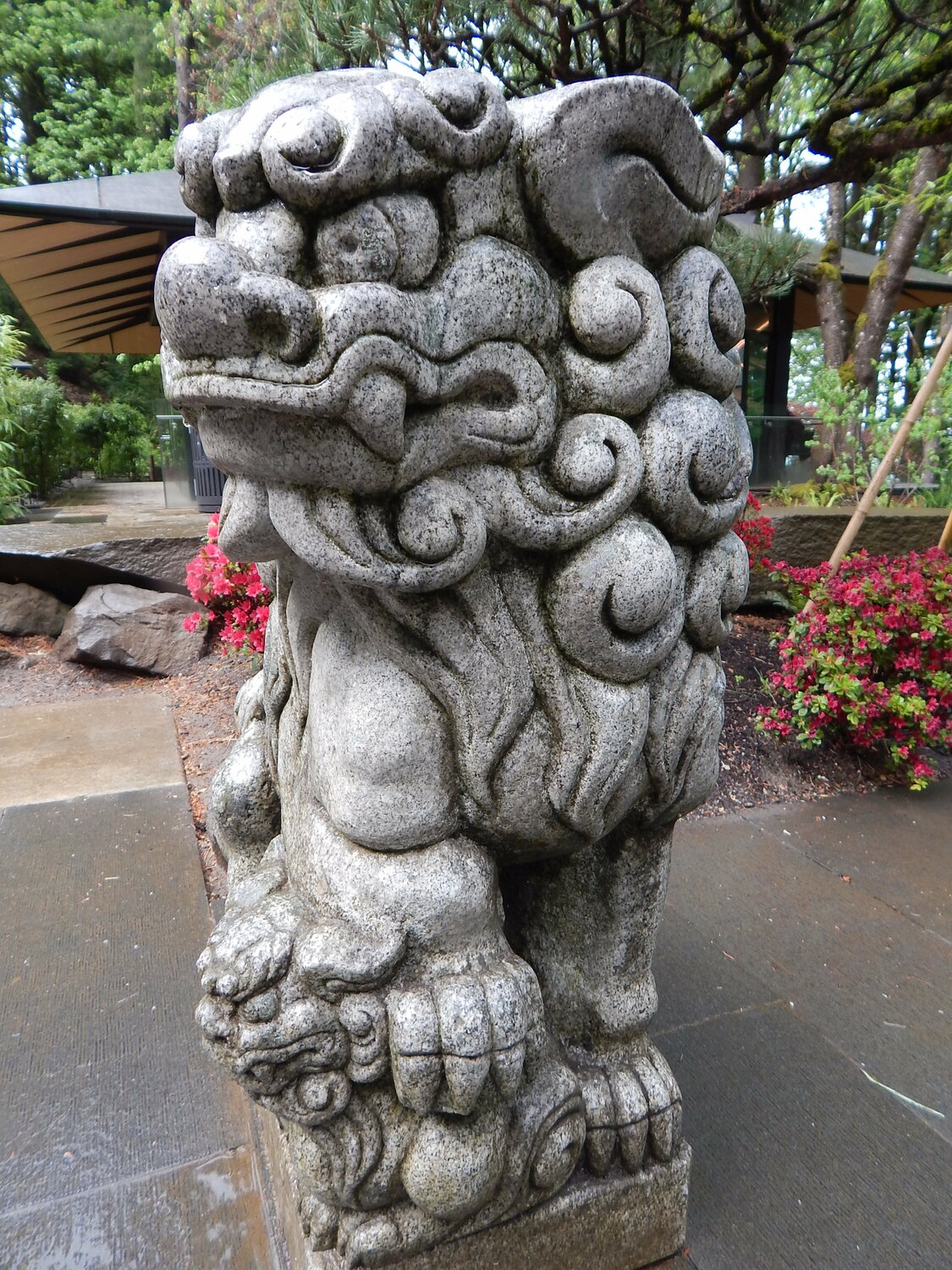
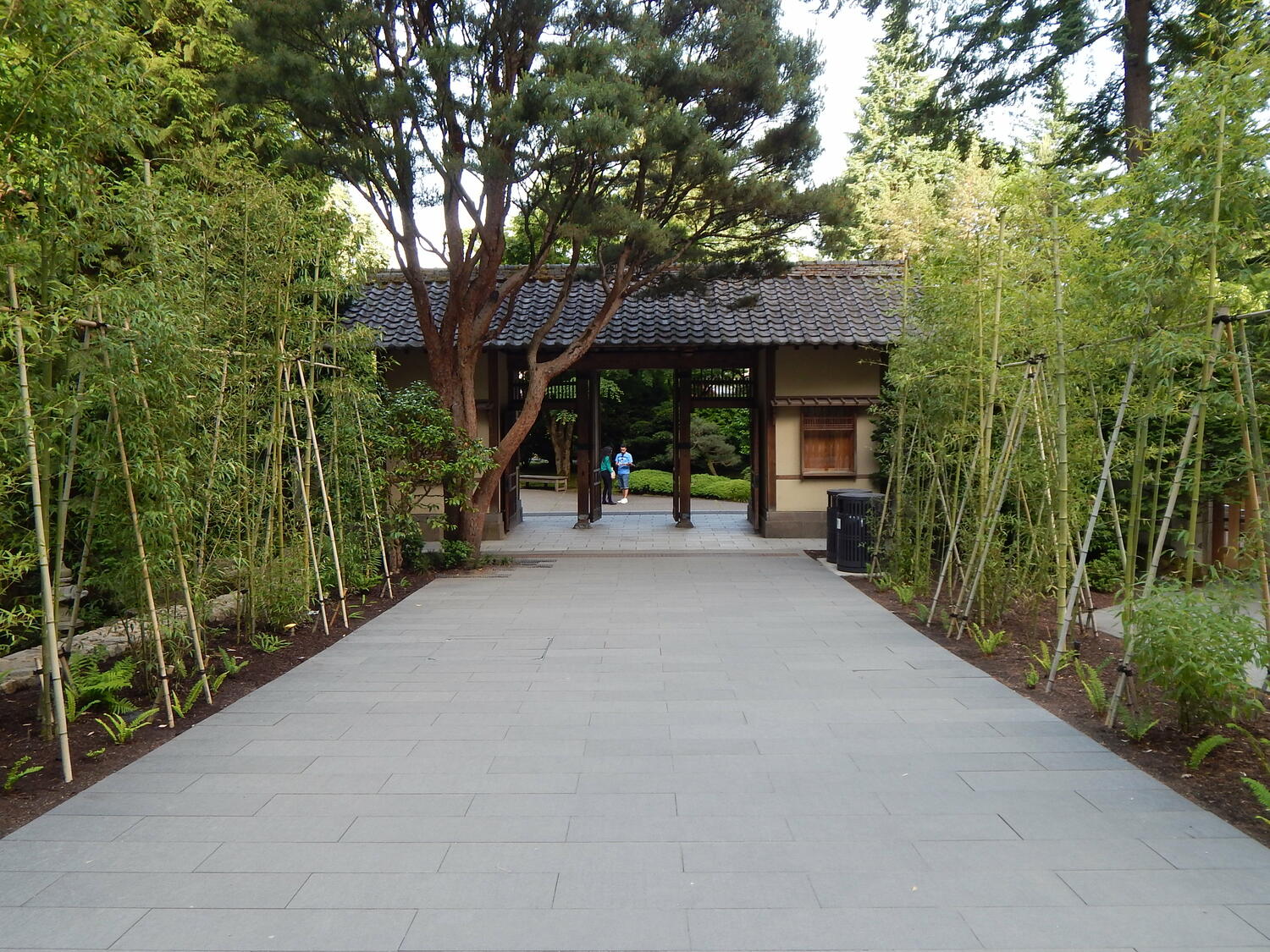
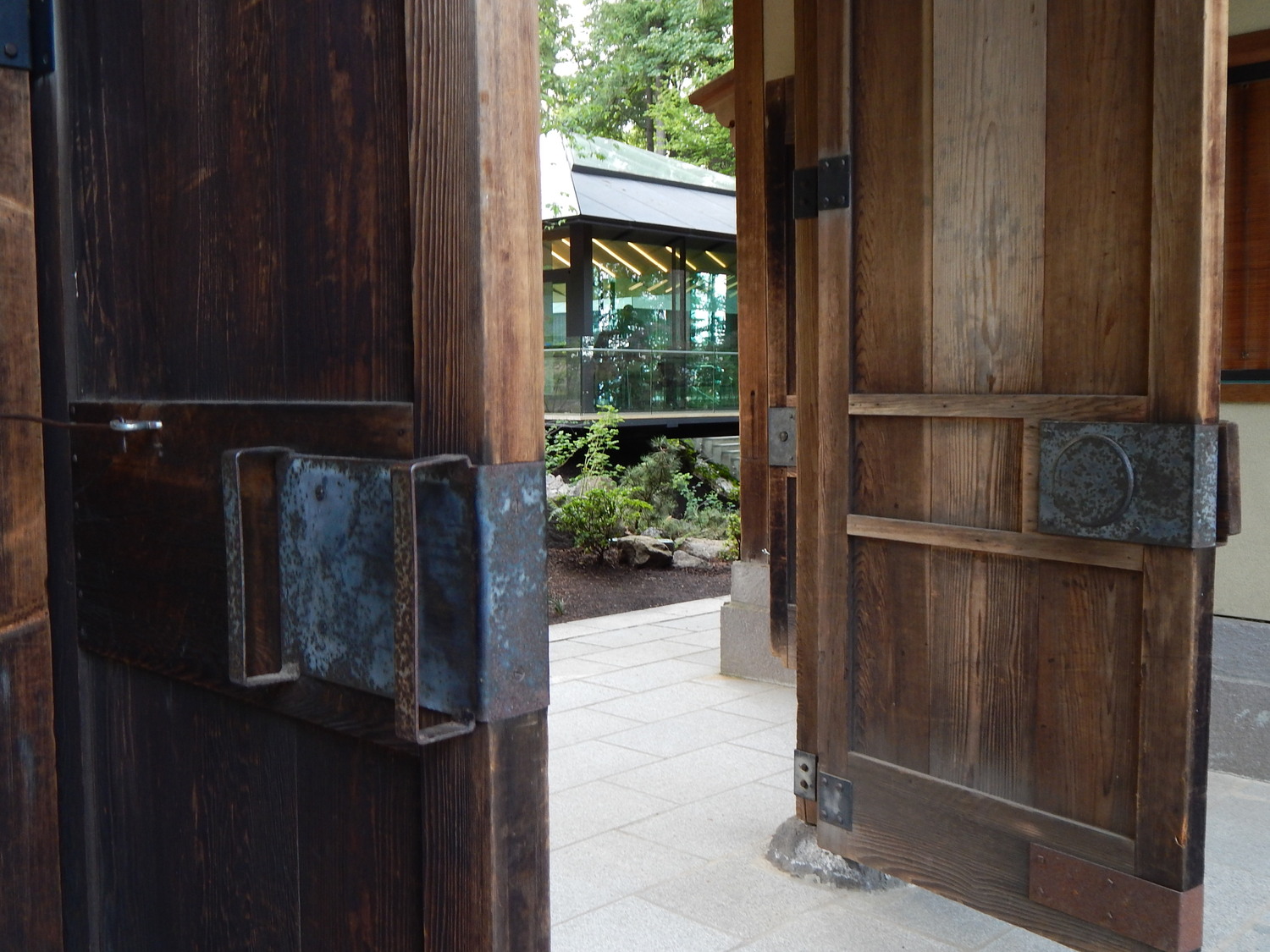

Founded in 1963, is 12 acres nestled into the west hills and next to our world renown Rose Garden (among other nicknames we are known as Rose City); for B-ball fans Rip City, for eco-folks Stumptown, and fans of bridges, Bridge City (we have 13).
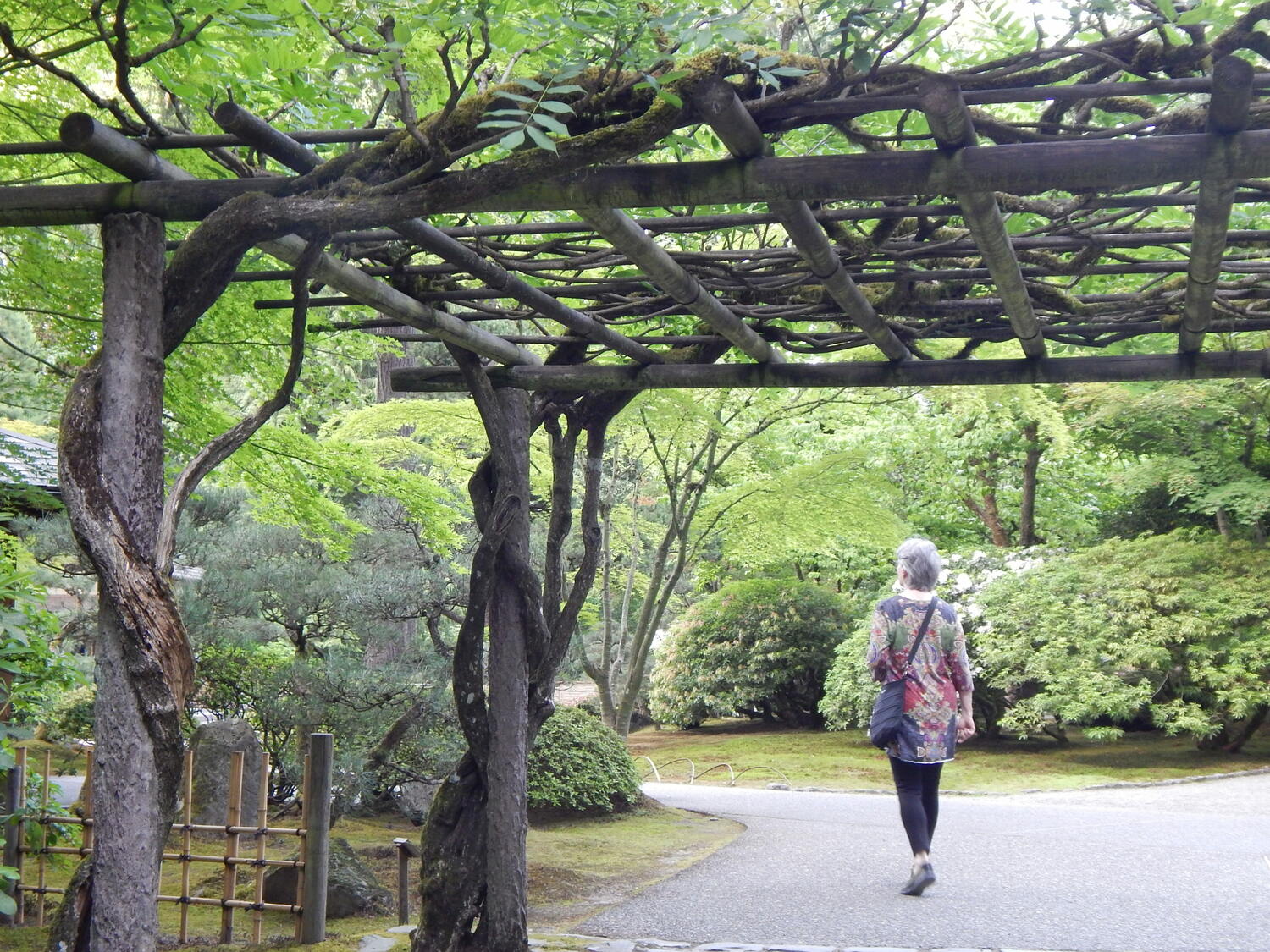

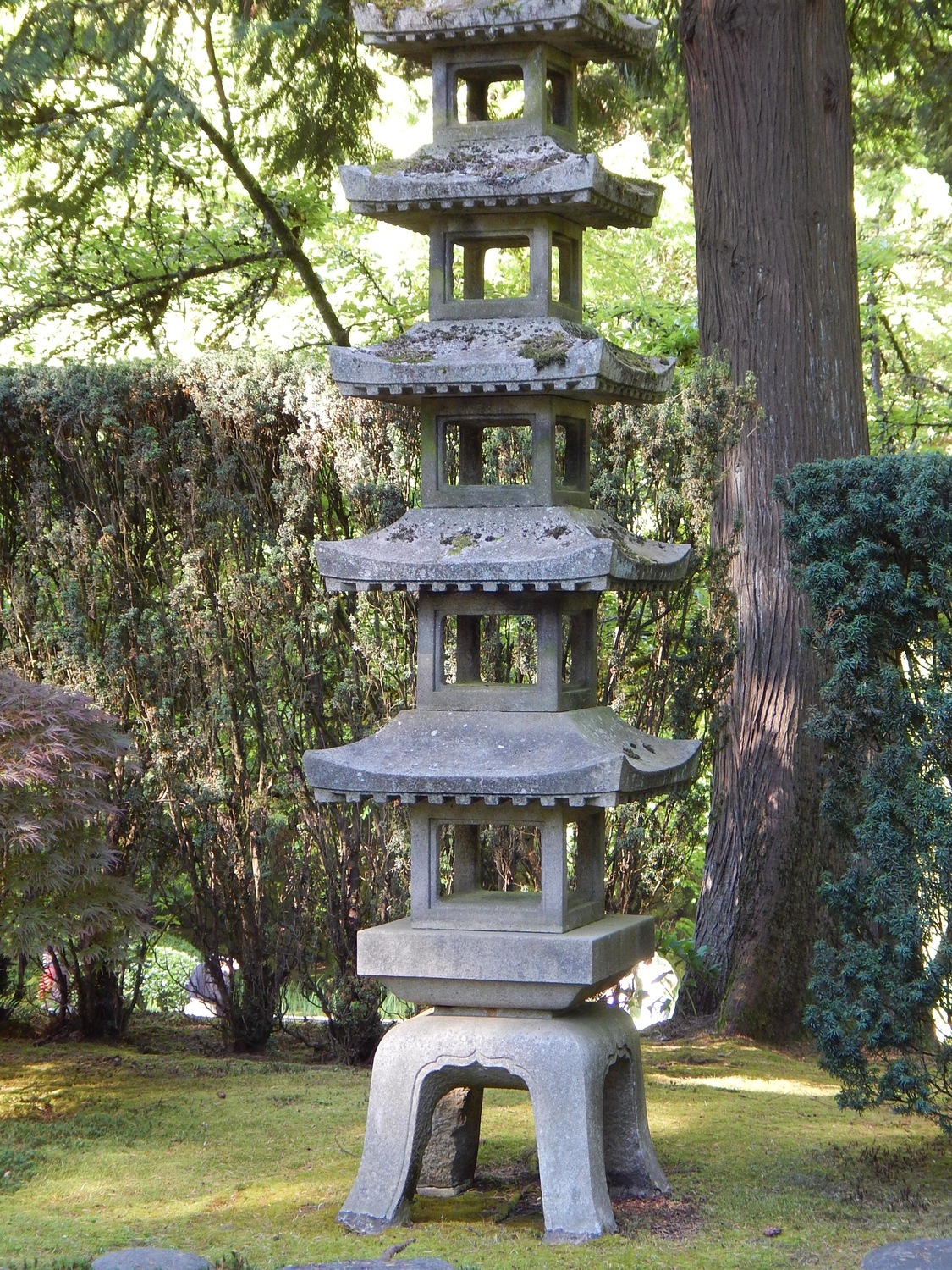

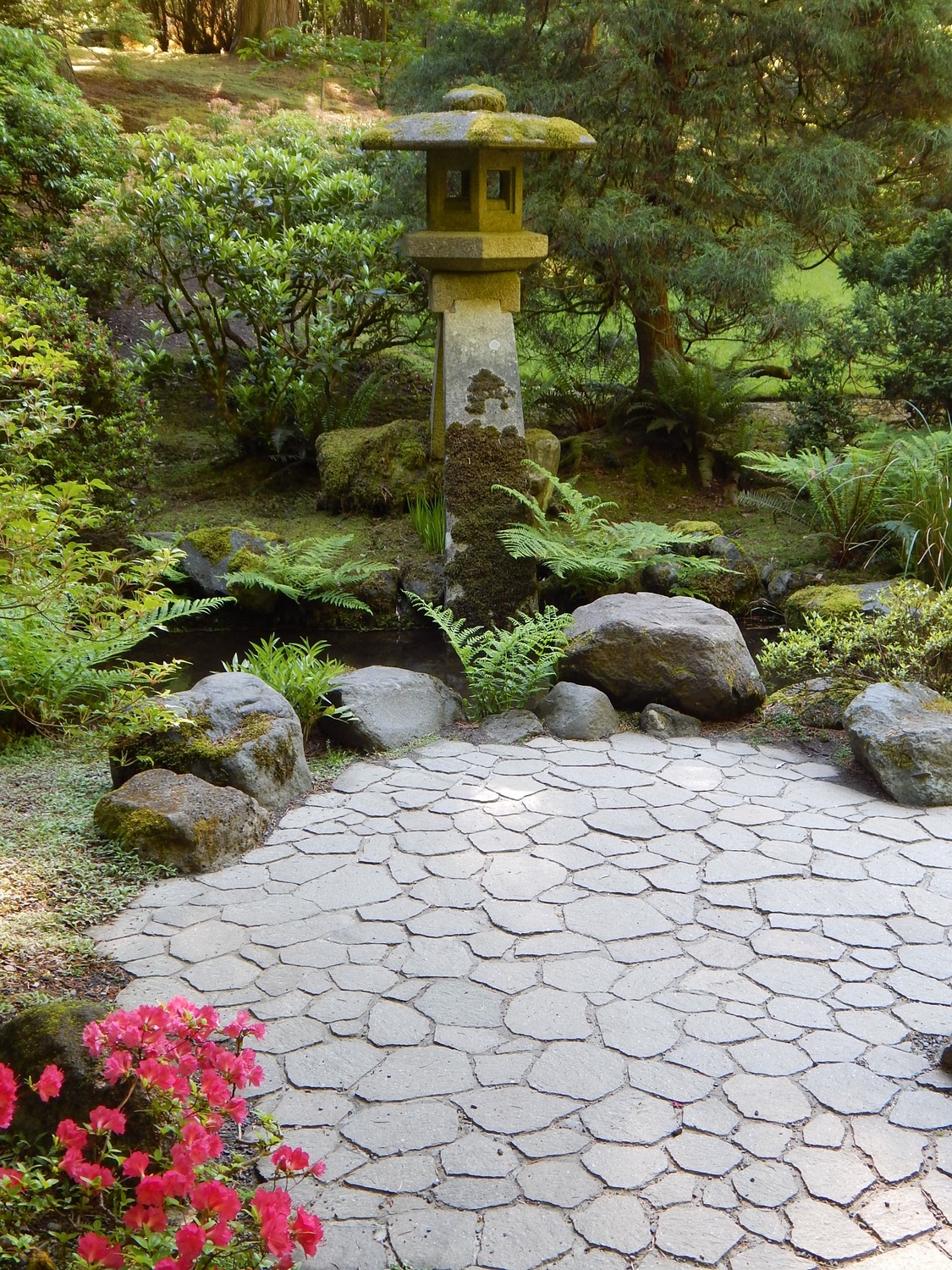
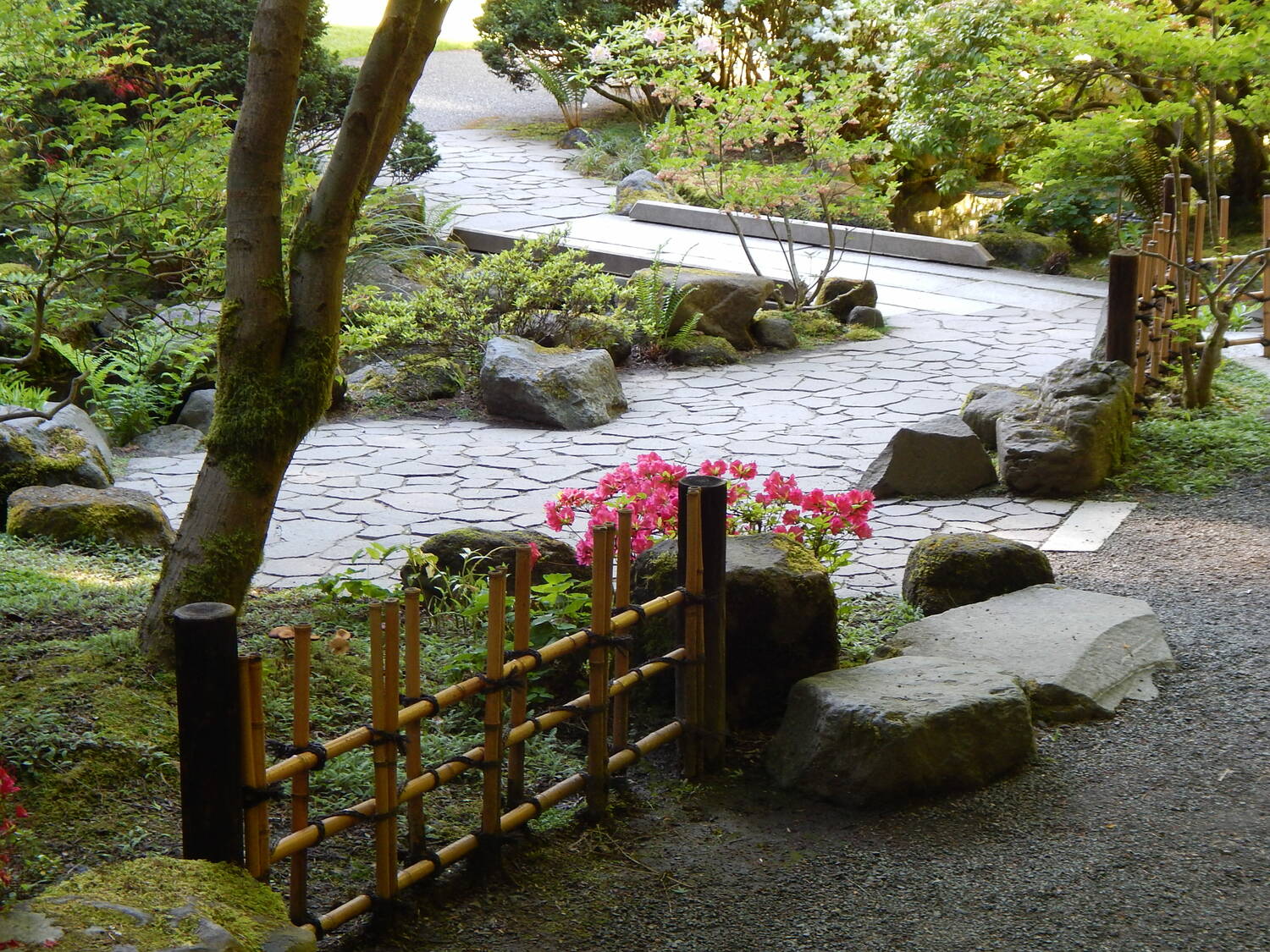
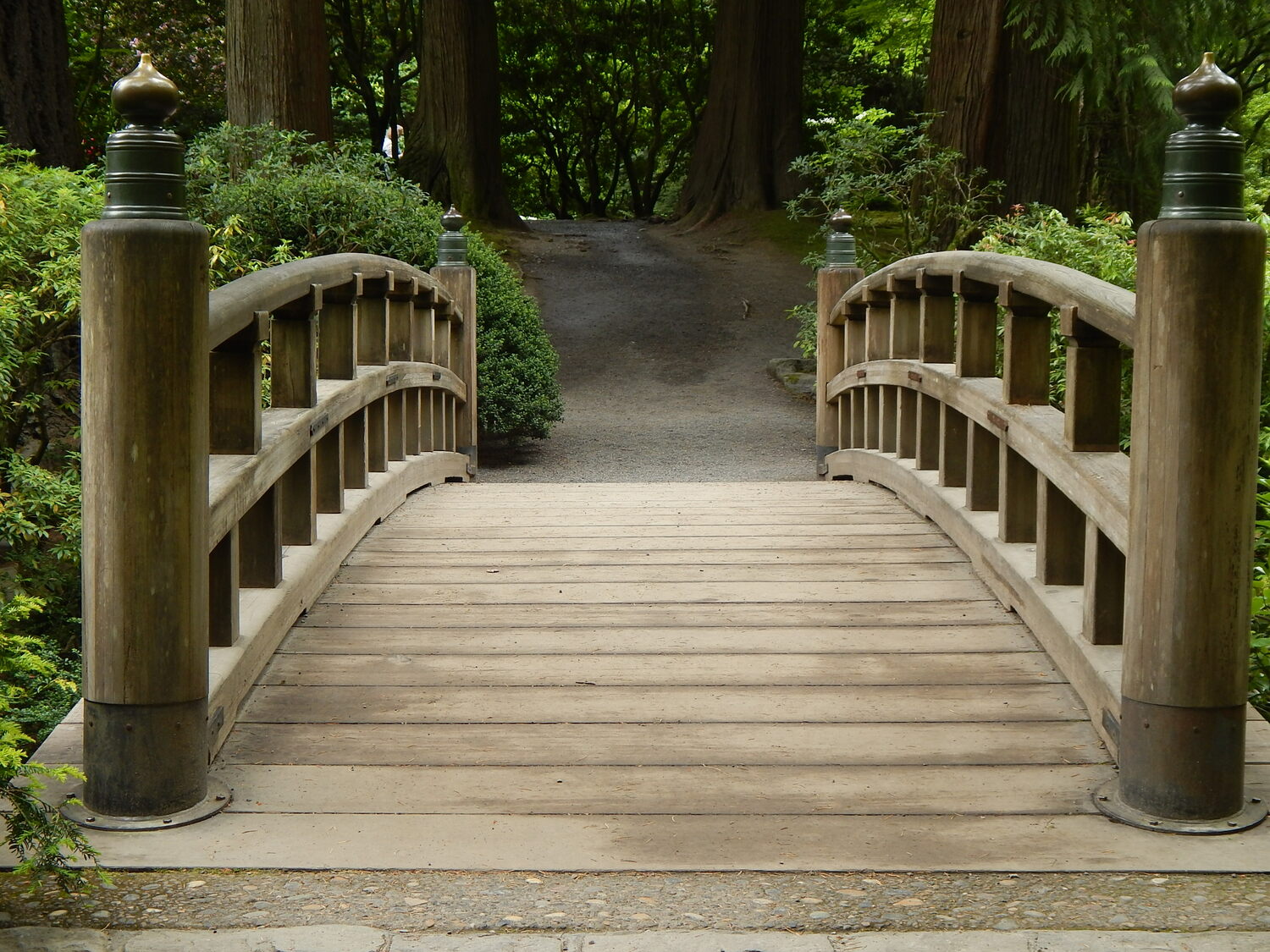
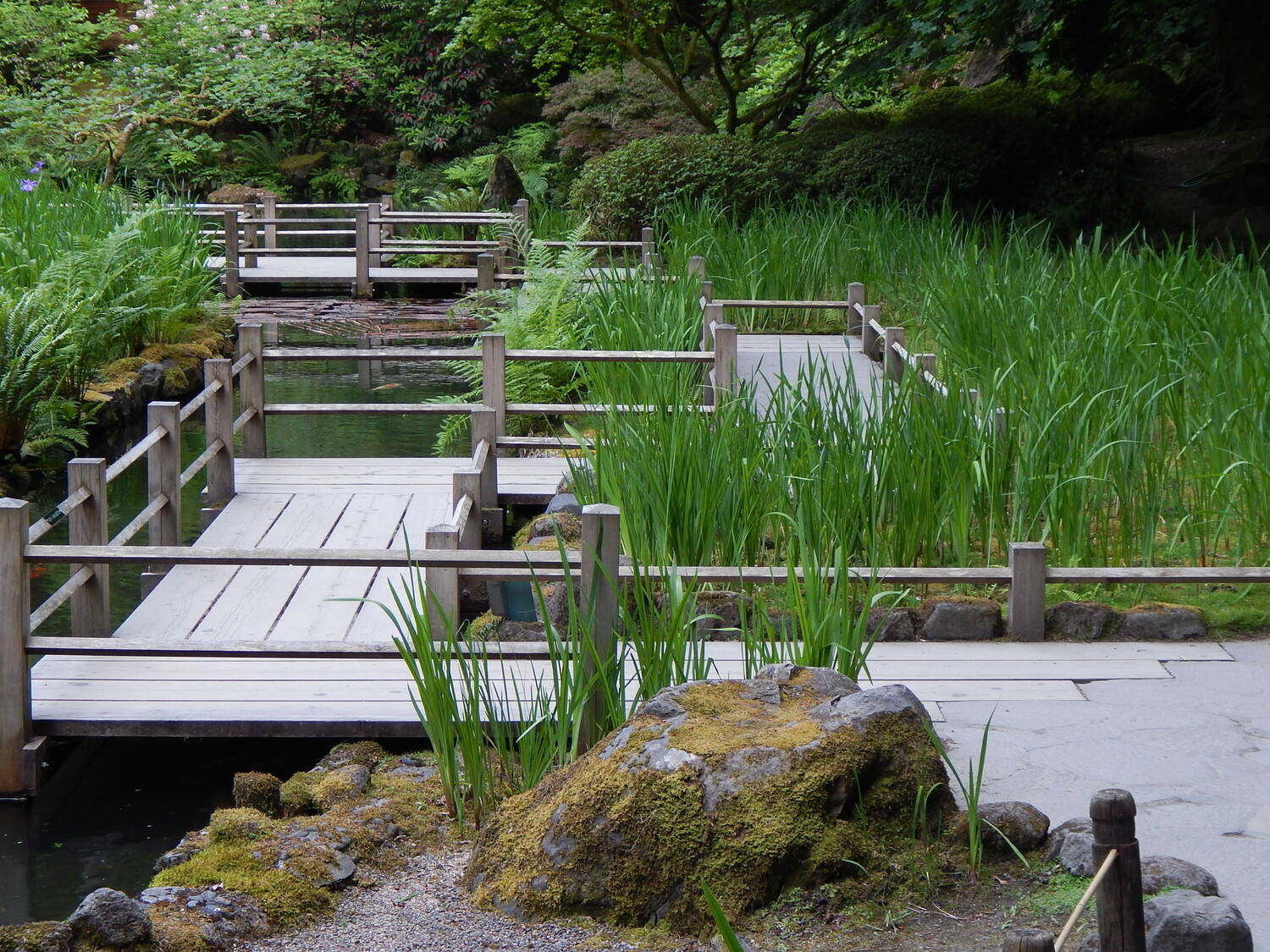
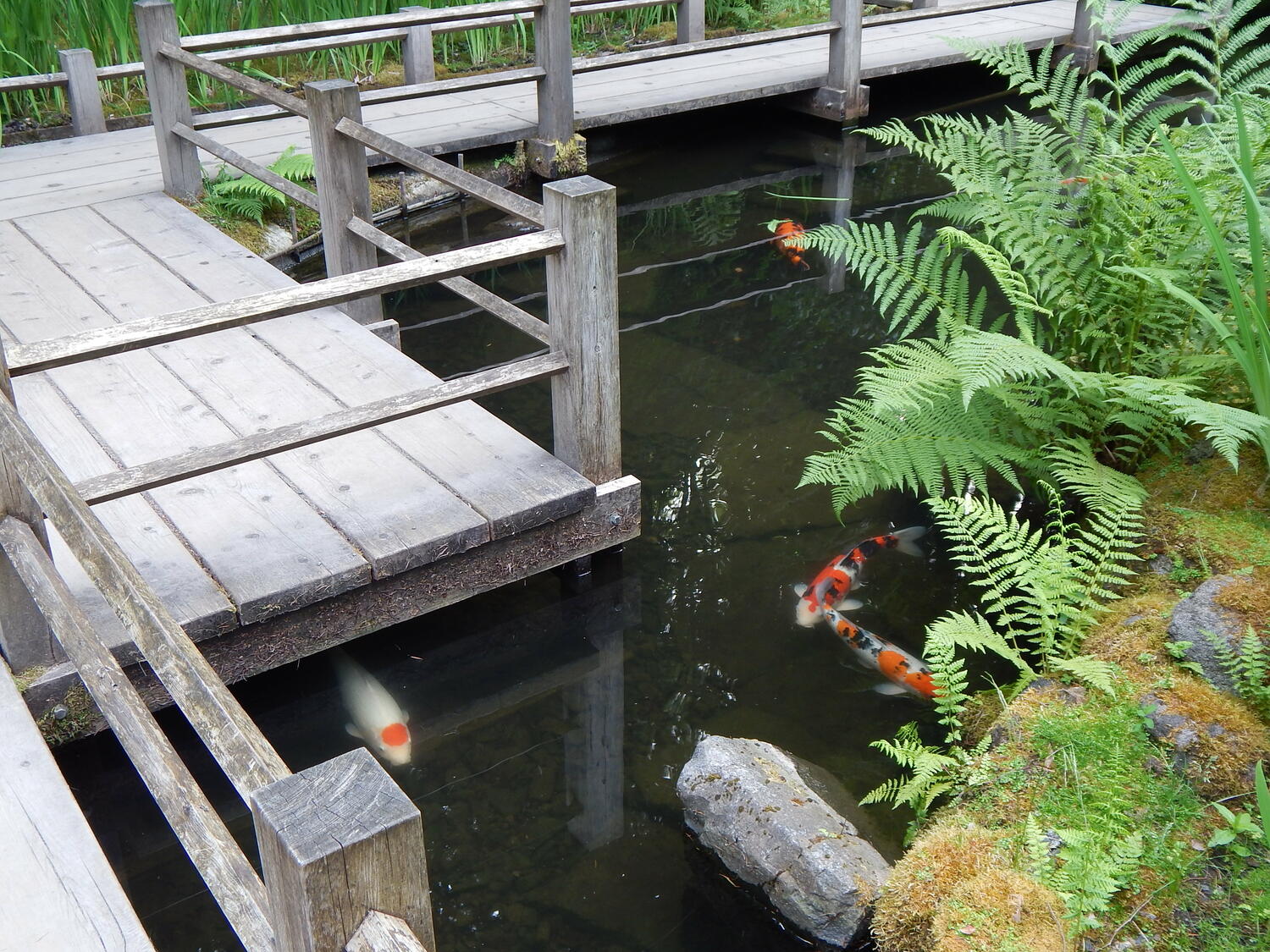


The Japanese garden is within the larger Washington park and not far removed from the even larger Forest park (purportedly the largest park within city limits in the country) which also contains the Hoyt Arboretum.
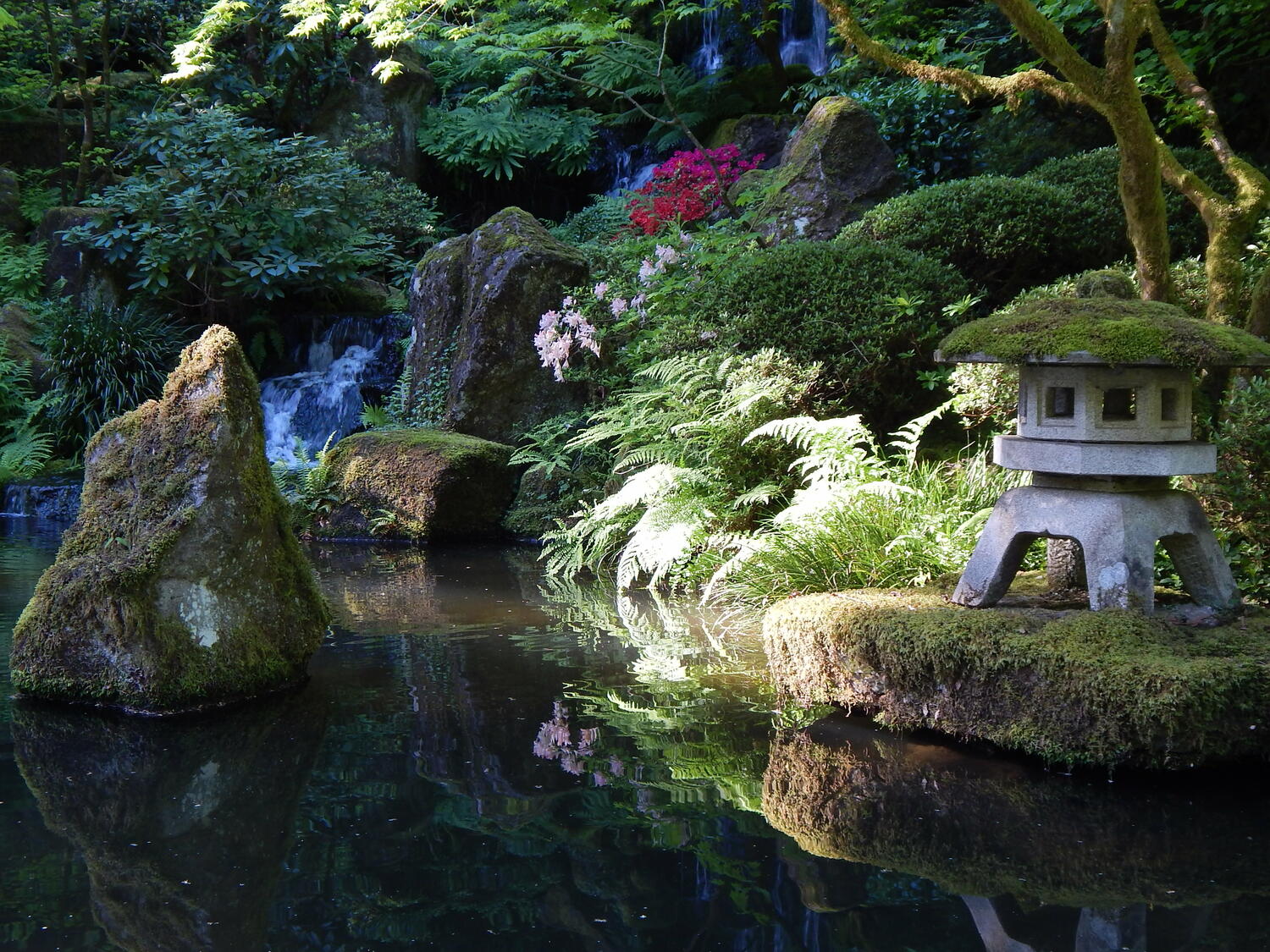
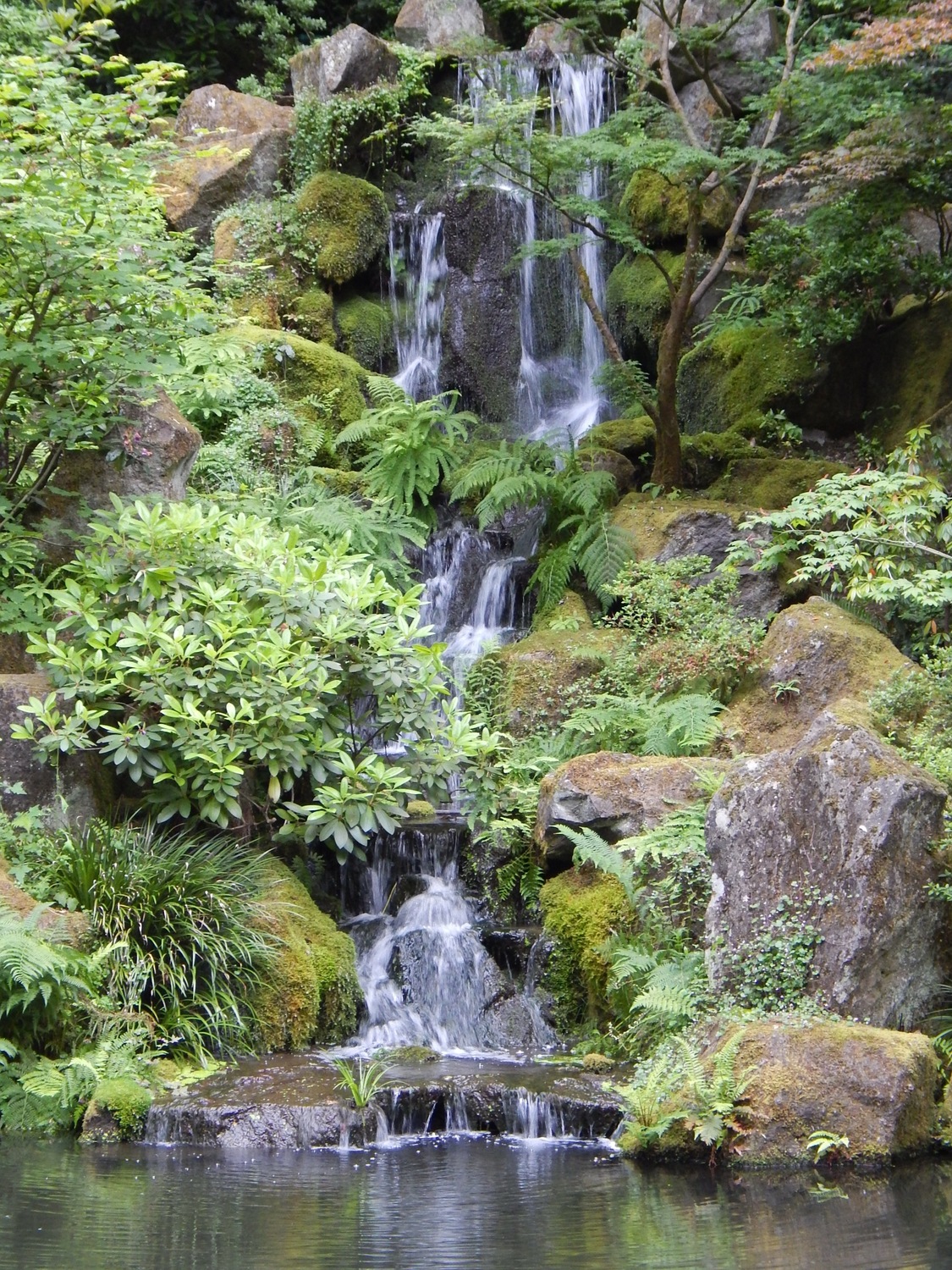


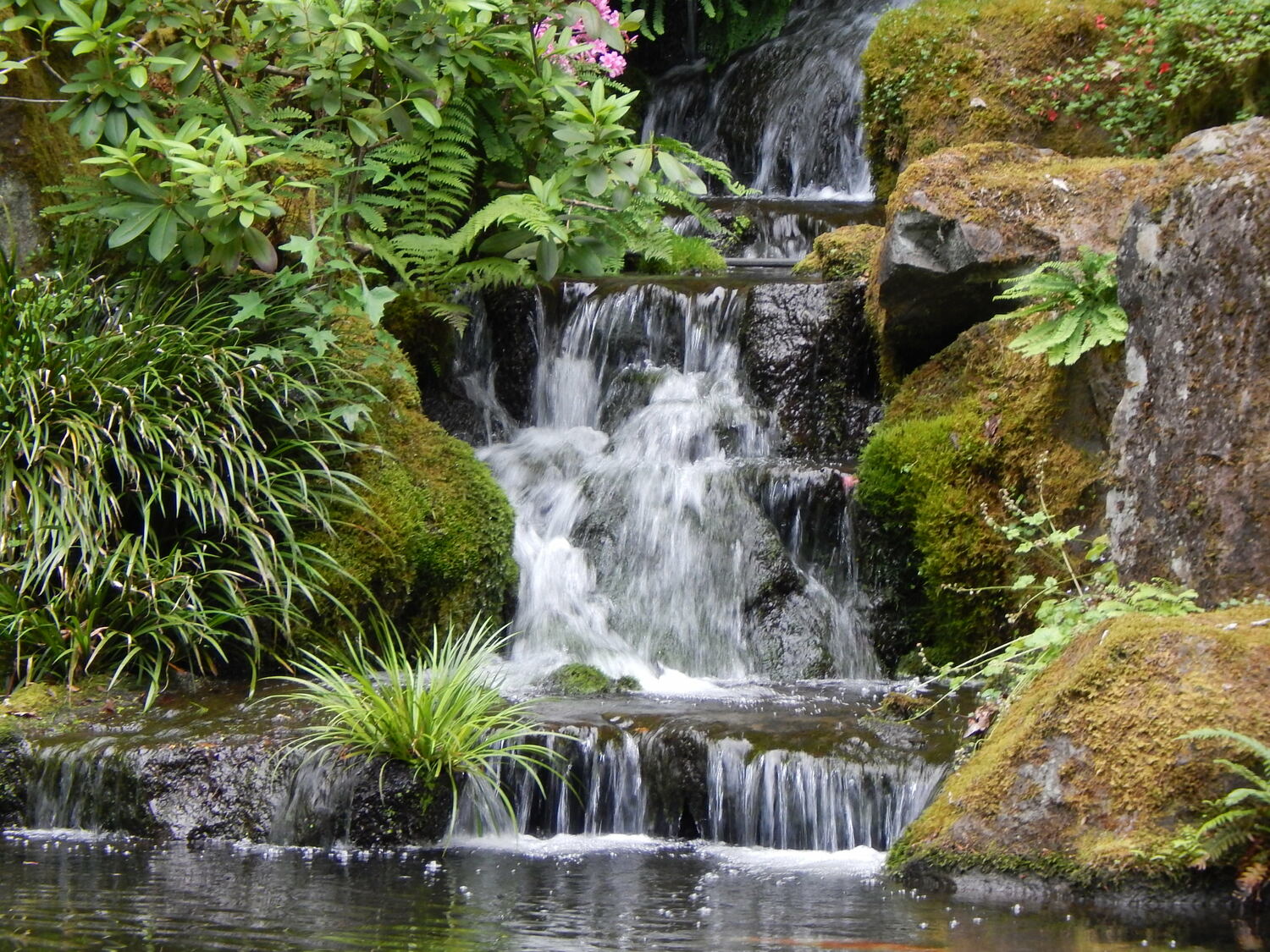
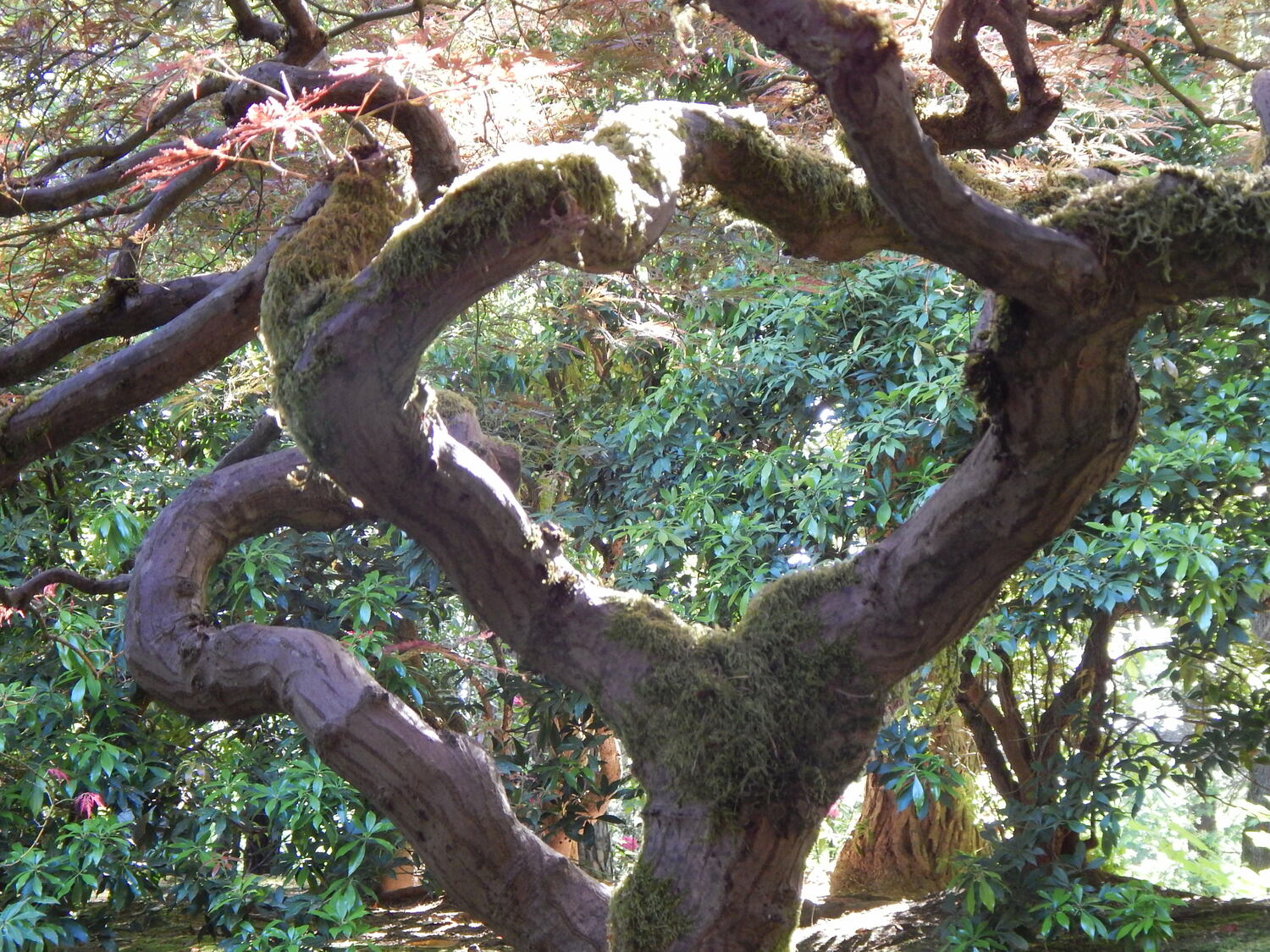
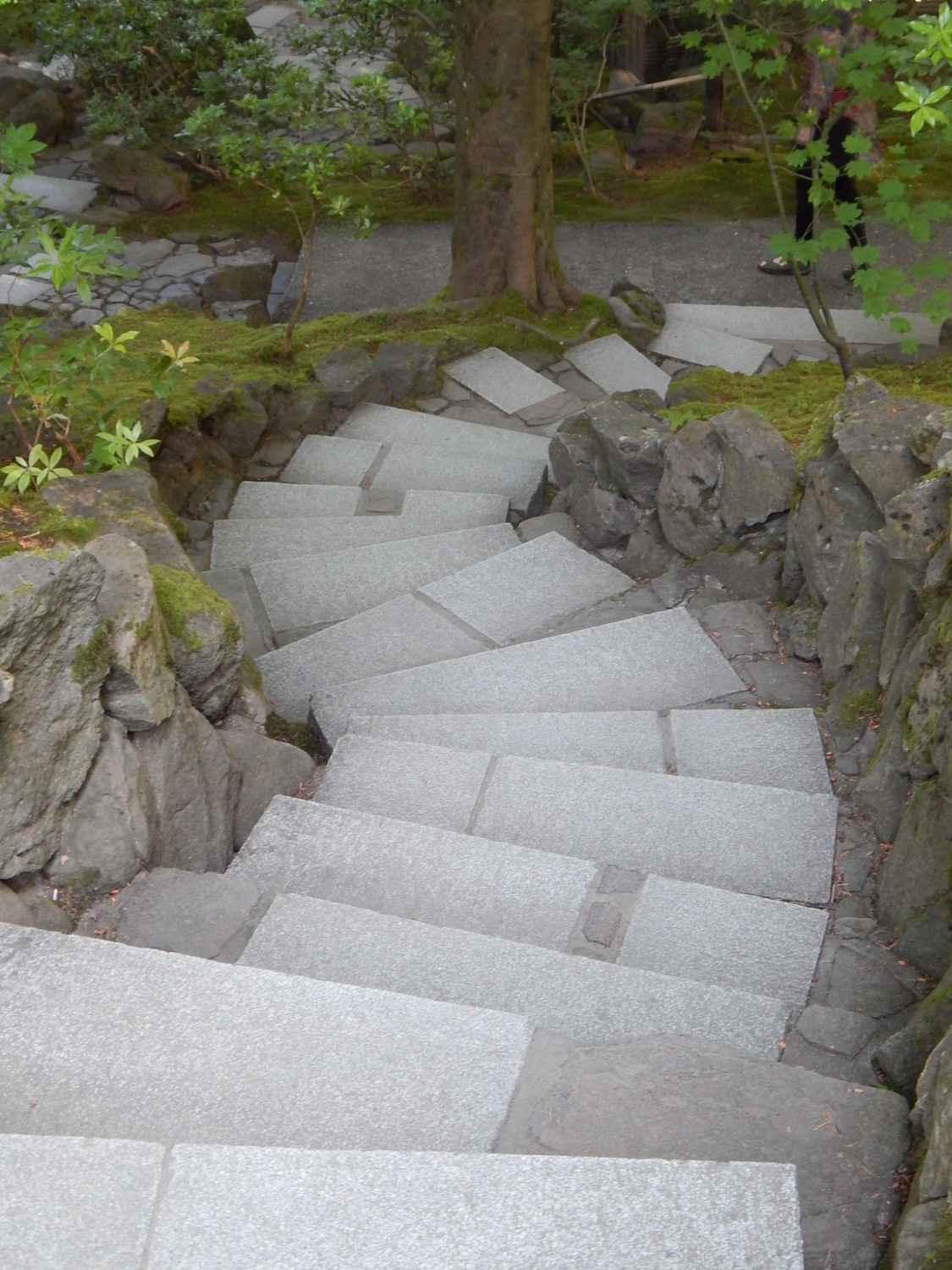
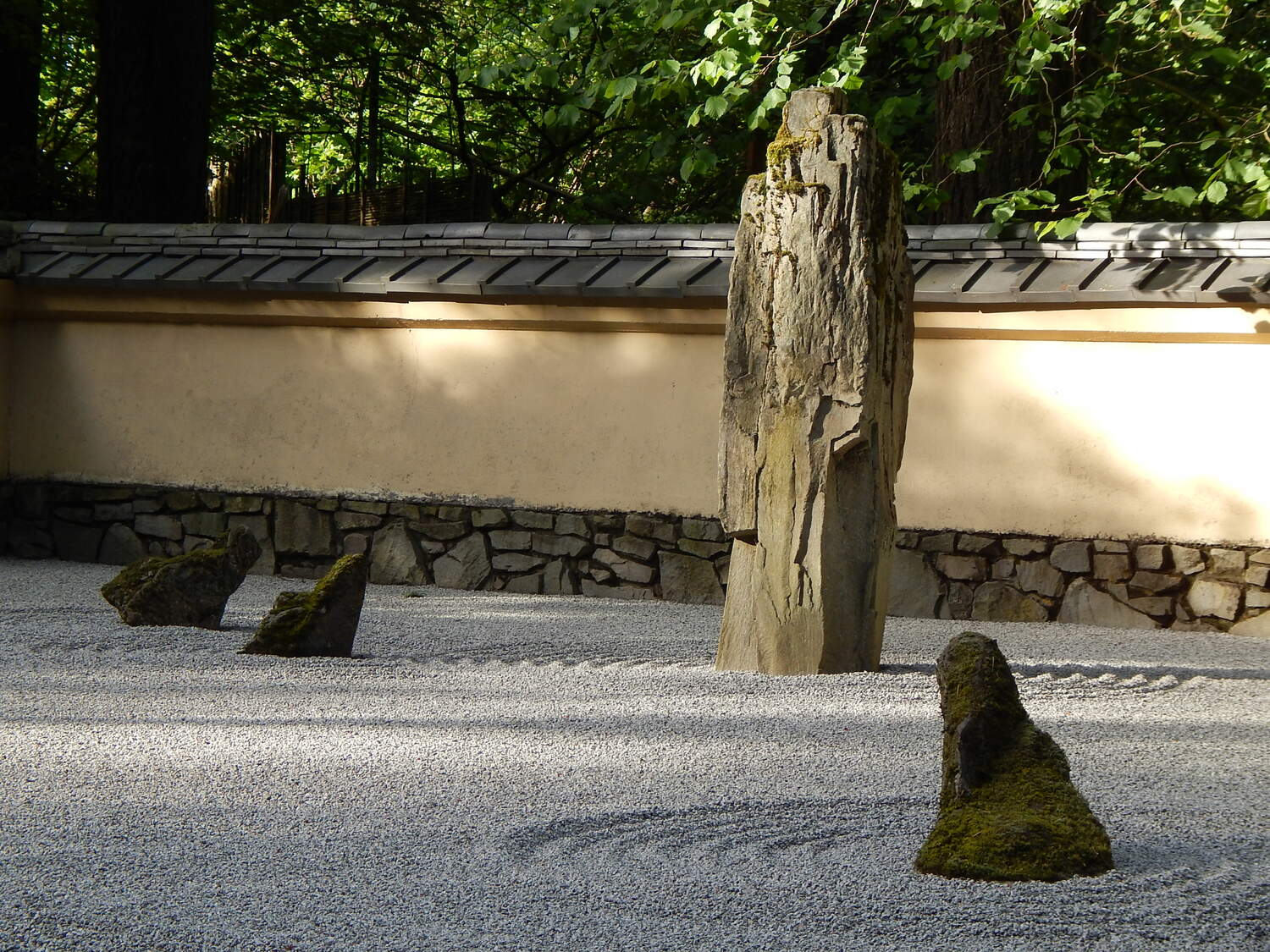
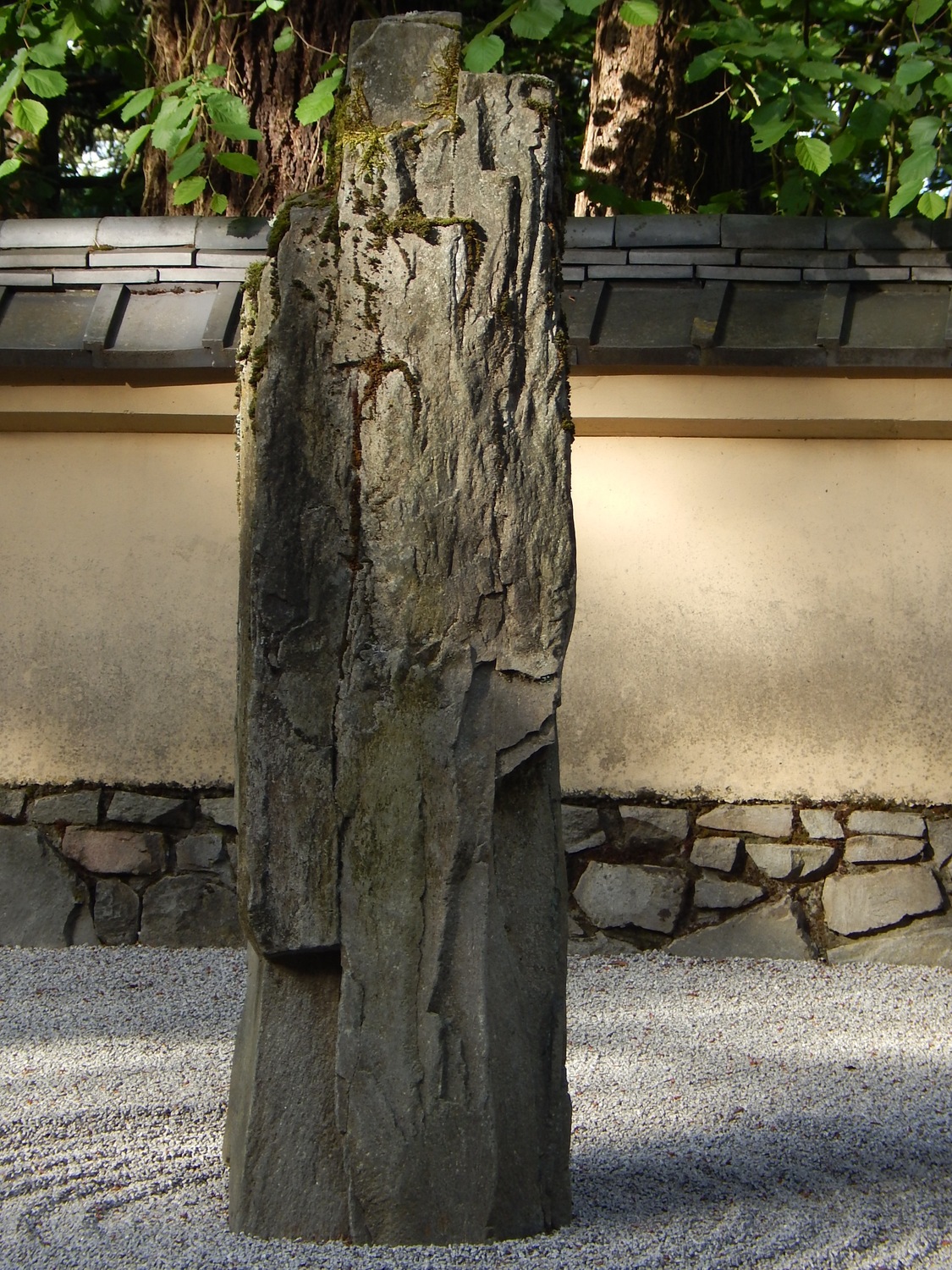
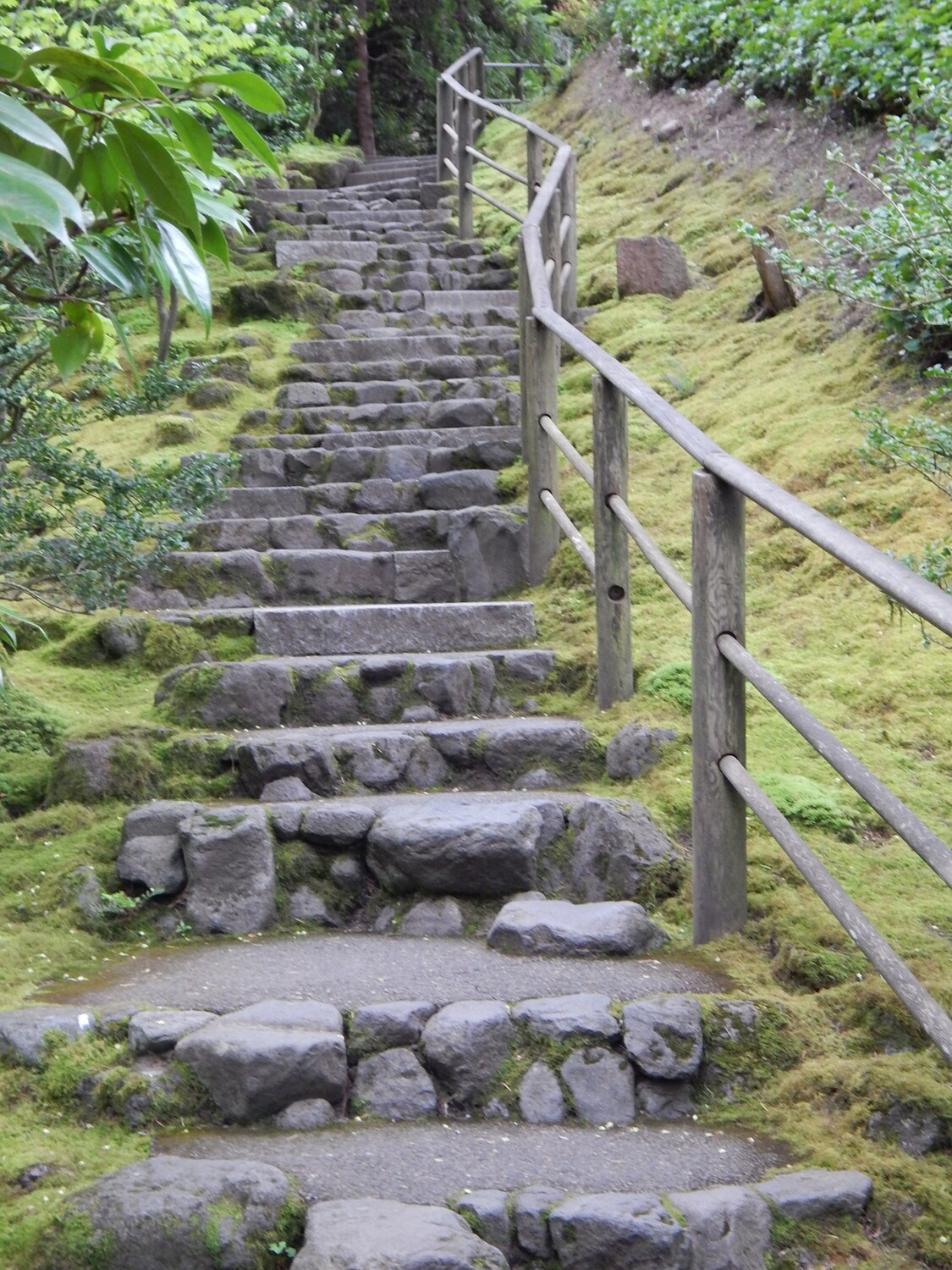
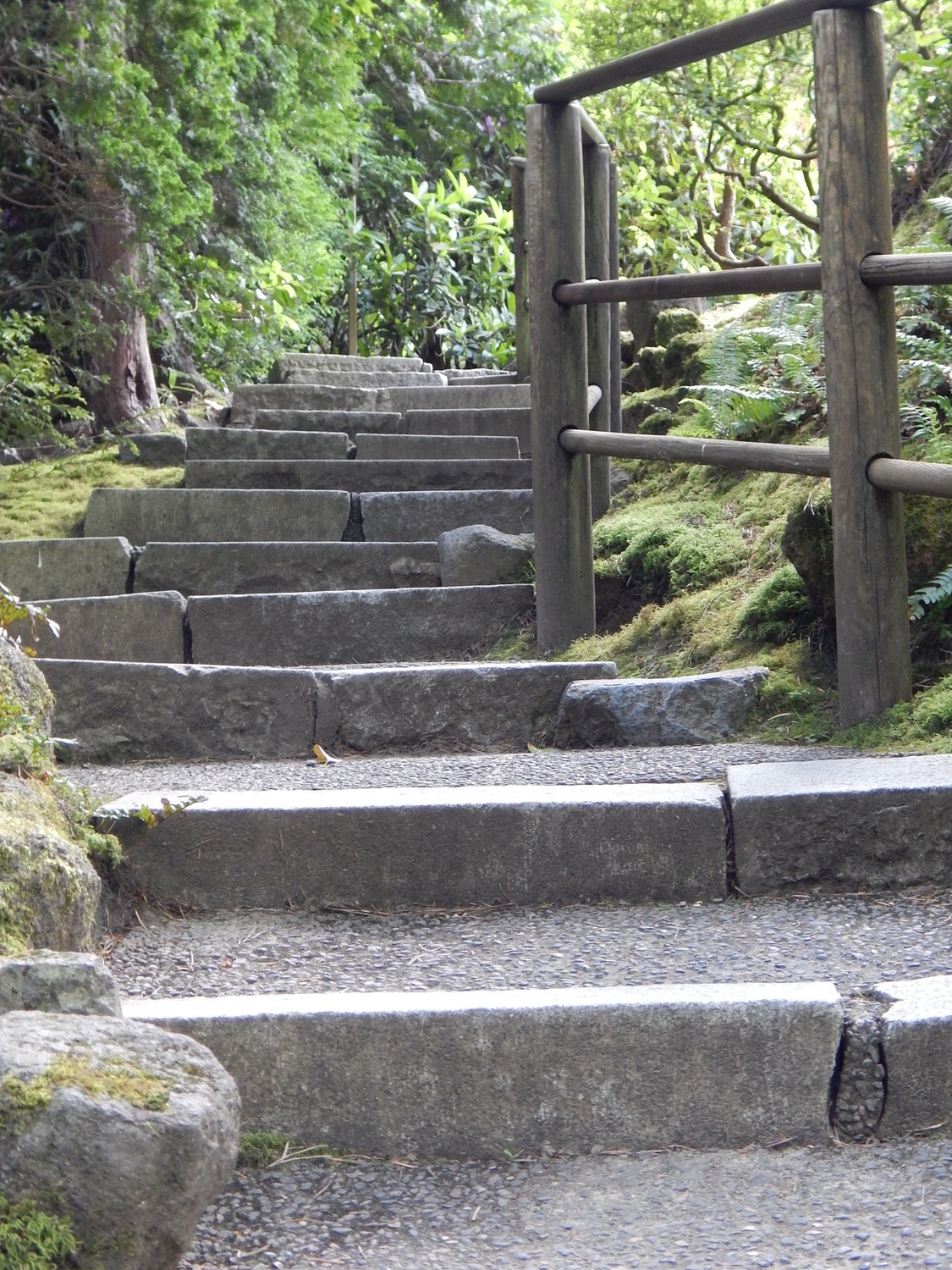
Forest Park also hosts the Portland Zoo, Vietnam Memorial and World Forestry Center.

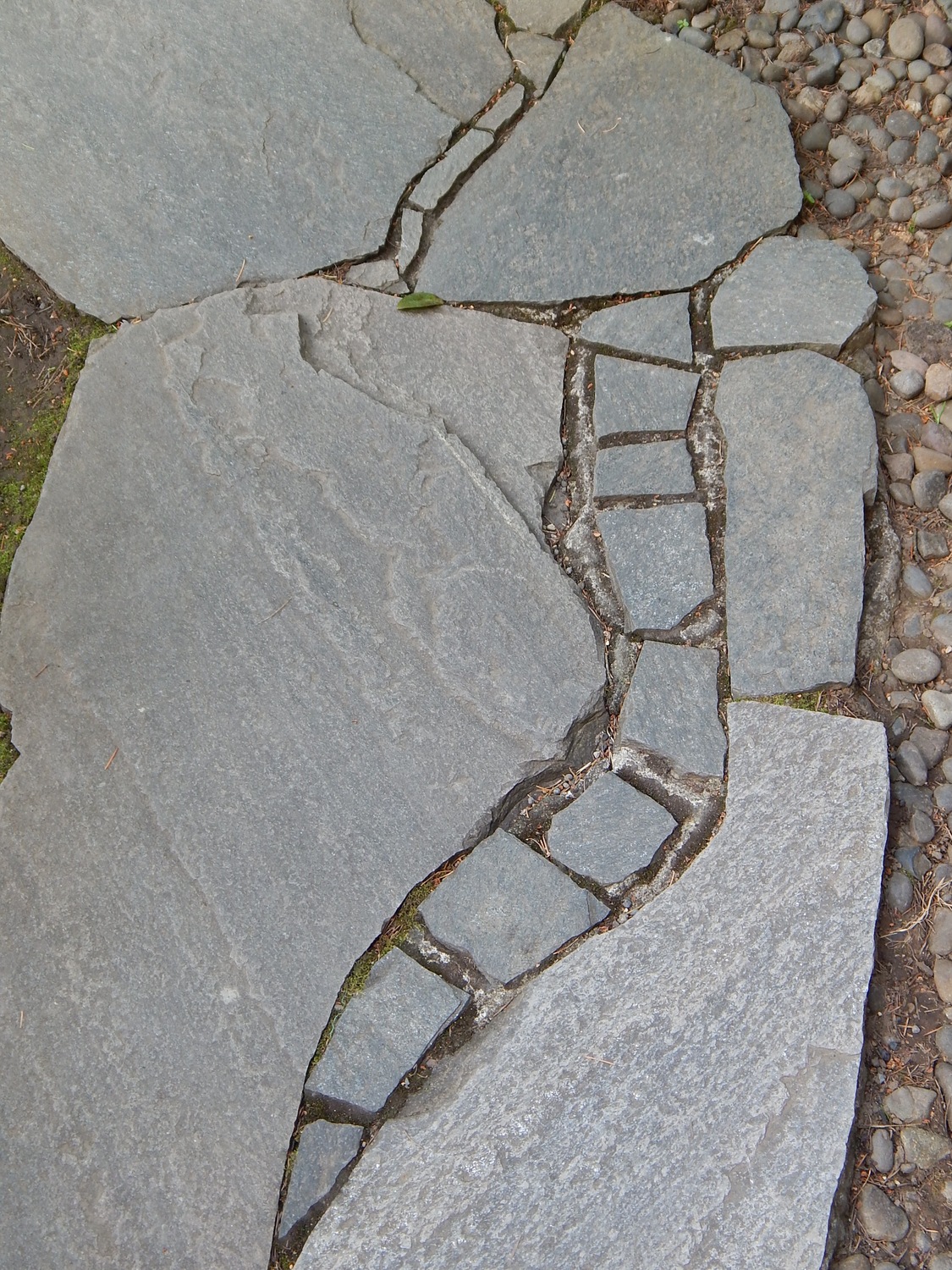
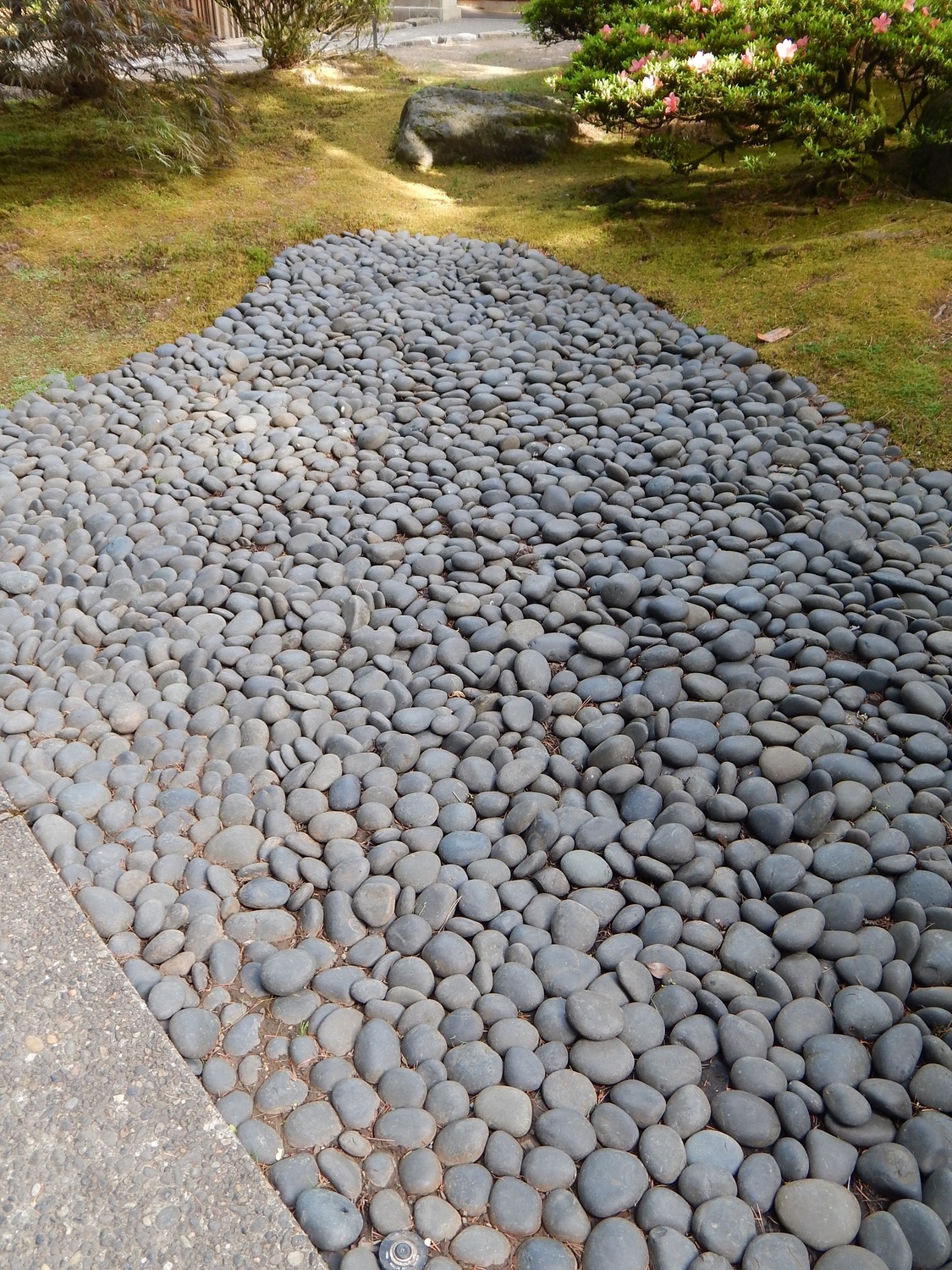
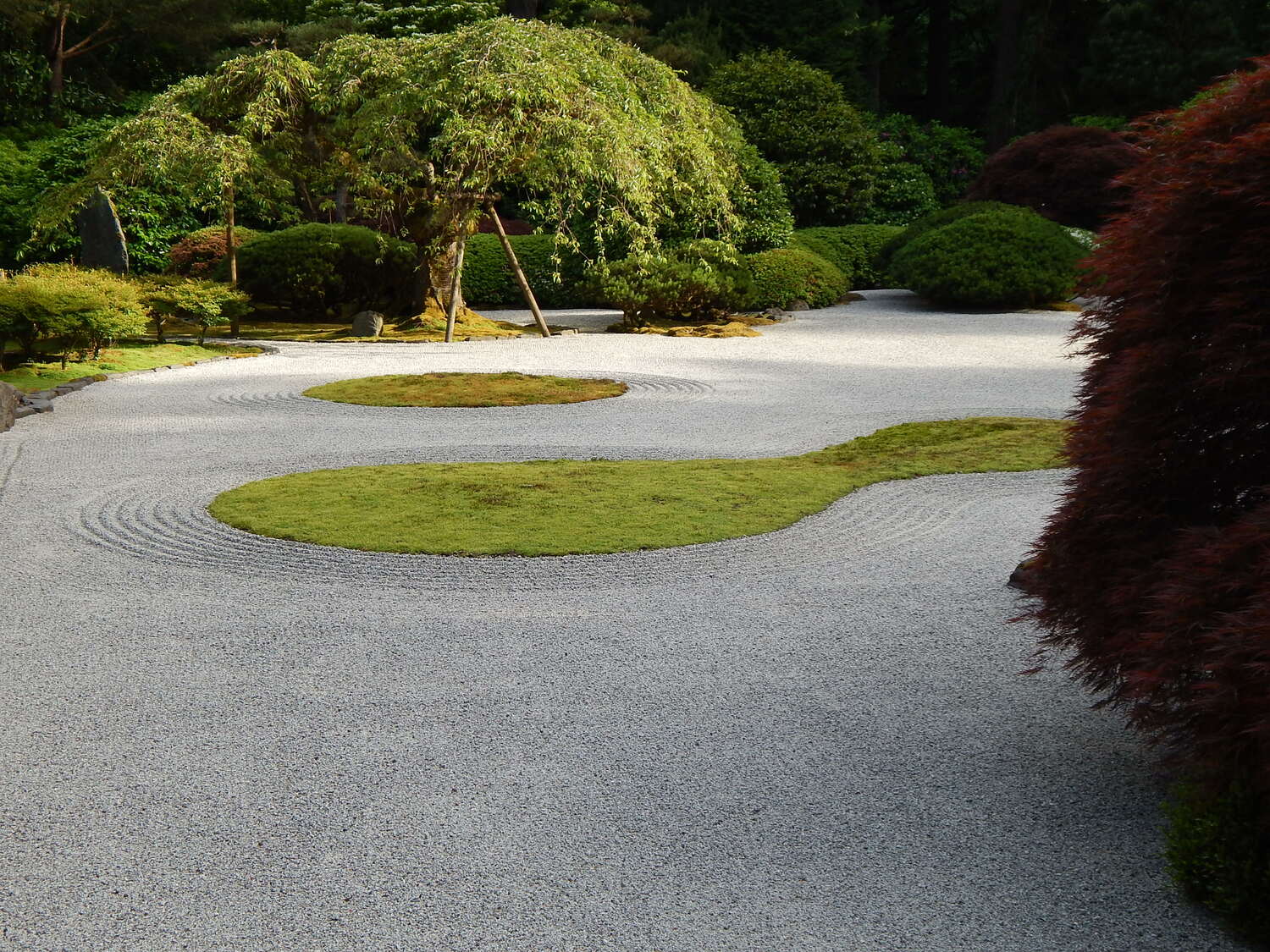
The Japanese garden itself also houses the Jordan Schnitzer Japanese Arts Learning Center and a bonsai collection.
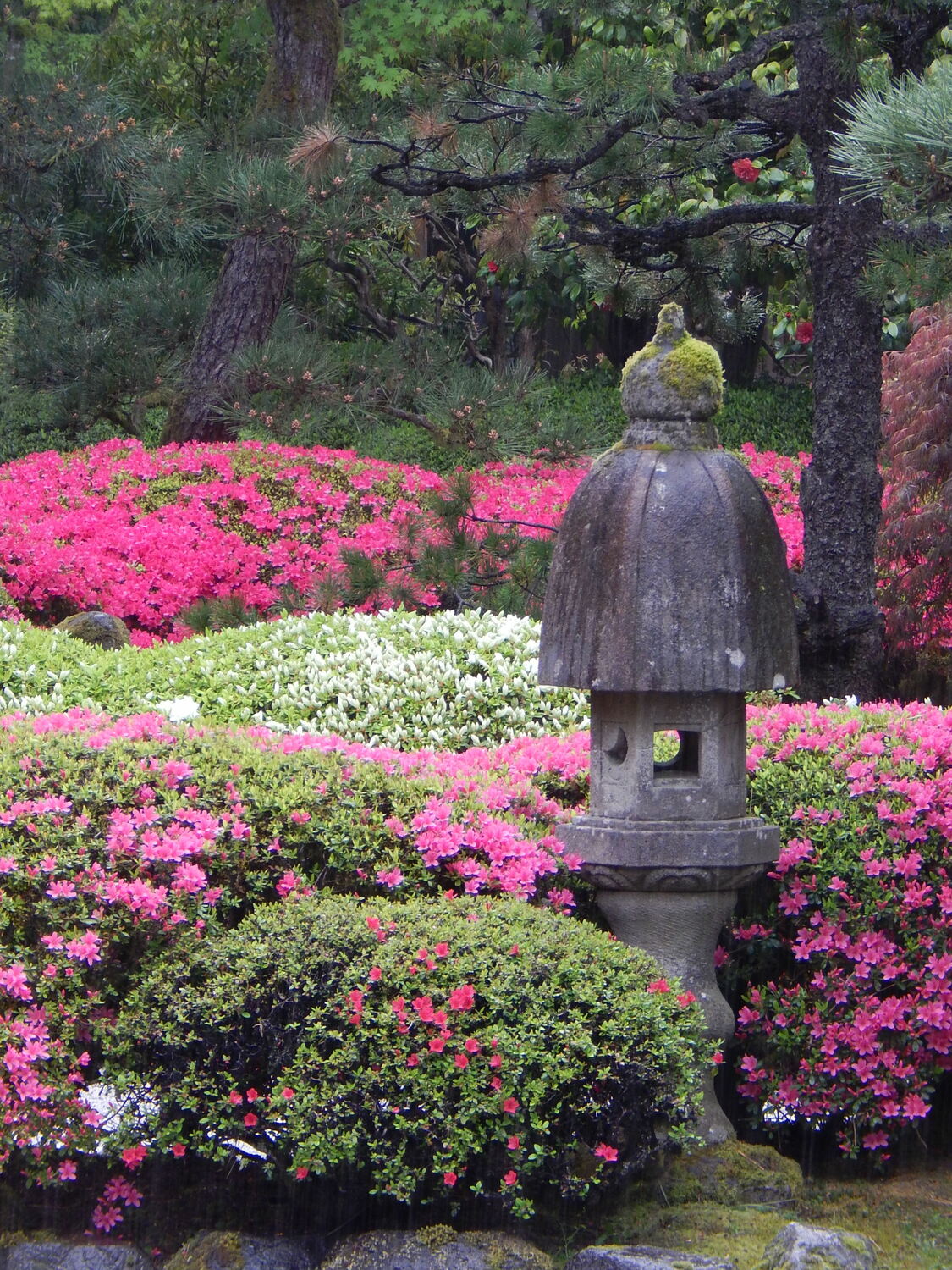
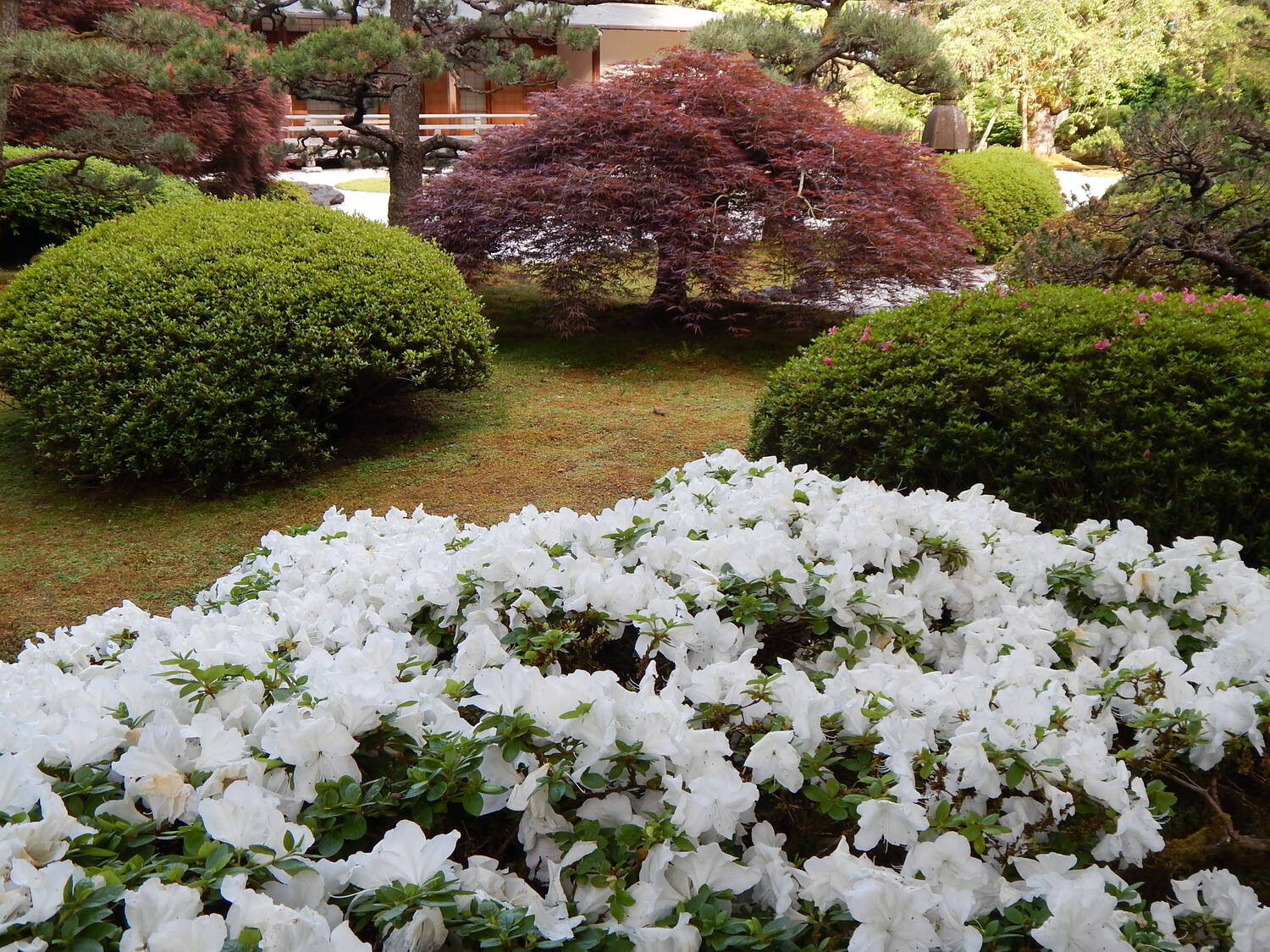
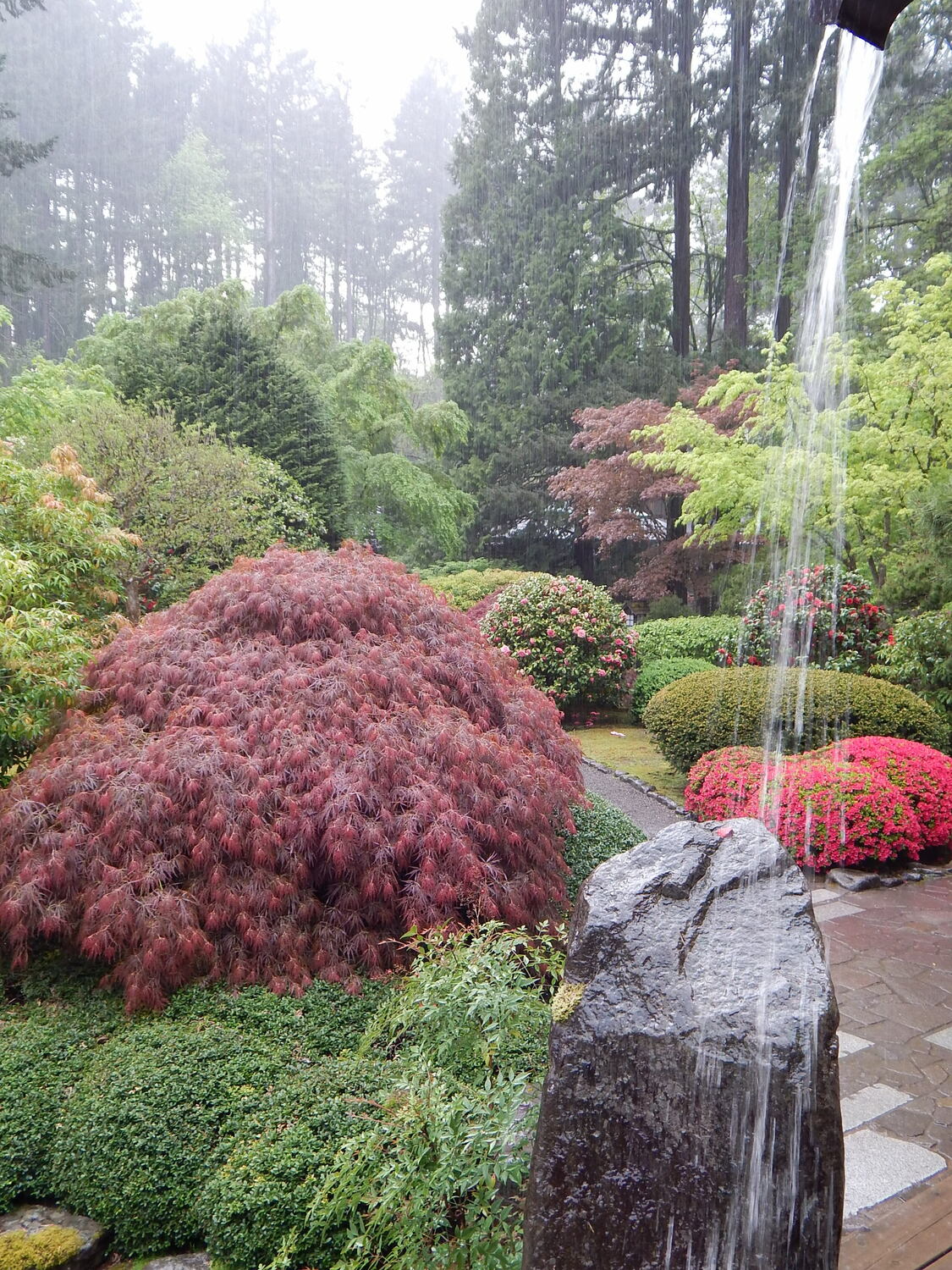
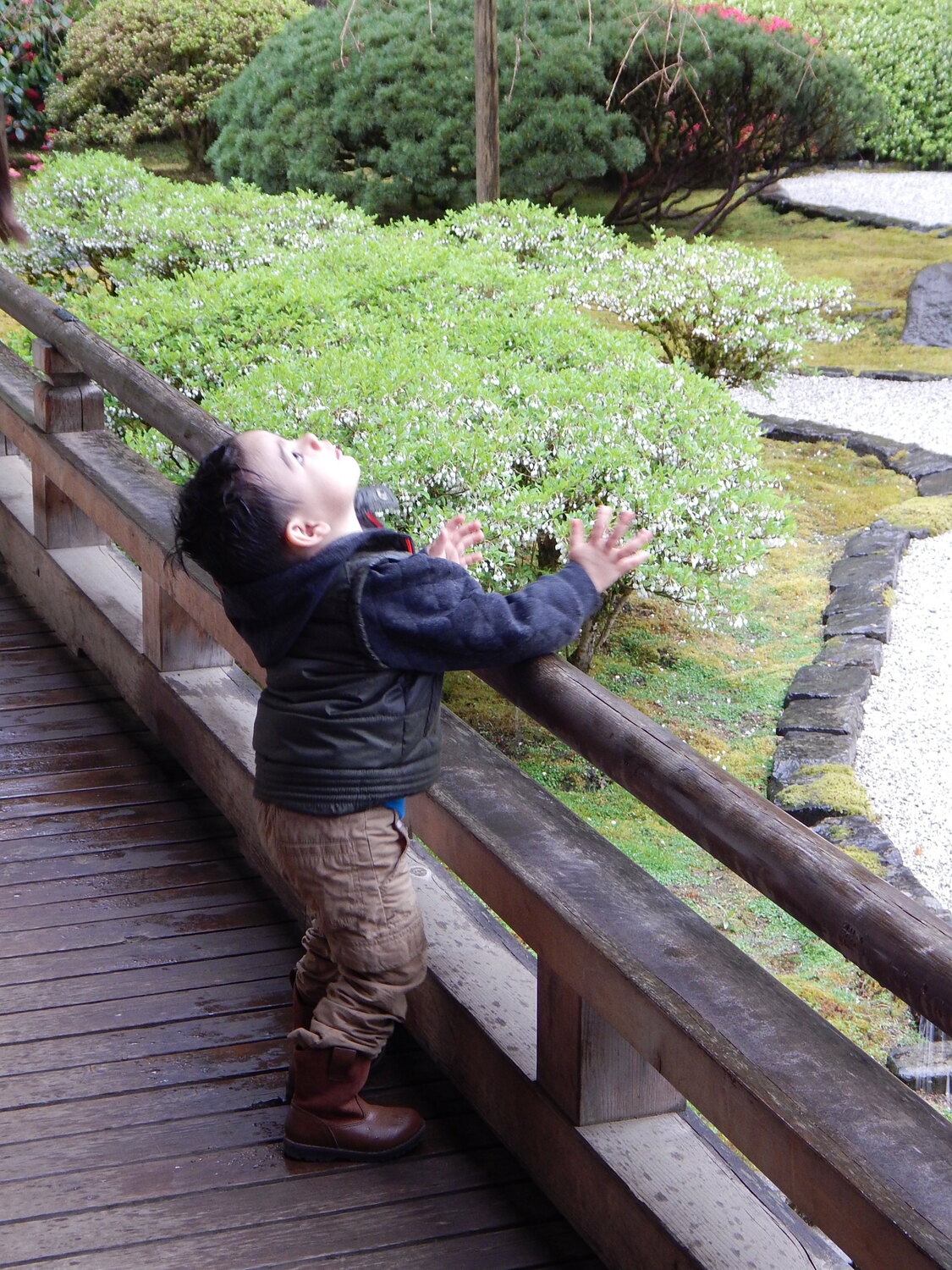
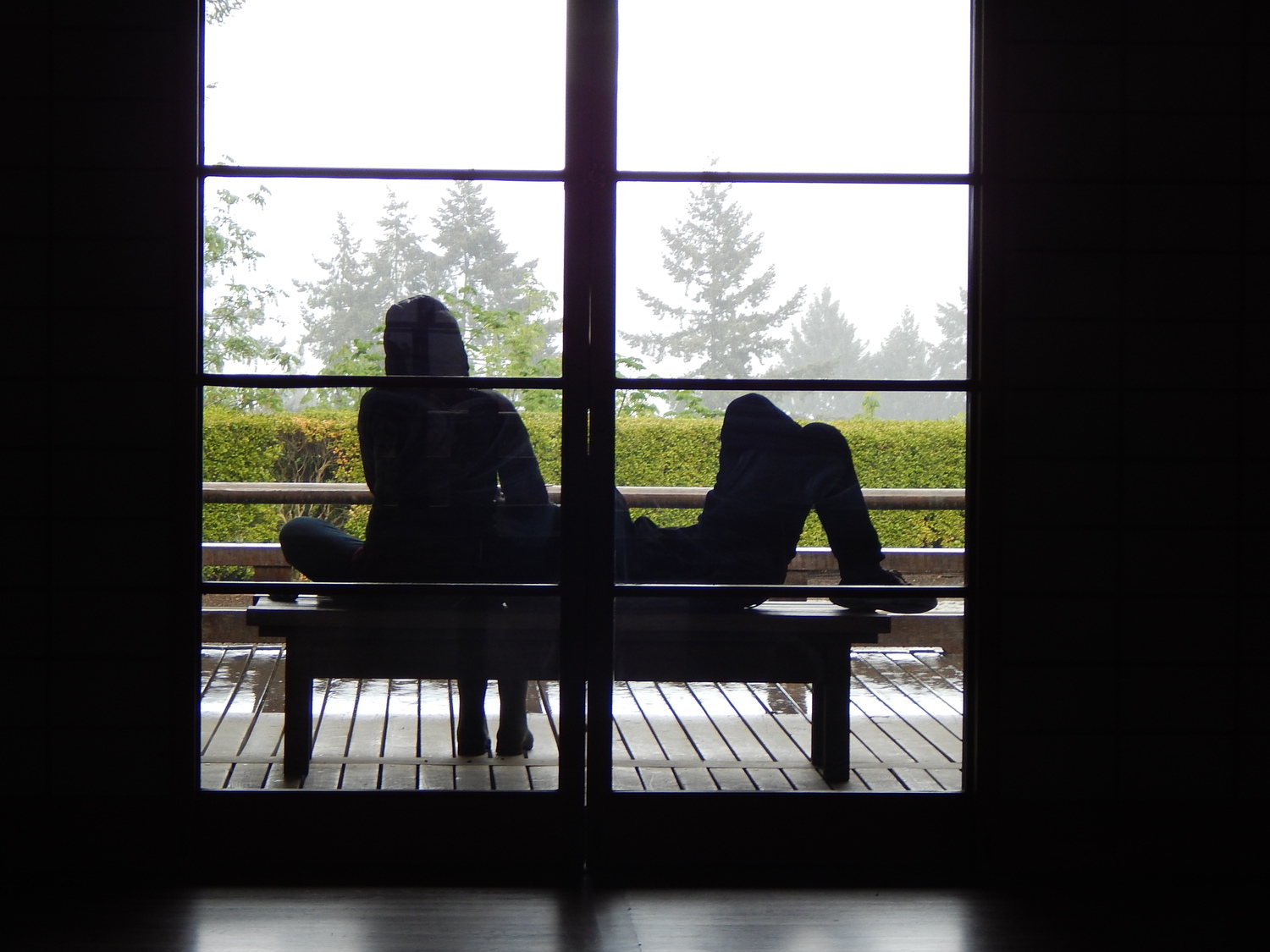
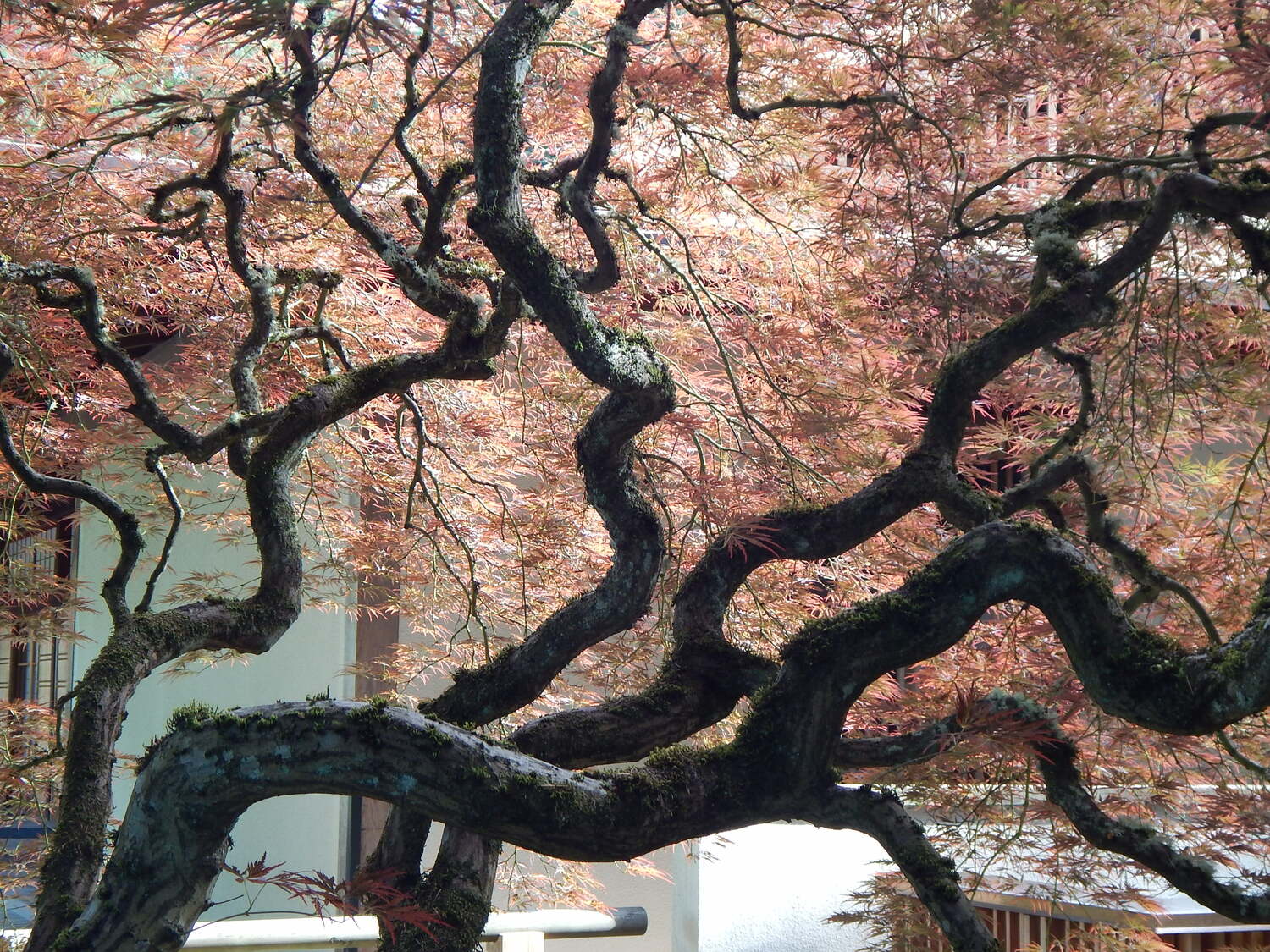
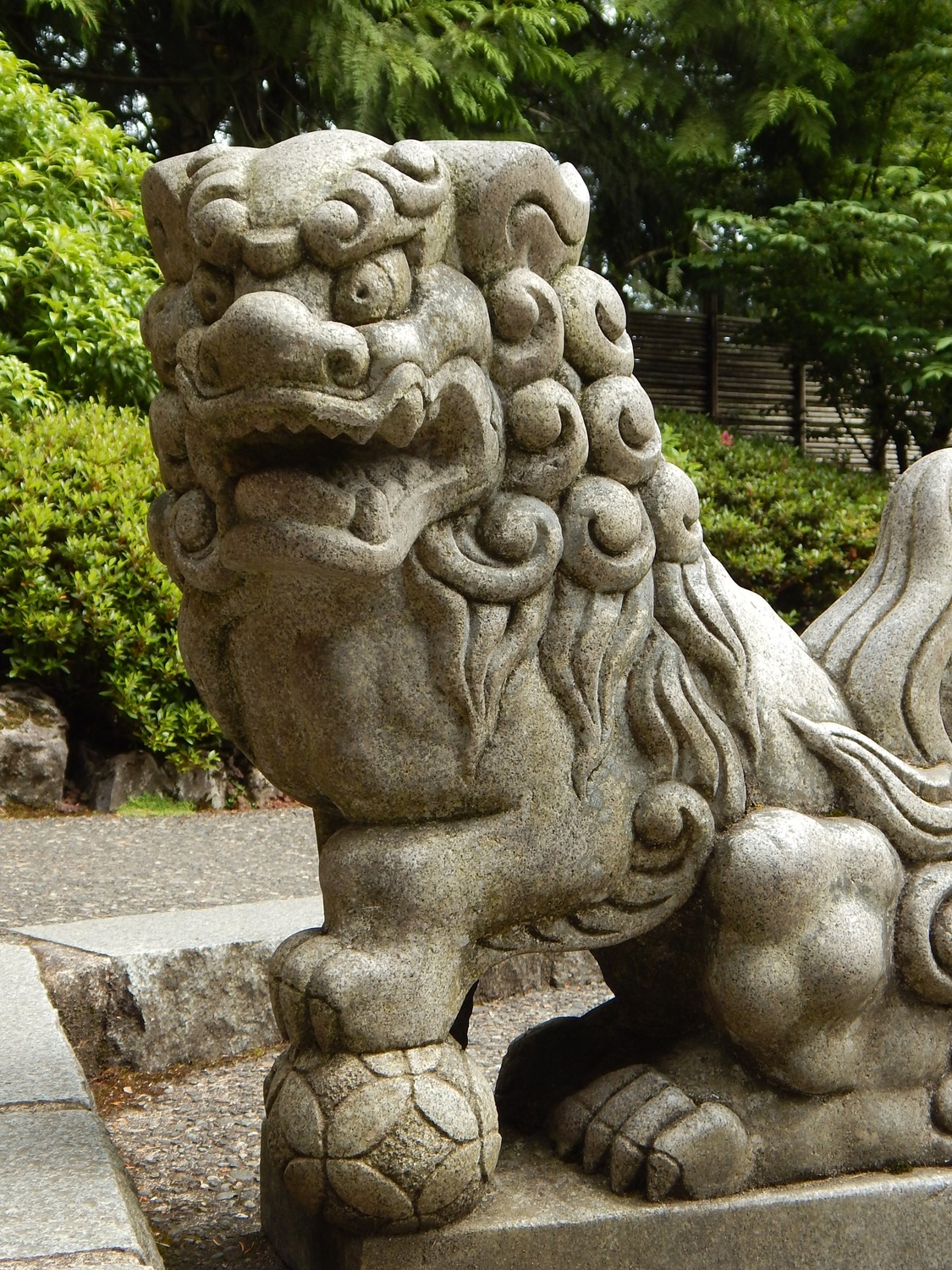
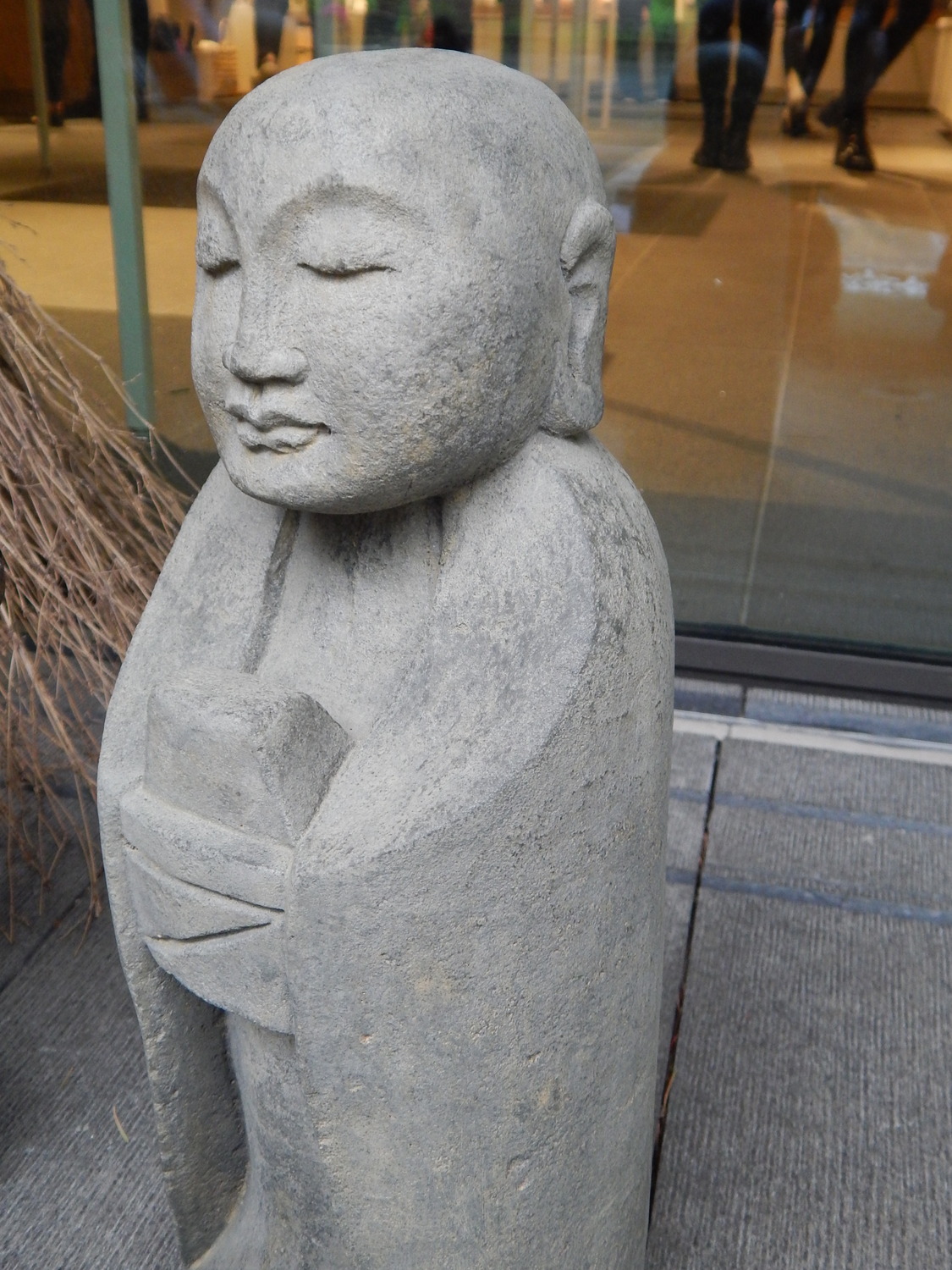
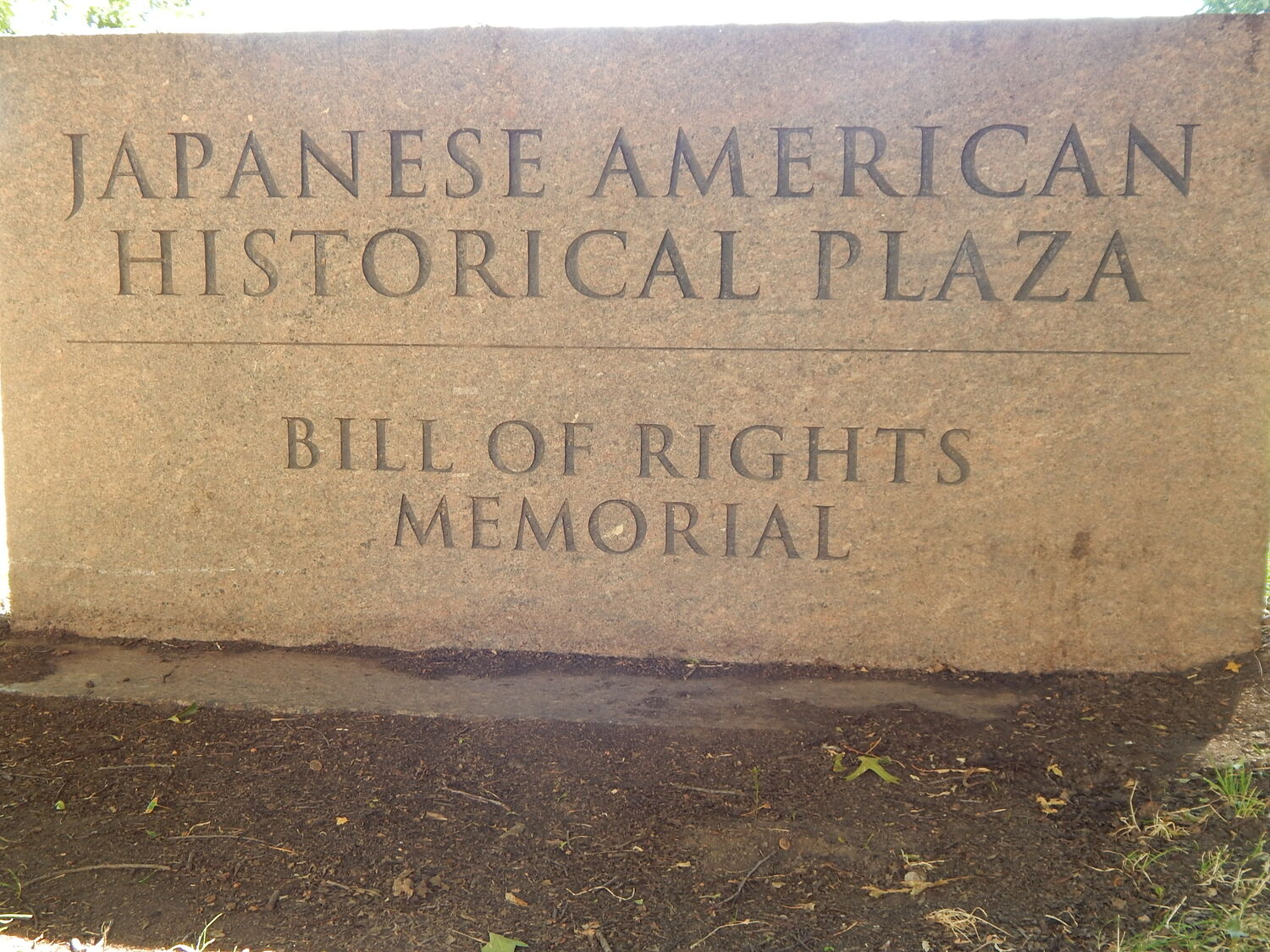
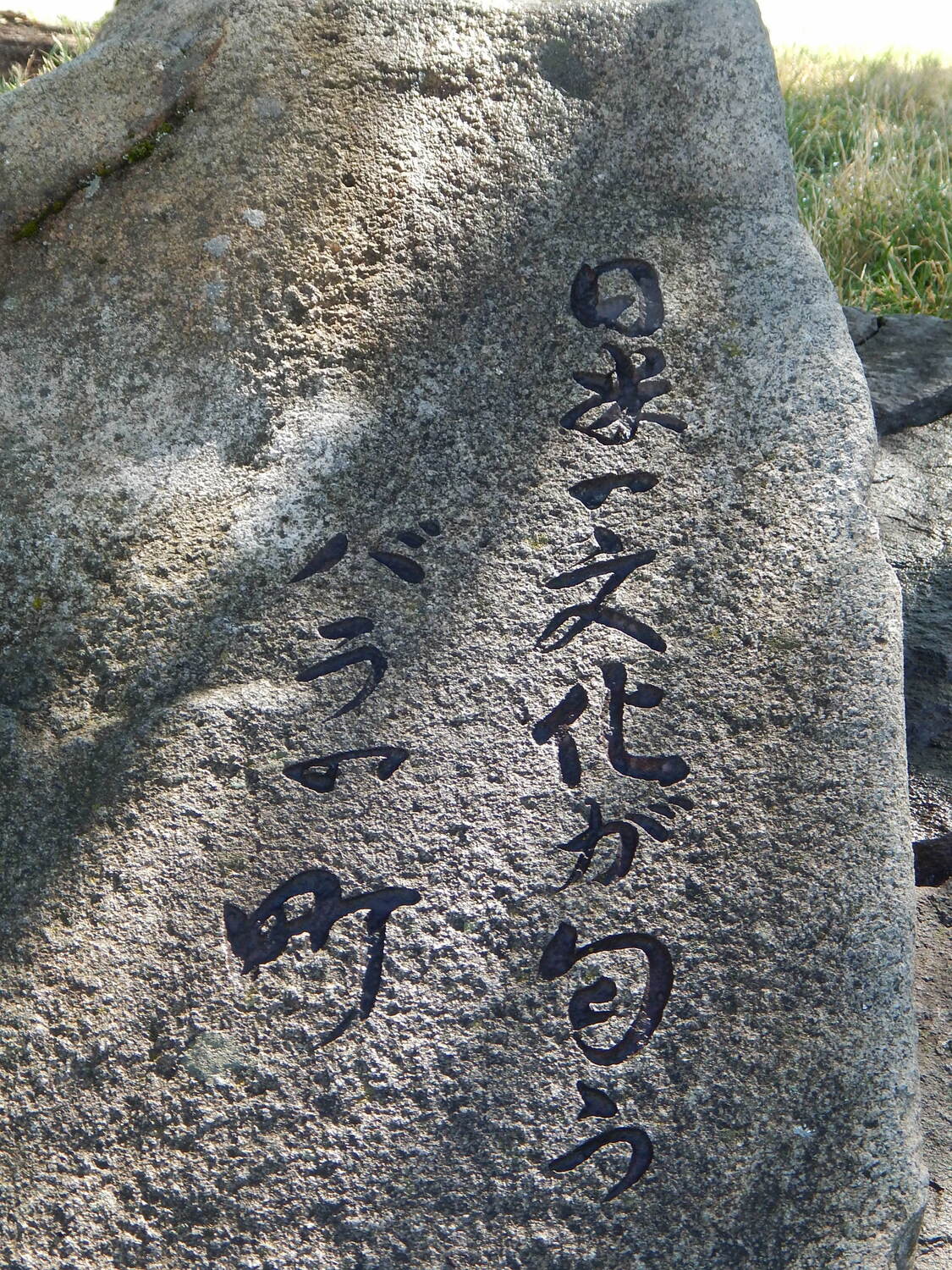


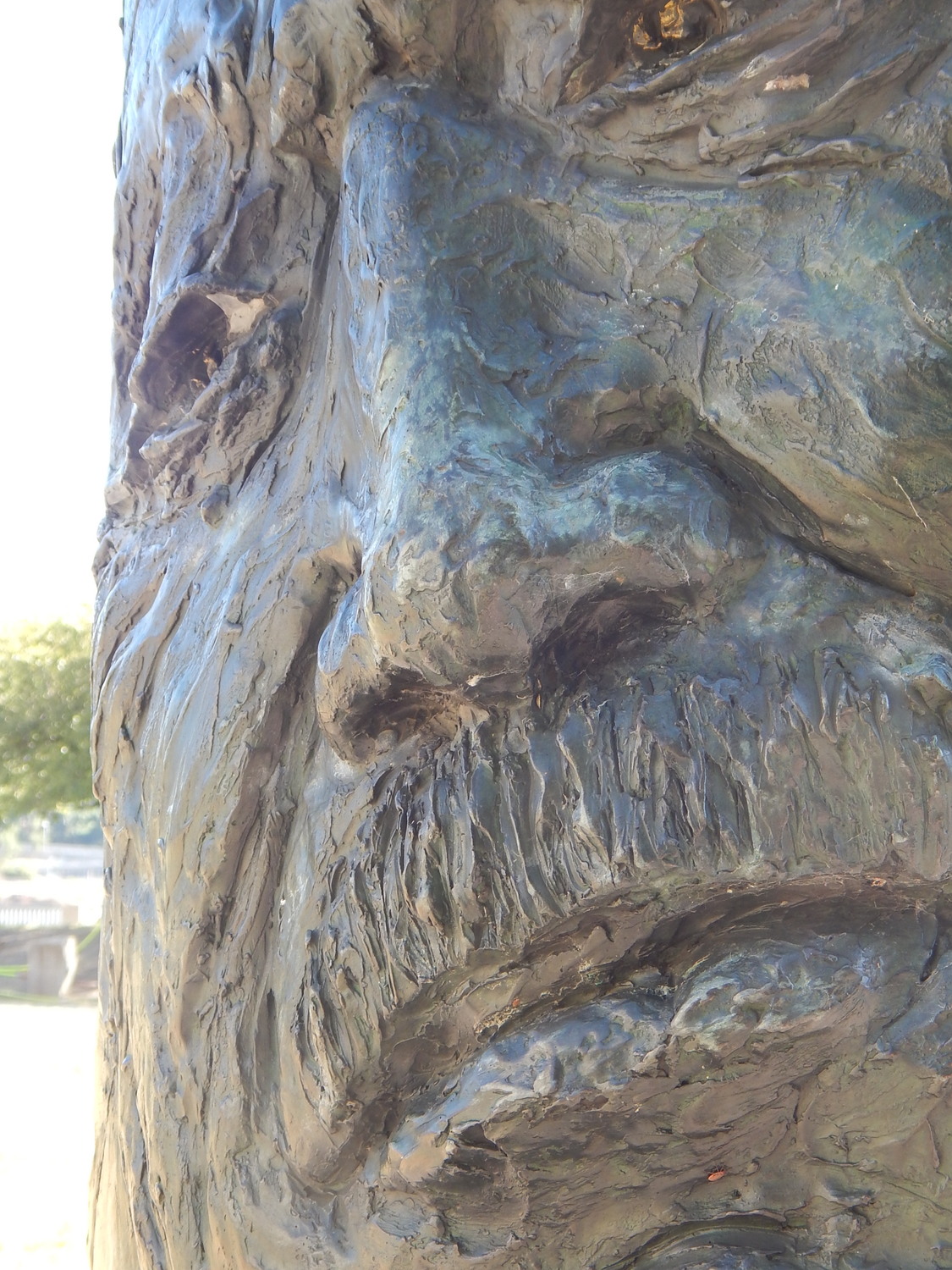
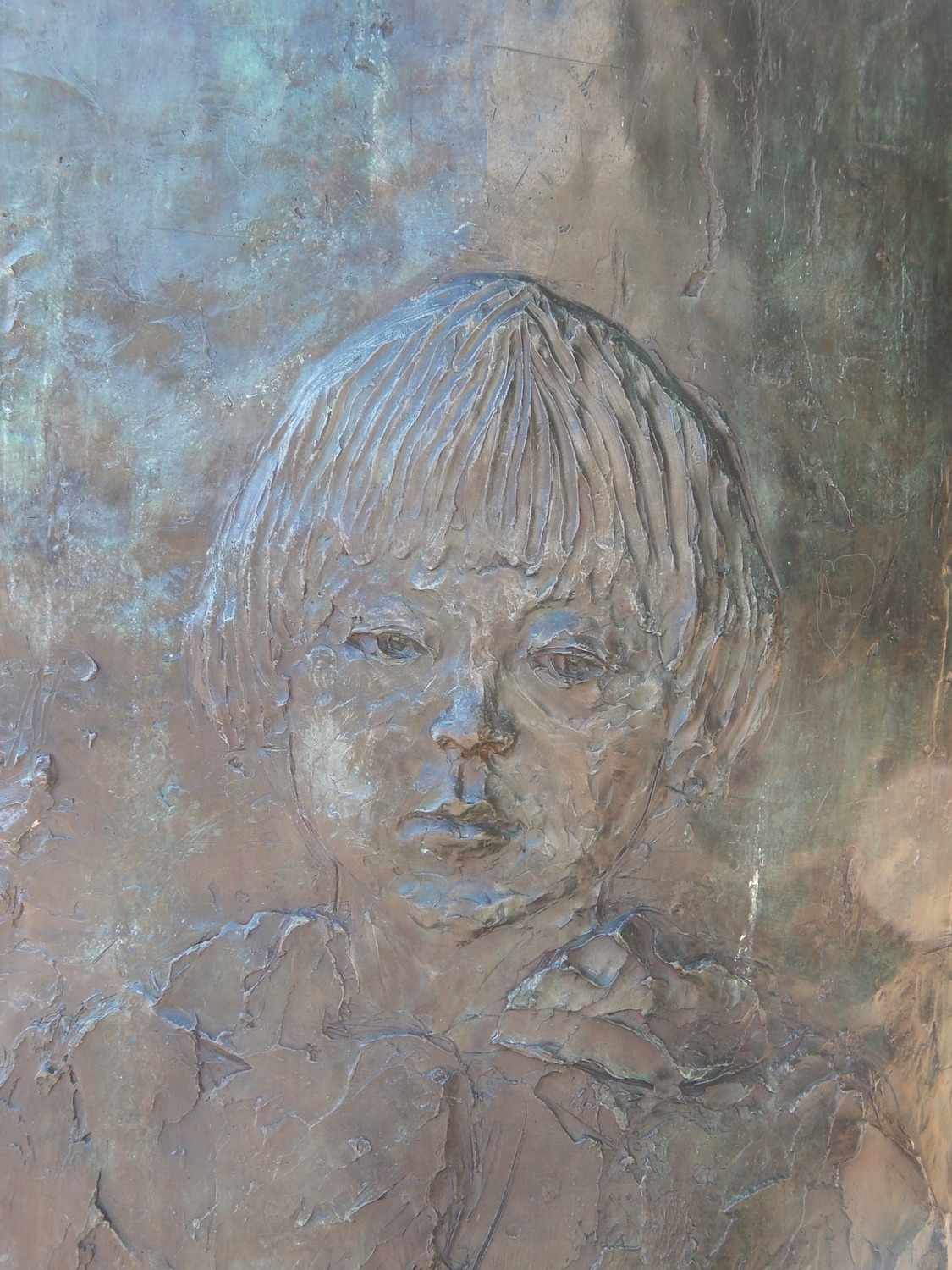
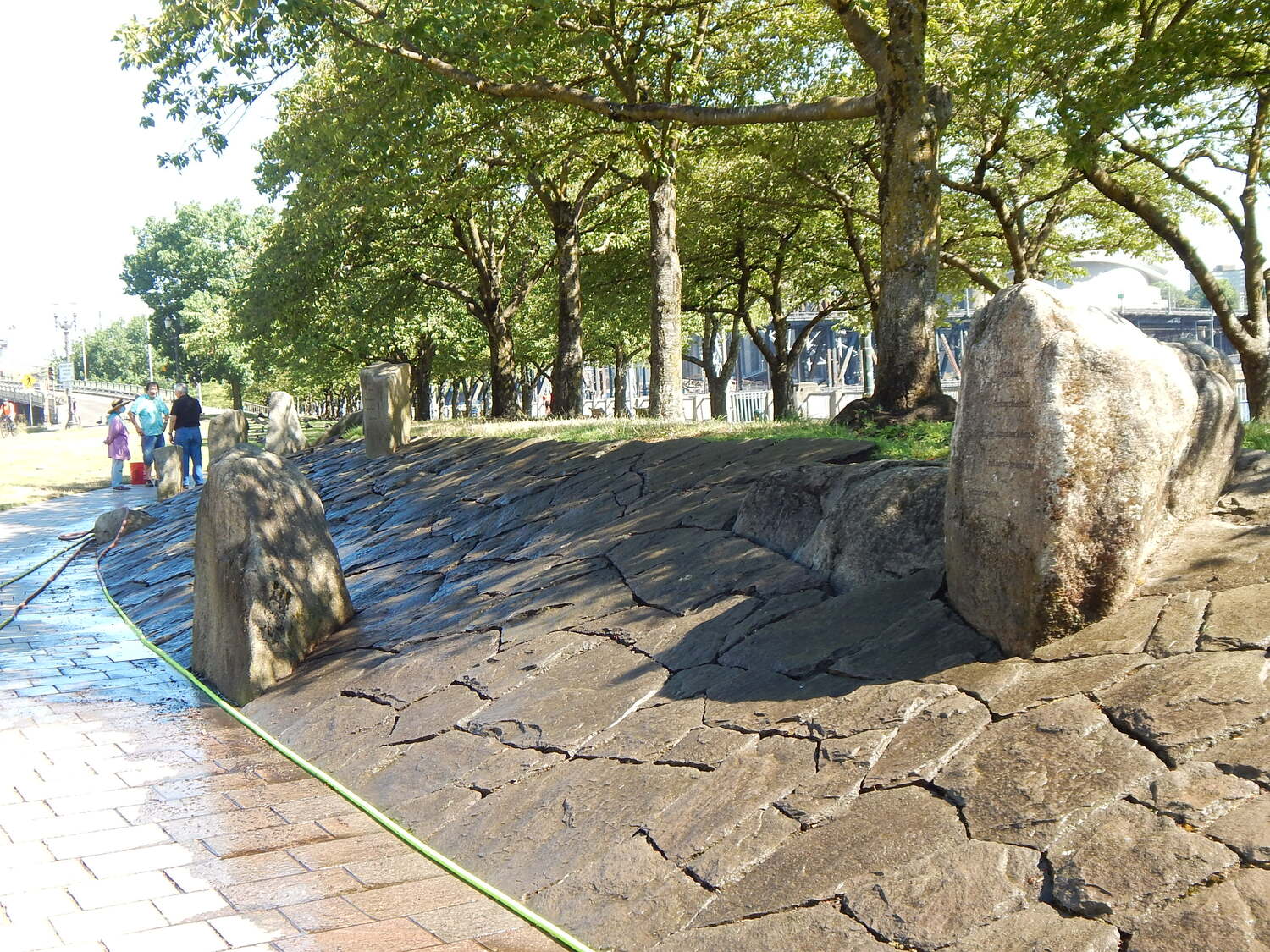
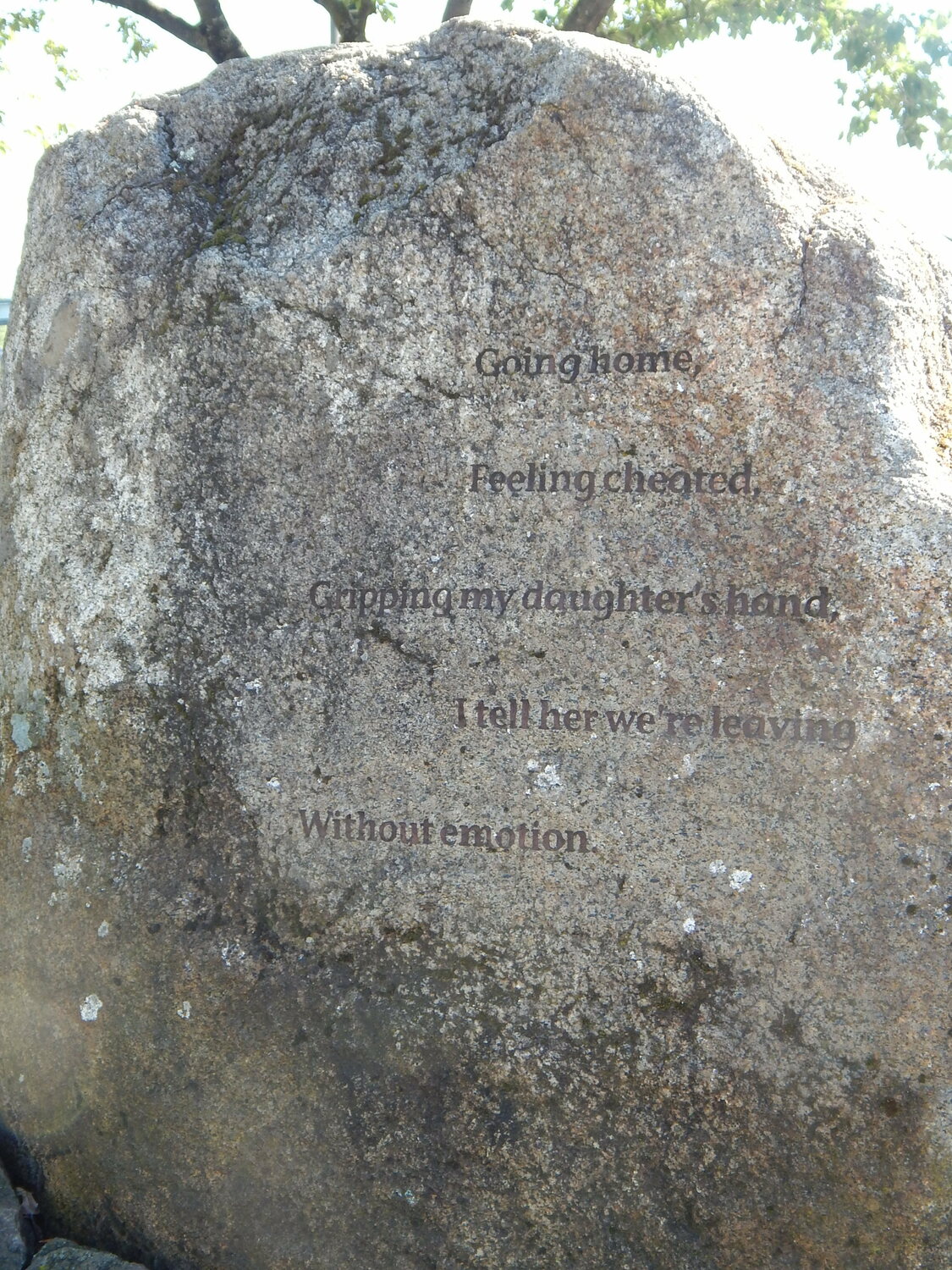
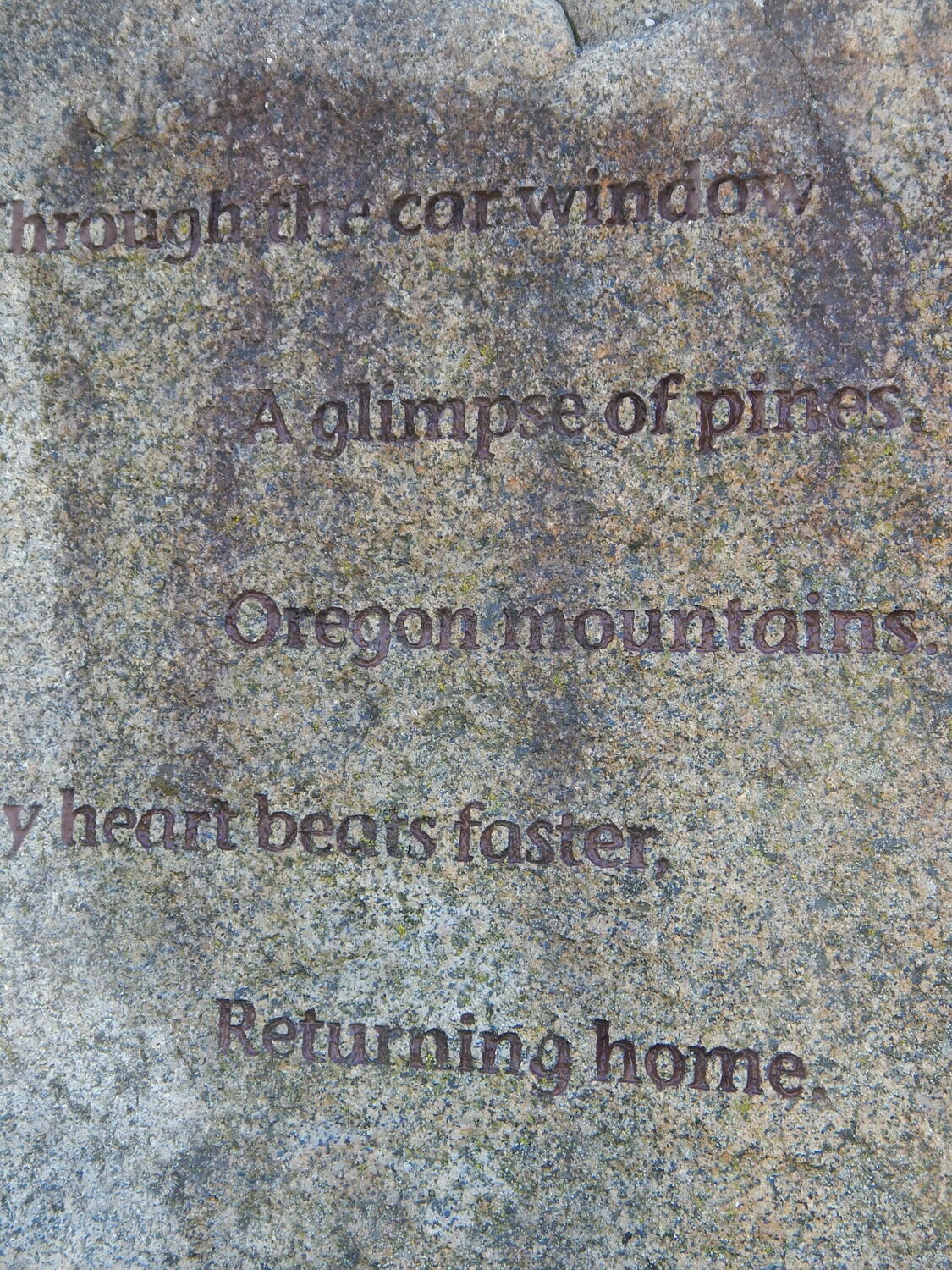

The plaza is an extension of the Tom McCall Waterfront Park between the Burnside & Steele bridges where Japantown once stood. Wonderful cherry trees and natural stone inscribed monuments and nice views of the Willamette river.
There is a nice collection of photographs there.
A short walk from the plaza is a small museum in Old Town at 411 NW Flanders, (quite near the Chinese garden), which focuses on Japanese-American history and culture here in Oregon, with a specific orientation on WWII era and the internment camps. It is currently only open Fri–Sun., with limited hours.
TOURING IN CANADA
7.22
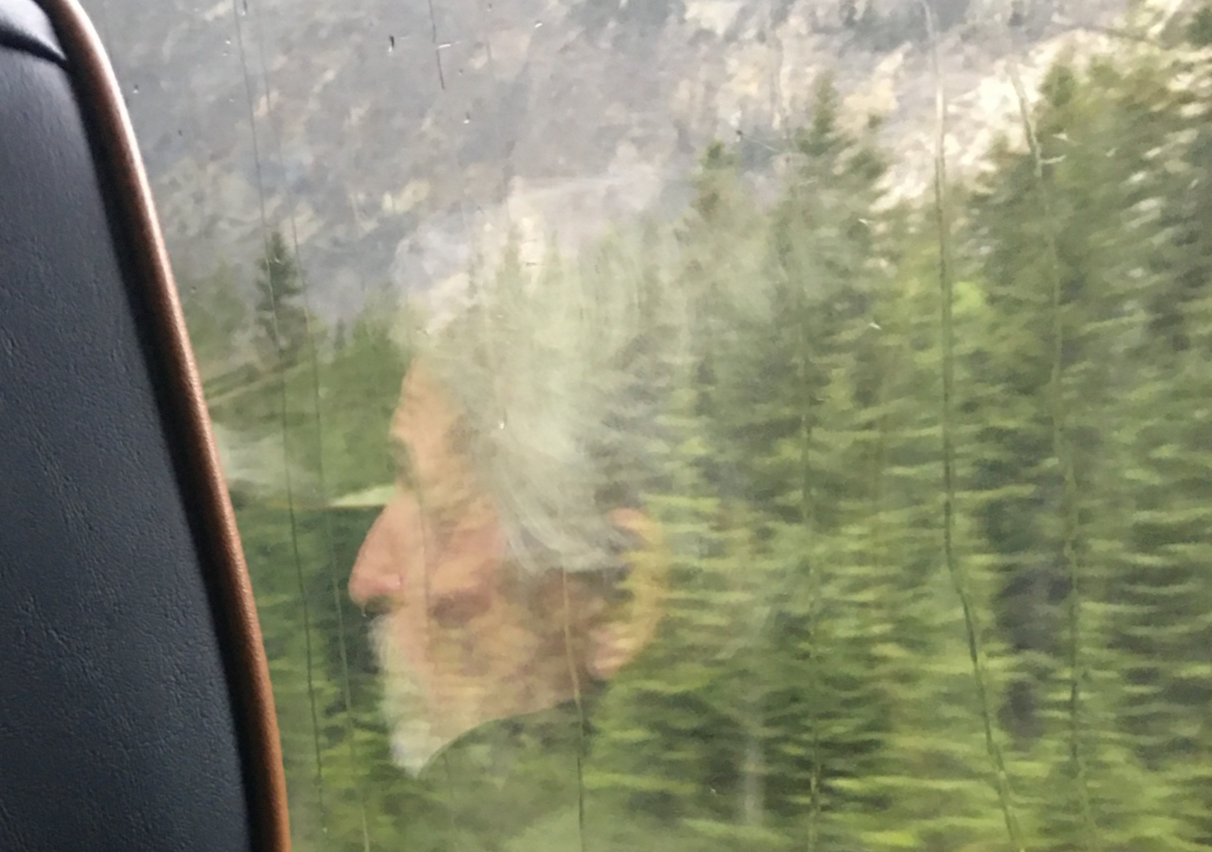
I was traveling in Canada during the month of June and took a few pictures of Chinatowns in Calgary and Vancouver, plus some interesting shots from an exhibition at the Museum of Vancouver covering the history of Chinese people in BC.
Thought I would share them here.
I am going to try to display them as slideshows, but the museum exhibit has some photos that you may want to stop and read the text.
A few comments on the photos since my captions did not seem to transfer.
Every Child Matters: In Vancouver I ran across a semi-permanent protest encampment concerning the scandals recently exposed about native people's re-education schools in both in the U.S and Canada and the inordinate number of children that died in them. It is interesting to contrast the Canadian position currently being undertaken to reconcile the treatment of indigenous peoples and immigrant communities with our (U.S.) relative resistance to such acknowledgements, at least at an official level (state and federal). That said there are any number of organizations pioneering such efforts in both countries. I applaud them and their efforts.
Chinese lanterns: 灯笼 dēng lóng represent good fortune and prosperity, especially if they are red. The fifteenth day of the first lunar month is specifically celebrated and referred to as the 'lantern festival', which indicates the end of Chinese New Year festivities.
Tai Chi (plaque & monument spellings) Chi is the older 19th c. Wade-Giles spelling in which "ch" without an apostrophe is pronounced like a "j" as in 'jeep or gee' as in gee-whiz, not ch) meanwhile the official international Romanization system since 1976 is called Pinyin, and in that system it is spelled Tai Ji or taiji which does give you a more accurate pronunciation once you understand the 'i' following a 'j' is pronounced as a long 'ee' - so the "jeep/gee" reminder holds true.
Anyway, Tai means "very" and Ji means a "pinnacle or summit" and together one might say "the very best or topmost". The third word "quan" (the "q" is pronounced like "ch" in cheese, which would be ch' in Wade-Giles) is a fist and by extrapolation suggests 'boxing' or generalizing, refers to the 'martial arts'. Thus we arrive at a translation along the lines of the 'ultimate martial art'.
Ji can also be translated as a 'pole', the poles of the earth are Ji, which are indeed the very top and bottom of the planet. Ji is also used to reference the center of the heavens "the pole star" - in the northern hemisphere we call it the North Star or Polaris. All the rest of the stars appear to rotate around it.
That 'Q' also figures in another important term Qi (chee) often translated simply as energy, but now we can see how pronunciation and spellings can confuse things – Tai Ch'i sounds the same as Tai Qi and since Tai Ji involves working with and developing our "Qi/vital energy" (but don't forget, qi includes matter as well - so the best translation is probably 'matter & energy' and that is more truly the yin & yang of it).
Anyway, the average person gets confused and thinks that Ji and Ch'i are the same, when they are not – it is misconception based on misspelling and mispronunciation, even though it is all interrelated.
So Taiji is all about cultivating and fostering our qi, at least in part by getting in touch with our ji/poles. Perhaps the most important or obvious one is the very top of the head, our vertex, and the point there called Bai Hui = '100 meetings' or '100 convergences' (GV-20 in acupuncture nomenclature). Which, by the way is not either fontanel, but lies between them. In the practice of taiji we train ourselves to connect our Baihui/vertex to the pole star. We extend our qi & shen/spirit upwards, connect to it, and then (simultaneously) imagine ourselves hang from it, suspended like a marionette.
Guardian statues: sometimes referred to as Fu dogs. Sometimes spelled Foo. But, despite this name, they are actually lions, shi in pinyin and more specifically shi-shi. The first shi means stone - so stone lions. They are indeed typically made out of stone, but some are metal, usually bronze. (see below for Chinese characters and pinyin with tone marks). Dogs are one of the 12 animals in Chinese/Asian astrology, lions are not, but tigers are. Lions do not live in China. Tigers are their 'big cat' and an important symbol of strength and power.
These are statues typically placed at entrances and represent protectors or guards. We often use dogs for this kind of purpose so that may contribute to the ambiguity and certainly the dogs we call chow (from Mongolia) are and look a little lion like. Colloquially, they are sometimes referred to as lion dogs. Let's just have it both ways.
The statues are always in pairs, one positioned on either side of an entrance, often a building, but could be any entryway – here we see them guarding a park and a monument as well as the doors of a building.
As pairs they represent yin & yang or female & male. The male has his right paw atop a sphere, which represents the world. The female has her left paw atop a young pup.
Symbolically they represent the guardianship of both the structure (by the male) and of people (by the female).
Placement should be R-side male lion, L-side female lion, as you face the entrance.
Thus, their up-raised paws will be on the inside and the paws on the ground are outside.
Sometimes their heads are turned inward, toward one another, but others seem to look straight ahead.
石獅 Shíshī = stone lion
銅獅 Tóngshī = bronze lion
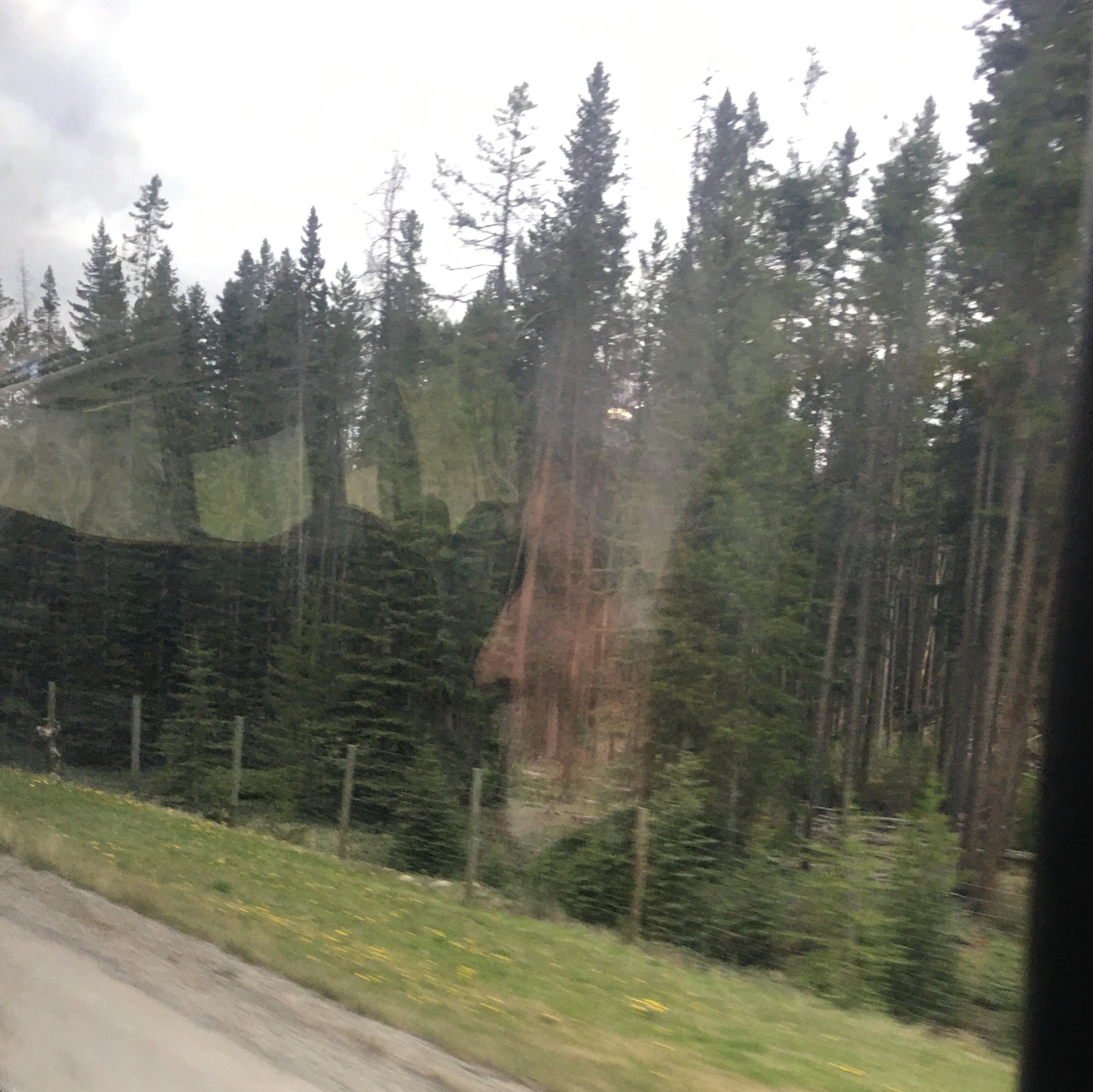
WINTER SOLSTICE
12.21.21
Today is Winter Solstice.
I awoke to a just-past full moon, atypically visible, in the morning twilight here in my Portland loft. Though semi-shrouded by wisping clouds I could still see craters, which made for mesmerizing viewing.
I am reminded of a famous poem by Li Bo/Bai (one of the two most revered of Chinese poets) (701-762).
Thoughts On A Quiet Night
Before my bed the light is so bright
it looks like a layer of frost
Lifting my head I gaze/peer at the moon
lying back I think of home
Might as well give you another poem on the theme from the other most famed poet Du Fu (712-770).
Winter Solstice Eve
Celestial time and human affairs hurry us along
On Winter solstice 'yang' appears and spring returns
[tradition says] To silk embroideries a thread is added
Out of long flutes ashes blown float/fly upward
The shores await for the new year to set the willows free
The hills battle cold to liberate the plum trees
The shapes of the clouds are the same as back home
I tell my son to finish my wine
Both poets are from the Tang Dynasty.
both translated with help from Red Pine
I'm a solstice and equinox kind of guy - I like my holidays and celebrations to come from nature herself.
I like monuments like Stonehenge and sacred places like Chaco Canyon.
The Chinese were pretty good astronomers and by extension time keepers and calendar makers - pretty much taken for granted, but none the less amazing and foundational developments in human history.
I like how they extrapolated from phenomena into the abstract & symbolic - thus yin-yang theory derives from the day to day oscillation of light and dark and 5 phase-element theory from the cycle of the seasons. Simple facts of life expanded into general principles that become useful in understanding a great number of natural phenomena and processes.
Time is how we keep track of change - life's one constant and our most fundamental paradox. Always changing is the one thing that doesn't change. So wu-xing (5 Phases) is about tracking cycles of change - the seasons set the pattern and the pattern repeats itself in endless ways.
I am also reminded of one of my favorite quotes - from Henri Bergson (French philosopher) that "time is merely a device to keep everything from happening at once".
Back to solstice - literally when/where the 'sun stops'. This refers to its north-south migration through the year. Everyone observes its east-west crossing of the sky every day, but the N to S – S to N movement is much more subtle - moving so slowly it takes the whole year.
At winter solstice the sun reaches its most southern position both as points on the horizon (at sunrise & sunset) and constitutes its most southerly arc across the sky.
It is also the shortest day and longest night.
All reversed at summer solstice and in the southern hemisphere.
And a result is the recognition that the earth's axis must be tilted relative to the sun, or said another way, relative to the plane of its orbit around the sun.
Winter solstice is best reflected by Hexagram 2 Kun (all 6 lines are yin/dark) which in the context of the year, I might translate as 'closed or closing' - it dramatically depicts the longest night - it is the symbol of cold and dark or winter. The next step/phase/month is Fu/Hexagram 24 (one yang line at the bottom) which means 'to return', i.e. light returns and the days begin to grow longer. Indeed the series of 12 "lunar" hexagrams graphically depict the change of light and length of the day through the year and the names of these hexagrams can be easily translated and understood as describing the phenomena depicted. This is pretty clear evidence of the calendrical usage of the Zhouyi. Quite logical and straightforward.
Winter is the season of and for conservation and storage (seeds, along with roots & tubers, are nature's most fundamental storage unit and packaging. A full storehouse of foodstuffs plus seeds get us through to springtime and the next planting).
Winter is also a time for Quietude, a time for quiet work - repairs and planning, study, reflection, and contemplation, as well as coming to grips with the phenomenon of death.
Back to calendars in the West, Solstices & Equinoxes begin their seasons, whereas the Chinese place them at the mid-point of the season which makes more sense to me but....maybe I'm biased?
ps: I also like that the date is a palindrome 1221.
FILMS
11.11.21
I think the whole country should read "Beloved" - the Pulitzer Prize winning novel by Toni Morrison. Wouldn't it be great to put it back on the best seller list instead of banning it? C'mon white people what are we so afraid of?
As a side note, the next time you need a plumber (or whatever) don't call a professional, contact a parent.
Nikki Haley suggested leaders should have to take an intelligence/senility test - to stay in office. How bout we start with being qualified for the job, and that they have to tell the truth and work with facts.
And by-the-way when you need medical advice - tune in to Fox or listen to Trump - that makes sense doesn't it, what does Fauci know anyway? Someone who has spent their life helping solve public health problems is vilified, instead of revered.
I am reminded of that Hopi word 'koyaanisqatsi' meaning "world in chaos" or "life out of balance", i.e. gone crazy". A film by Godfrey Reggio with music by Phillip Glass using this word as its title was released in 1982/83. Rotten Tomatoes says: "Koyaanisqatsi combines striking visuals and a brilliant score to produce a viewing experience that manages to be formally daring as well as purely entertaining."
This reminds of one of my favorite films: from 1980 "The Gods Must Be Crazy" by Jamie Uys from South Africa and filmed in the Kalahari. This leads me to the 1966 French film "King of Hearts" wherein asylum inmates escape and take over the town directed by Phillipe de Broca starring Alan Bates.
Since this has turned into a review of films worth seeing I must add two of my all time favorites from Akira Kurosawa: from 1975 Dersu Uzala (The Hunter) a truly beautiful film and moving story (based on real events in the early 20th c.). I think this was his first color film. And my all-time favorite film "Red Beard" (1965) - a 3 hr. epic that tells the story of a young doctor's assignment to an 'out of the way' clinic and apprenticeship to an eccentric, 'seasoned' doctor (Red Beard-Toshiro Mifune) who runs this community hospital, after having been trained and expecting to become a physician for the shogun. Set in a small town during the Tokugawa era, this is must viewing for all health care workers everywhere.
Someday I will do a review of best Chinese directors and films.
NATIONAL DAY
10.1.21
Today is "National Day/week" in China (PRC), it commemorates the founding of the People's Republic of China (PRC) in contrast to Taiwan (Republic of China - ROC), in 1949.
In terms of celebrations it is most similar to our 4th of July – with lots of fireworks.
Don't forget the Chinese invented fireworks and the gunpowder that powers them.
The Chinese 'discovered' how to make gunpowder in the 9th century about 300 years before the West.
Actually primitive fireworks existed as early as 200 BCE.
These were simply sections of bamboo thrown into fires, which made them explode.
They also invented 'rockets' and fuses and were adept at adding color to the explosions.
Lists of discoveries and inventions that can be attributed to the Chinese is very long indeed, possibly reflecting their long history as a people in the same place.
See Joseph Needham's monumental work Science and Civilization in China – begun in 1948 the first book came out in 1954. Now, up to 27 books in 7 volumes all published by Cambridge University.
Just to mention a few really important inventions, that most everybody can appreciate:
• Paper and later printing, the stirrup, cast iron, the plowshare and hoe and for that matter row planting, along with efficient horse harnesses. They also figured out biological pest control in the 3rd c.
• The suspension bridge, lacquer, the wheelbarrow, umbrellas, matches, porcelain. paper money, the spinning wheel.
• In medicine the circulation of blood (2nd c. BCE), Wm. Harvey not until 1628, nearly 2 thousand years later.
Inoculation/vaccines and immunology as early as the tenth cent. This was all about smallpox, which was finally declared eradicated worldwide in 1980.
Interesting footnote: the cost of the smallpox campaign between 1967 and 1979 was $23 million annually.
In total, international donors provided $98 million, while $200 million came from the endemic countries.
The United States saves the total of all its contributions every 26 days because it does not have to vaccinate or treat the disease.
• The decimal system, the concept of zero, a more accurate calculation of pi to 5 decimal places in the 3rd century (3.14159, Archimedes only got it to 3.14+); The Chinese got it to ten places by the 5th c. [a less accurate 7 digit number was not arrived at in the West until 1600].
• The magnetic compass, Newton's first law of motion (18th c.) was clearly articulated in China in the 4th c.
The seismometer and what we might now call a modern understanding of geology in the 2nd c.
• The kite including manned flight with them in the 4th c. plus the parachute and hot air balloons 2nd c.
• The rudder and sailing masts, canals with locks.
• They figured out how to make steel in the 2nd c. vs Bessemer in 1856.
• The bicycle chain (chain drives) 976 c. v. 1770 in the west.
• The crank handle was developed in the 2nd c. & fishing reels in the 3rd.
• Tuned bells and drums leading to equal temperament in music in 1584, directly leading to the Werkmeister system and JS Bach's Well-Tempered Clavier consisting of preludes and fugues for each tone and semi-tone published in 1722.
•How 'bout mechanical clocks, the oil & wick lamp/lantern … and the list goes on.
As a boy I loved firecrackers, most of which came from Chinatown, in Chicago where I grew up – hmmm, could that be the beginnings of my fascination with the East and things Chinese?
Chinatown was so different and exotic.
No, I give that credit to Alan Watts, especially his book The Spirit of Zen, along with the Wilhelm/Baynes version of the I Ching that caught my attention during my high school years in the 60's.
These days I don't like firecrackers.
Did you know:
According to the National Fire Protection Association, fireworks cause nearly 20,000 fires annually, and cost roughly $100 million in property damage.
The environmental impact is also significant: air pollution goes up ~42% on July 4th & 5th and some of that pollution never goes away, not to mention the impacts on wildlife.
Interestingly, in China laser light shows are becoming more popular and have none of these ill effects, although they could be confusing to birds. And they were just getting acclimated to urban lighting and moving headlights on vehicles. They can't catch a break.
Apparently, even yard lights can have an adverse effect on migrating birds.
What if cities and counties stopped spending money on frivolous stuff and put it into solving homelessness instead.
ON VACCINATIONS
9.12.21
My wife and I are both fully vaccinated - we did it early on - as soon as we became eligible.
No problems - mild soreness around the site of the injection that lasted 12-24 hrs.
We will not hesitate to get a booster when the recommendation is clear and it becomes available.
After all the 'talk' about herd immunity as a principle - now is the time to step up to reach that goal,
then maybe we can relax and get back to 'normal' --
but the longer "we" hesitate the more likely it is that a variant will break through the efficacy of the vaccine and we have to start all over again.
Personally, I think vaccines are a medical miracle of science even if there are hiccups now and then.
Think about it - we have a tool that teaches our immune system ahead of exposure/infection how to cope with it - that is truly amazing, and way better than dieing, or suffering long term complications.
The world used to be a much scarier place, especially for families - historically the percentage of kids that died before age 5 was significant, today we barely worry about it - and No, vaccines do not cause autism.
That notion was thoroughly investigated and debunked quite a while ago - no excuse for that myth to still be circulating.
Misinformation is a kind of virus and we have to "educate" ourselves against it.
Let's be clear: Covid vaccines in the USA are 1. safe; 2. effective; 3. FREE; 4. readily available.
The thing we should be concerned about is the unvaccinated, both here and around the world,
and doing everything we can to help those less fortunate than ourselves get vaccines ASAP.
There are a lot of other things we need to be paying attention to and devoting resources to solving -
LIKE CLIMATE CHANGE - just to mention one of the elephants in the room.
THE THIRD RAIL OF HEALTH
9.10.21

Along with Diet and Exercise, Sleep is the next important aspect of healthy living to mention and that is not to imply it is third in terms of overall importance, it is right up there as a co-equal with the other two. But unlike those two, hopefully sleep just comes naturally, and you don't have to do anything special - just make sure you do it and value it. These days sleep is often disparaged, even thought of as a weakness – nothing could be further from the truth - it is absolutely essential - it is NOT a waste of time. We (adults) all need 7-9 hrs. a night. Everyone is wired a little differently of course, but if you allow your body to follow its natural rhythm you will soon learn how much you need. The problem is that modern life seems to want more and more of our time and one place we often try to steal it seems to be bedtime. This is a big mistake and one of the symptoms of stress leading to burnout. And the more you abuse it the worse it gets and spirals out of control. These days as many as 70% of Americans complain they don't get enough sleep. Ultimately this leads to poorer and poorer decision making and the downward spiral.
One of the first things I ask about with every client is sleep and how they would rate theirs. Remember it is one of the traditional 10 Questions that comprise the basis for the Intake portion of Diagnosis along with Pulse and Tongue examination. Unfortunately the art of questioning is not as well addressed in many schools & clinics as it should be, but that's another posting. Don't Start Me Talking (I'll tell you everything I know) as Sonny Boy Williamson once sang.
I am also big fan of napping. I think a little snooze/power nap is a great thing (typically after lunch). Don't do it too late in the day lest it interfere with going to sleep at a reasonable hour that night.
These days for me, I go to bed around 10 pm and try to make it all the way to 6 am ~8 hrs. I tend to get up 2-3x a night to pee (sorry, I'm 71, it happens), but I don't usually have any trouble going back to sleep.
I disapprove of wakening with alarms, but sometimes you have to.
See if you can get on a natural wake/sleep cycle that does not depend on one.
It can take a while to rehabituate, but give it a whirl.
I like naps so much, some days I take two.
SOME OF WHAT I DO TO TAKE CARE OF MYSELF
9.09.21

I am a great believer in exercise and think it is one of the most important things we can do for our health and well-being, both physically and mentally.
Right out of bed I do 20-30 minutes of stretching and self-massage, much of it on the floor and nothing too strenuous.
After some breakfast, around 8 am, I go to the neighborhood park for my morning workout practice.
I have stopped teaching my class, but keep a routine as follows: M-W-F is Daoyin, T-Th-Sat is Taiji and Sun. is Qigong. It's all qigong (energy work), but it is also all solid exercise.
I also bike there and back and sometimes ride around the park and neighborhood a bit longer afterwards.
I'm usually home around 9:30.
I have been following this routine pretty consistently for the last 15 months and am pretty happy with it. Every once in-a-while I take a day off for one reason or another, including just feeling lazy.
I like exercising outdoors and feel fortunate to live in a place that is never too inclement and that I have this great little park 6 blocks away. The weather in Chinese is tianqi (literally Sky/Celestial Qi) and the importance of seasonality is absolutely critical to Asian medical thinking.
Laurelhurst Park was designed by the Olmstead Co., the same people that did Central Park to mention just one more of their many wonderful designs. It is truly lovely and I relish in it every day.
Beauty is qi too and nature is the very foundation of life - get out and embrace it.
I can also say that no matter how much argument I have for not going I always feel better for having done so. And therein is a lesson - in the beginning it takes discipline - you have to train yourself do it, until it becomes habit, after which you are more likely to regret not doing it than resent having to do it.
Nothing is more important than our health and this is a major investment in that goal. Remember when you've got relative health it's kind of invisible and easy to ignore - it seems like it will always be there - but lose it and everything else falls by the wayside and your ill-health occupies much, if not all, of your attention until you get healthy again.
The other half of the basic health equation is healthy eating habits - I'll leave that for another day, but
I don't have a lot of rules - just keep it real - by that I mean eat only 'real' food.
The other basic principle is to keep it simple. But also keep it varied.
Diet and exercise are a good example of yin-yang - they go together and foster one another - you have to eat with the amount of work you are going to expend in mind - and you cannot focus on the one without paying equal attention to the other - if you don't you will falter at some point along the way.
A LITTLE BACKGROUND ON MY BOOKS
9.08.21

When I started teaching I felt the resources I wanted for my students did not exist, so I started creating them.
At first they were handouts, often created just in time for the next class. But over time they turned into complete books.
One thing that distinguishes my books is that they tend to be topic oriented. Another is that they are sometimes designed as "workbooks" especially in the sense that the student is filling in key information into blanks spaces in the book from my lecture - we complete the book together. Sometimes too there are sections to be completed for homework and these are often designed to prepare them for exams - my own, or ultimately clinic entrance and board exams. I was big on quizzes, but always on clearly defined information - stuff I think needs to be memorized in order to be truly useful and the stuff that day to day clinical experience says you need to "know" i.e. have down cold.
I'm big on basics (nuts & bolts) - with them you can build, without them you have nothing, or just a 'house of cards'.
Too many students just want to get to the 'end they imagine' and are not patient enough with themselves and their process to actually gain the competencies they so desire. Although the practice of CM is truly an art, it is anchored in principles and science - therein is the yin- yang of it - they go together and cannot be separated. If someone says otherwise they are selling you a fantasy.
Going to school for CM even though you are an adult is more like first grade - you are going to have to go back to the beginning and learn from square one. Of course your life experience up to now is going to help, but be prepared to be humble - the quality you will need the most is probably maturity - the ability to accept where you are and the immediate learning task/s in front of you - don't get ahead of yourself.
ME AND CHINESE HERBS
9.07.21

When Heiner Fruehauf and I started the Classical Chinese Medicine program at NCNM in 1995, I taught both the introduction to Chinese Herbalism as well as the Acupuncture series. As we grew and hired more teachers notably Ri-hui Long, Meng-ke Kou and Hao-sheng Zhang, the latter of whom took over the materia medica classes, while I shifted my attentions as our first clinic director to establishing our medicinary/pharmacy as well as creating a work/study internship that trained students to fill prescriptions. A little later Hao-sheng and I created an 'herb lab' addendum to the basic course material which focused on herb identification and drilling the variety of names one needs to master - especially the Chinese names, but also the Latin and common names. As for the Chinese, correct spelling and pronunciation along with the visual ID was most important and most time consuming. At any rate it was a lot of fun too. Using our samples we also tasted, smelled and handled them, attempting to engage all of our senses into our herbal knowledge bank account. (see my Chinese Herb Companion and review cards)
This in turn led to my creating the first Chinese language classes which focused on key medical terminology and a bit of history and culture relevant to our purpose as well rounded medical scholars. (see my Chinese Language, History & Culture / Chinese Medical Terminology text).
All this is to establish that I have deep roots in our herbal tradition even though I came to be identified with the acupuncture aspect of the curriculum.
I conducted clinic observation shifts which in contrast to our other instructors who were primarily herbalists, I concentrated on acupuncture as the primary modality.
CONCERNING MY PRACTICE + STYLE OF ACUPUNCTURE
9.06.21

Most importantly I do a lot of palpation as part of my assessment process and also to determine which points to actually use, as well as precisely locate the point. I also treat using acupressure and all of my clients usually get a little shiatsu as part of or to finish a treatment. I feel it integrates the body better than needling alone.
I also like moxa, but over the years have abandoned moxibustion because of the smoke. Today I substitute an infrared stimulator that is ~1/4" or 5mm, roughly the same diameter as a typical medium cone base and nicely covers a point area. I will say that although I think there are some beneficial chemical properties to real moxa and even the smoke, I feel they are minimal compared to the actual heating of the point. To further that end I will sometimes utilize liquid moxa rubbed onto the skin before applying the heat source.
I count the number of seconds I hold the applicator over the point until the client says warm, then hot and count that as the equivalent of one cone burned down and repeat usually at least 3x.
I also use cupping, but again have over the years abandoned fire cupping - too much trouble - I prefer suction cups.
I feel plastic cups are fine for general use, but a glass set that can be sterilized is essential for some applications and given that I like moving/sliding cups the lubricant can fog up the plastic ones - I like to be able to see through both for the skin mound size and color observation.
I like auricular-therapy especially to send someone home with something to do for themselves - rub their ear points at least once a day Usually I recommend 1-3x/d, but as often as once an hr. for severe pain/conditions. That usually only needs a day or two.
I stay with clients throughout the session and periodically re-stimulate the needles until they seem to stop 'working' at which point the body easily releases them. I do give them alone time during which I make my notes and record which points I treated and how. M=moxa, C=cup, E=ear (I only rarely use electricity), but I will use piezo-electric stim. I also sometimes use a tuning fork using its vibration to stimulate the point/s esp. when I feel things/qi is stuck.
I tend to use medium gauge needles mostly #32 & #34, #36 or #38 for the face. I will use a 30 gauge for scalp acupuncture.
That's #1, 3, 4, 5 in the Japanese system, but I do use a tube for insertion, a great invention. I find it to be less intrusive and more accepted by a majority of clients and let go of any attachment I had to freehand except in those instances where it is necessary - so you do still need that skill.




